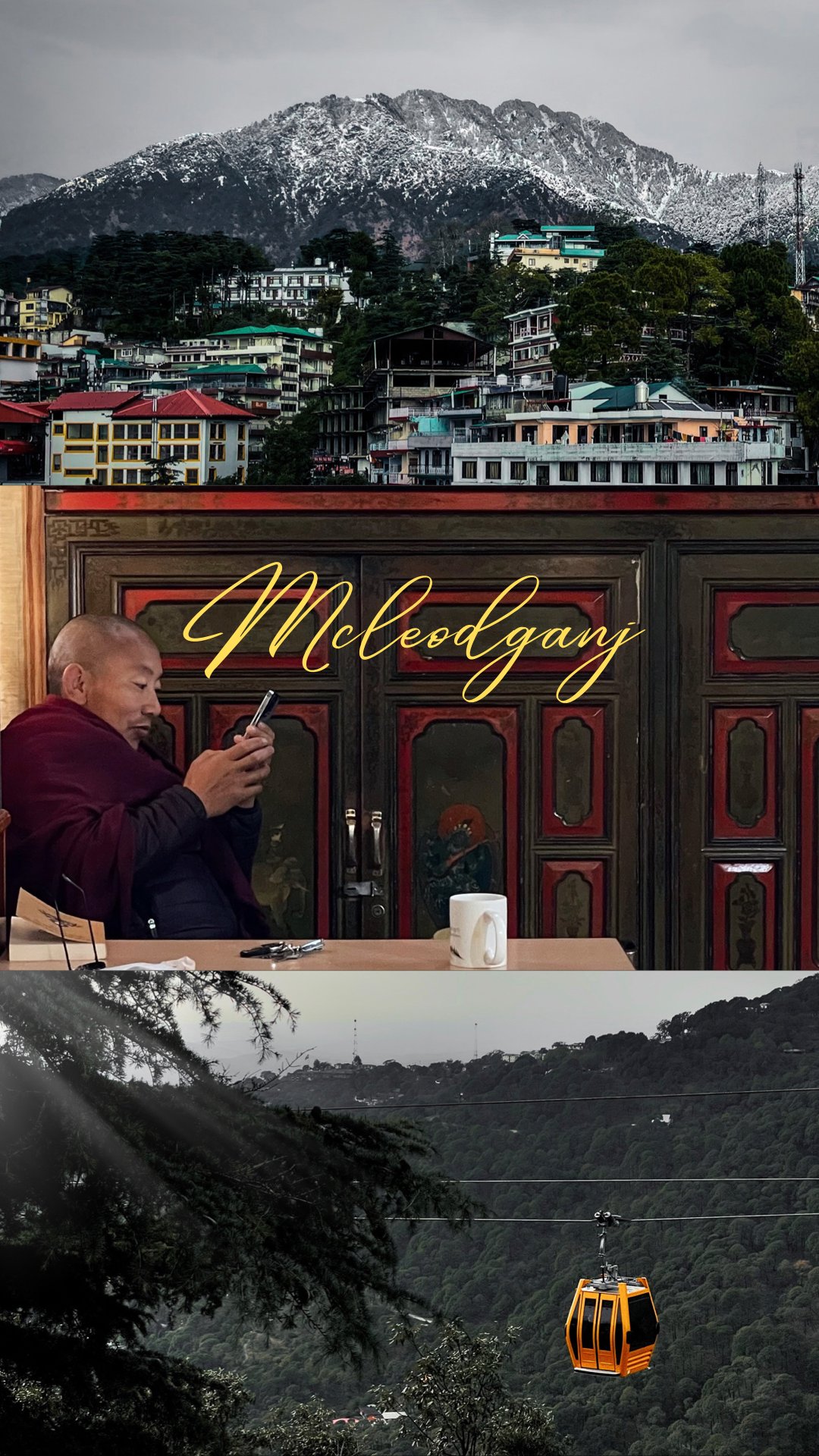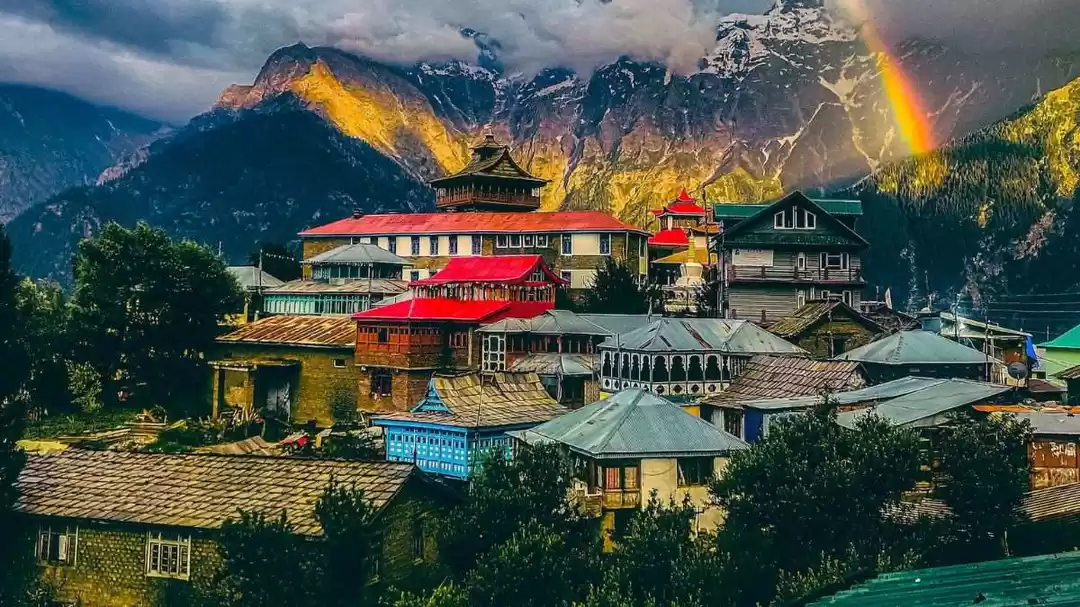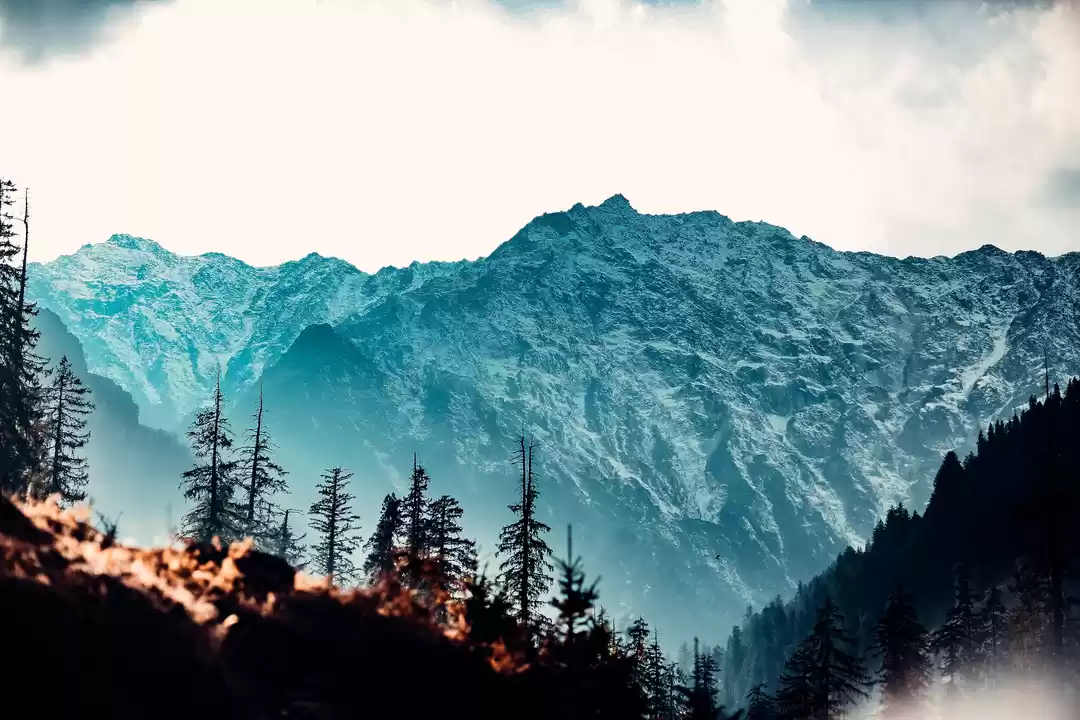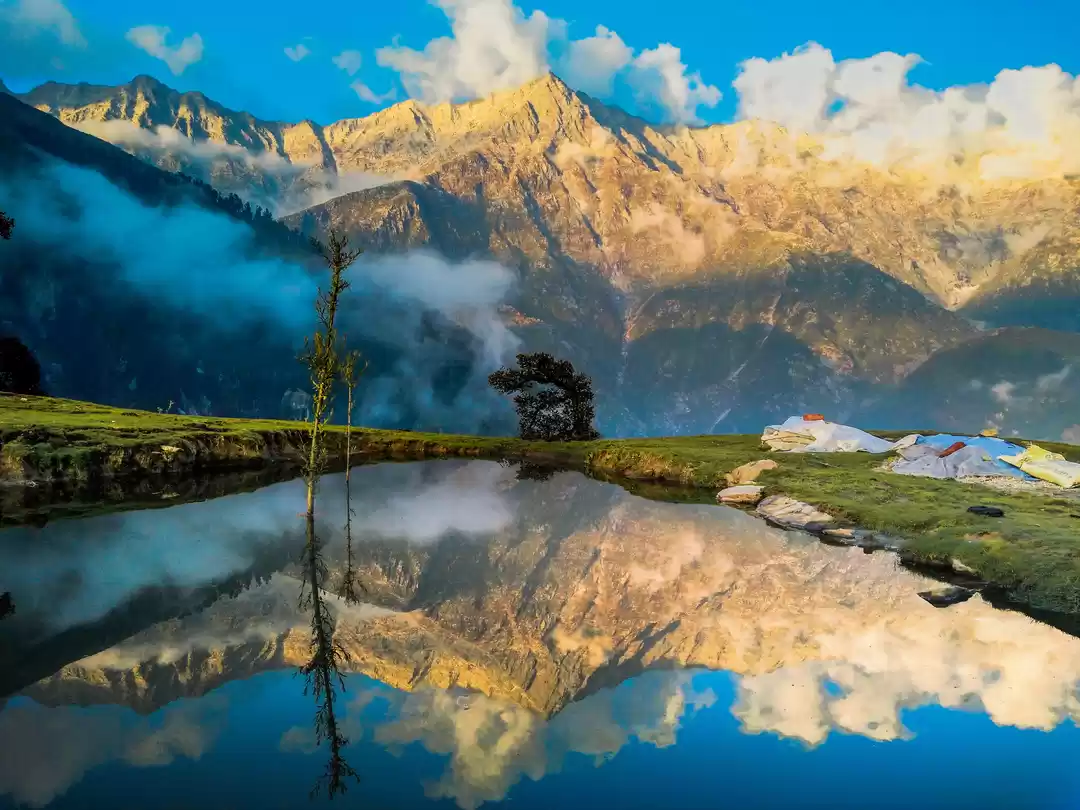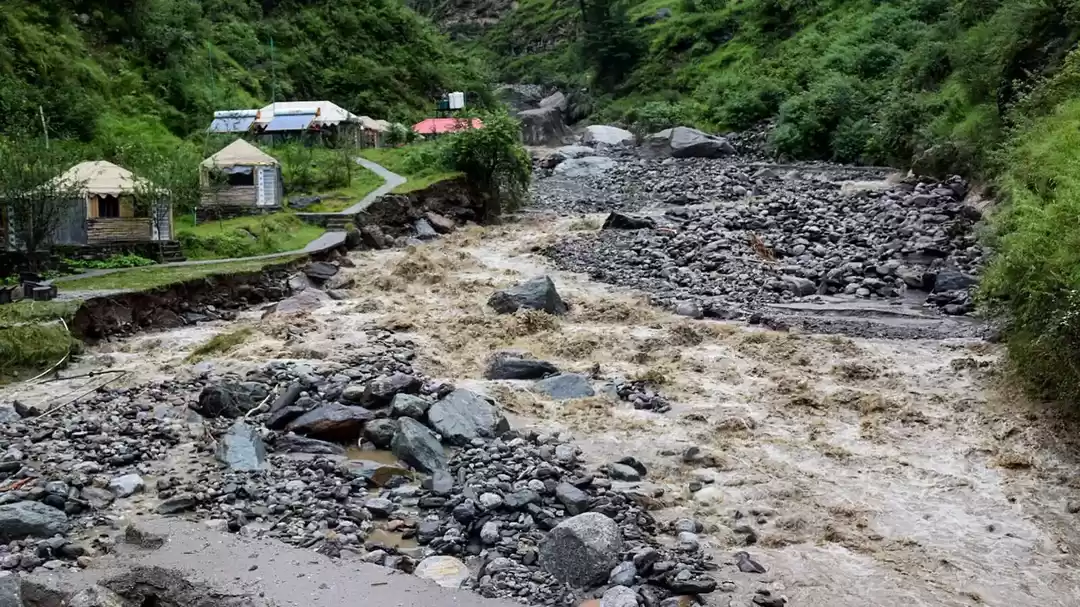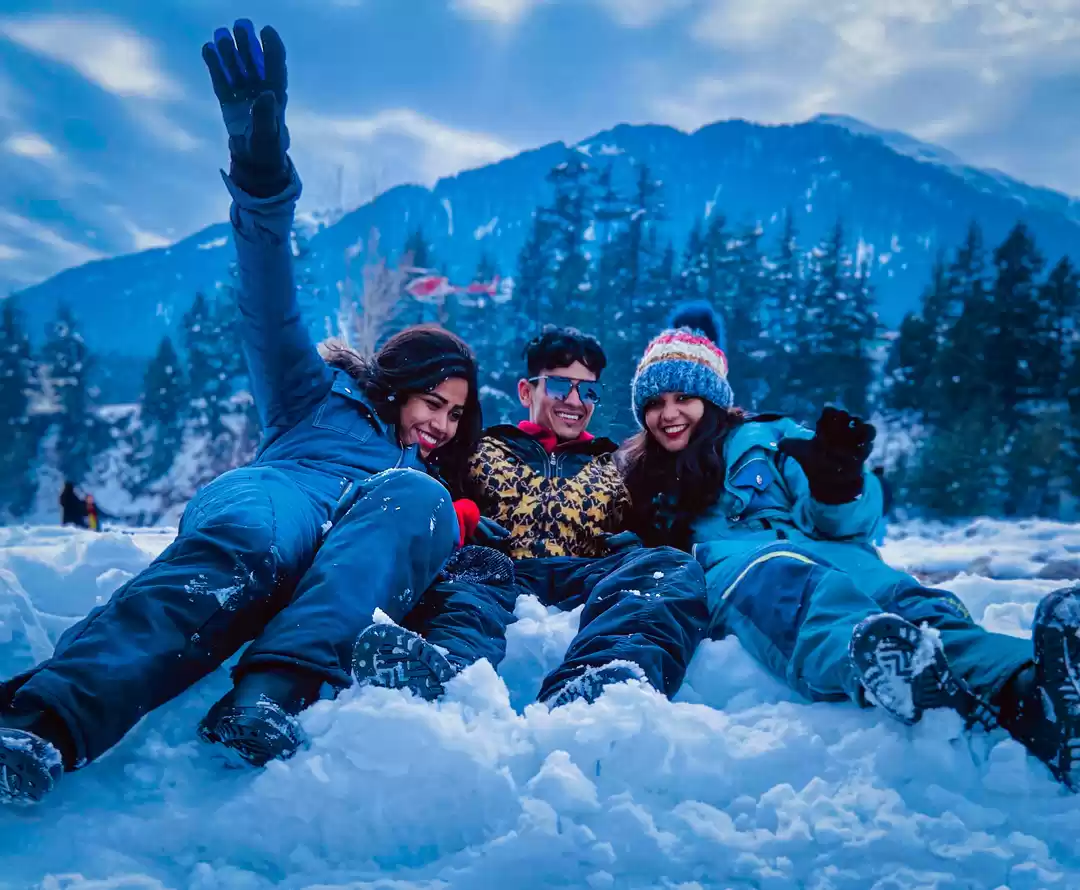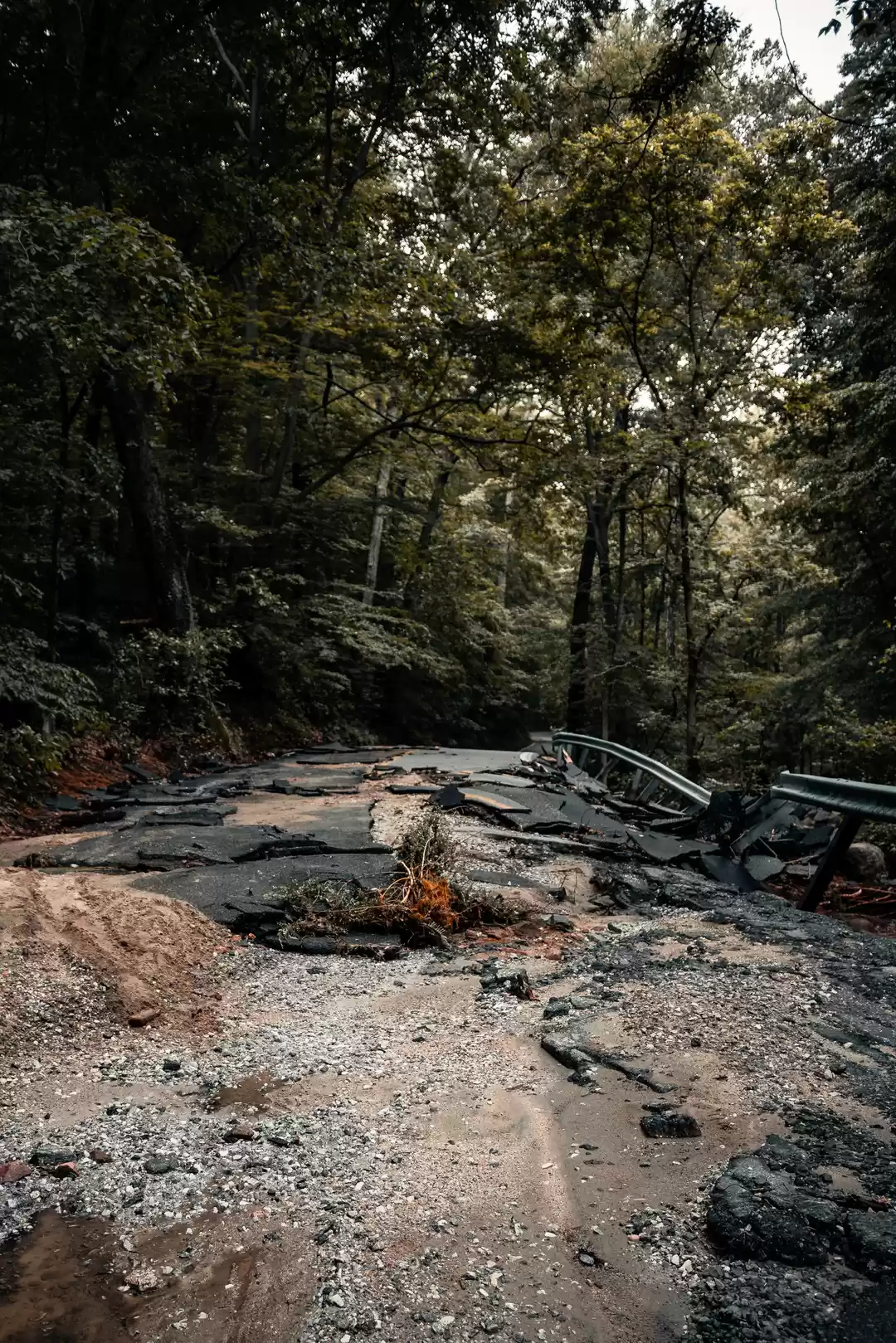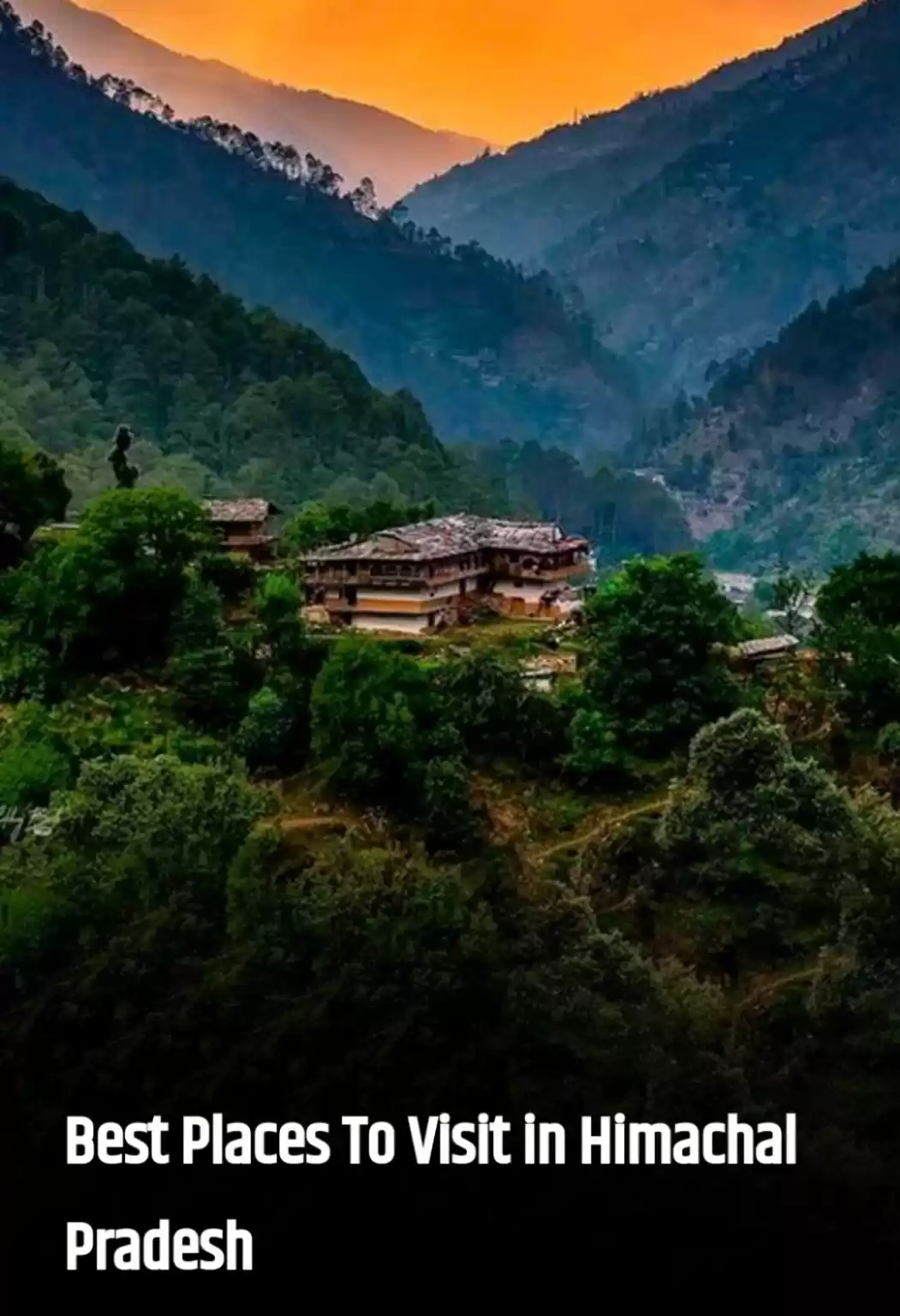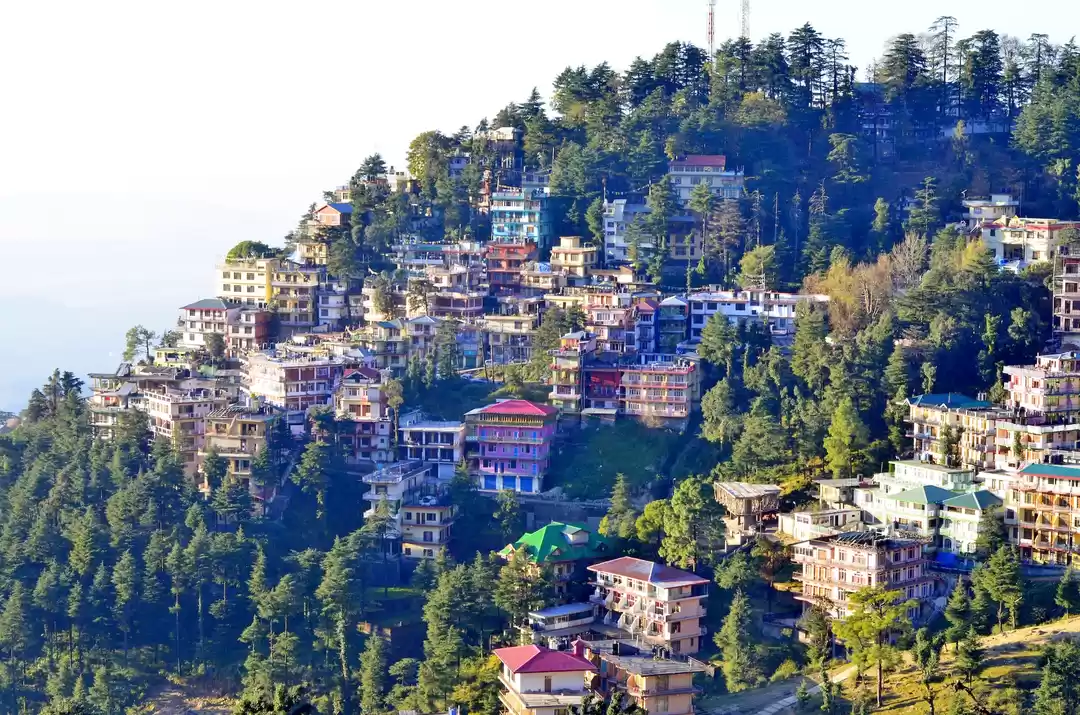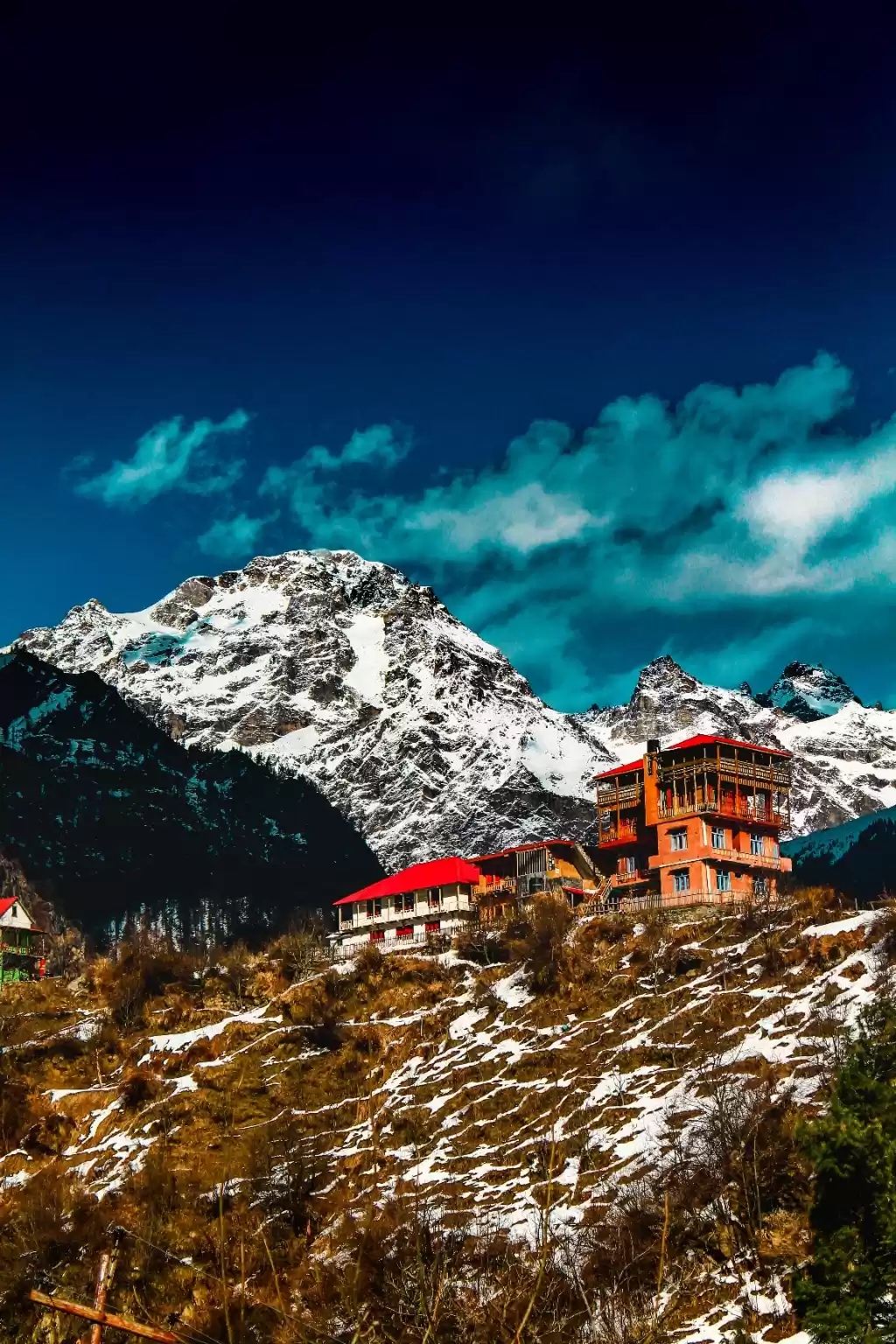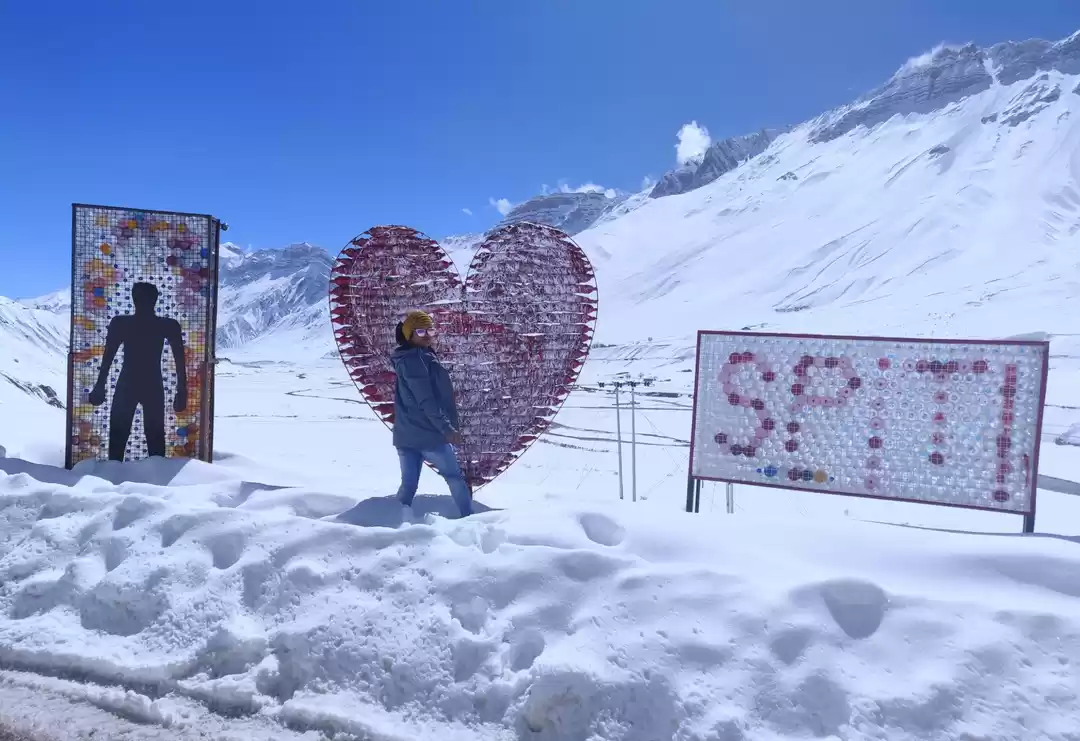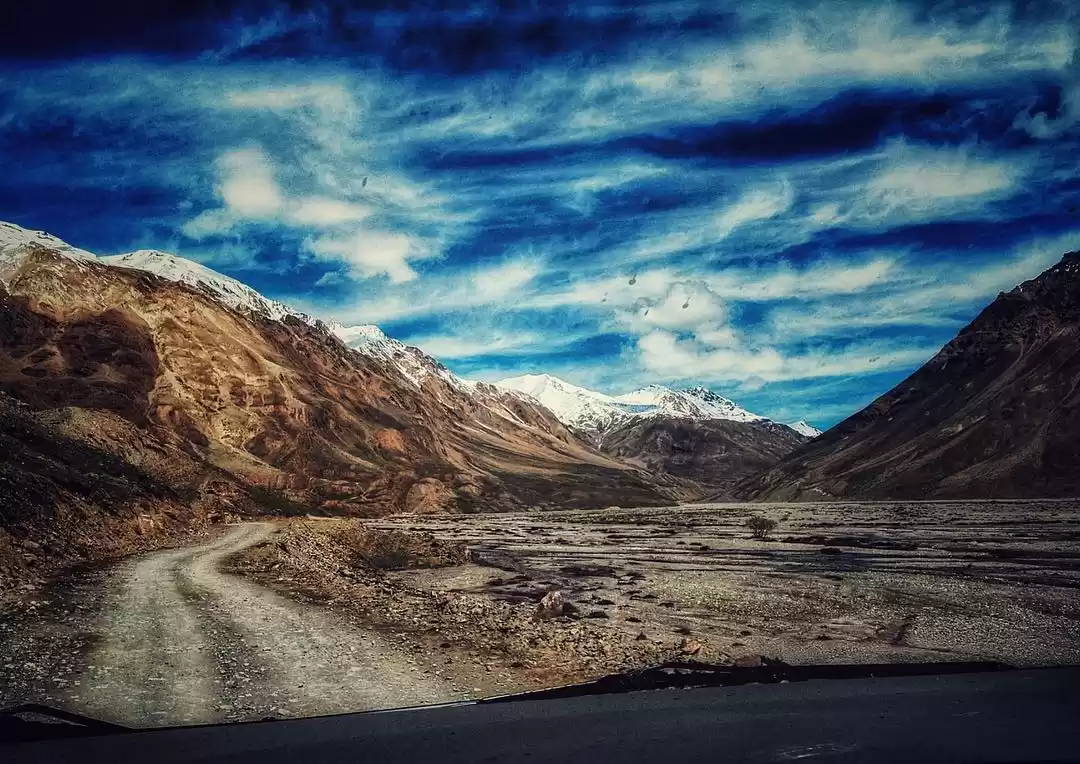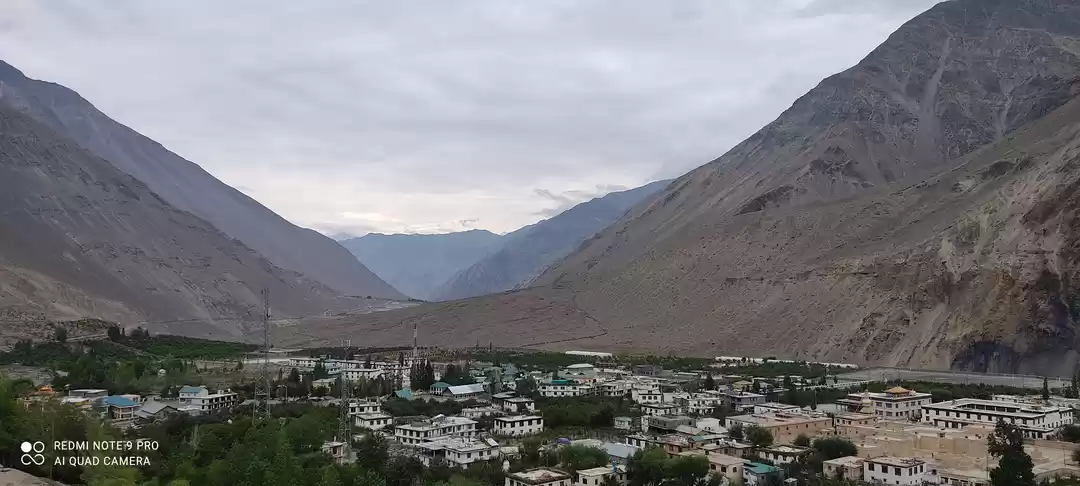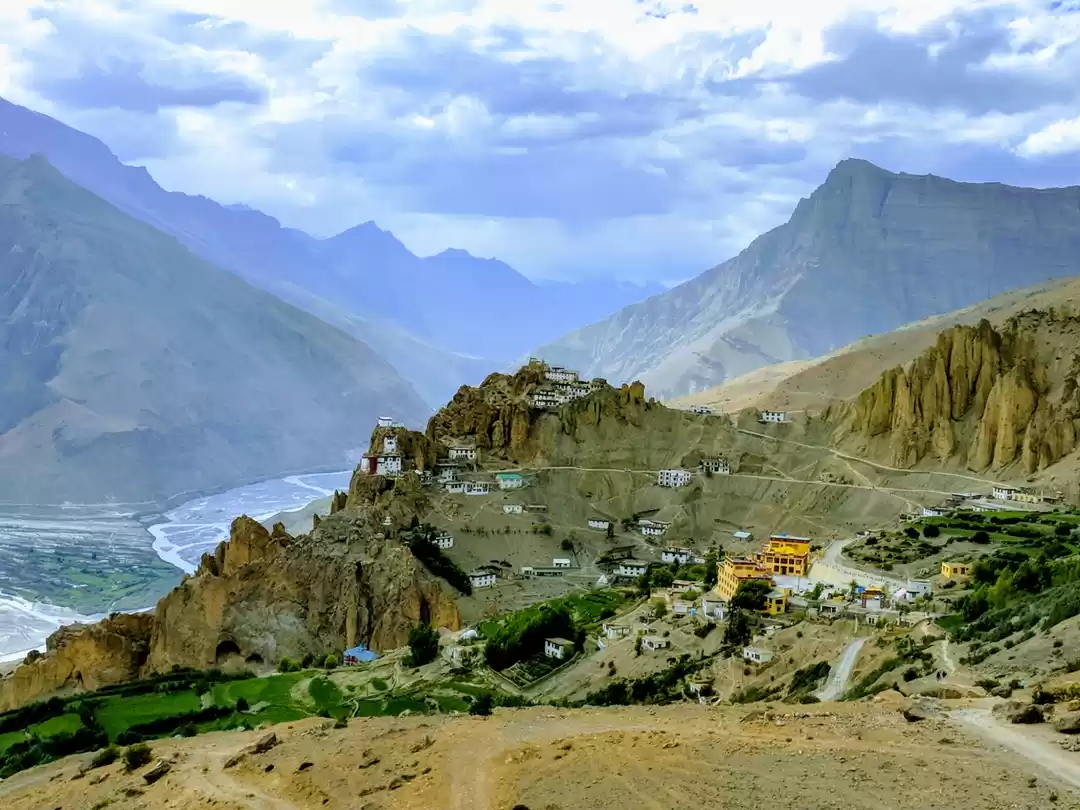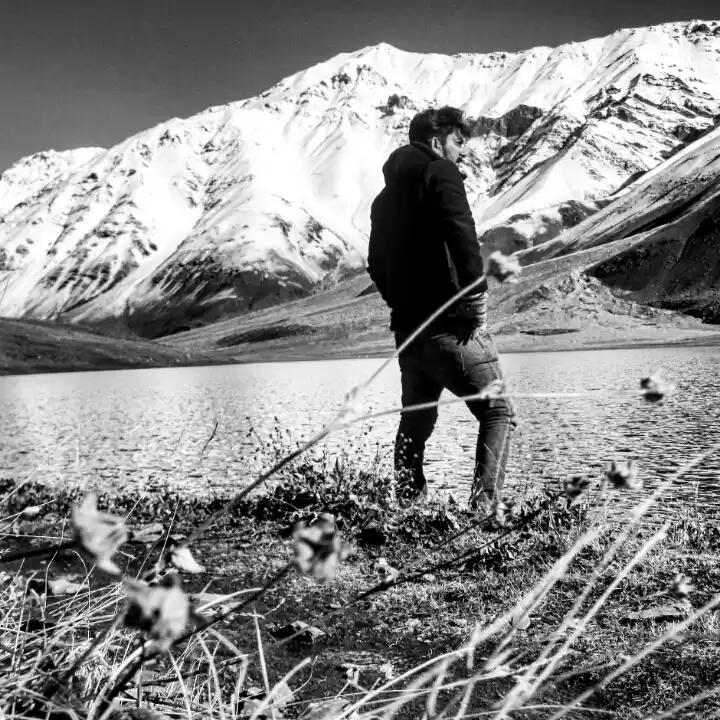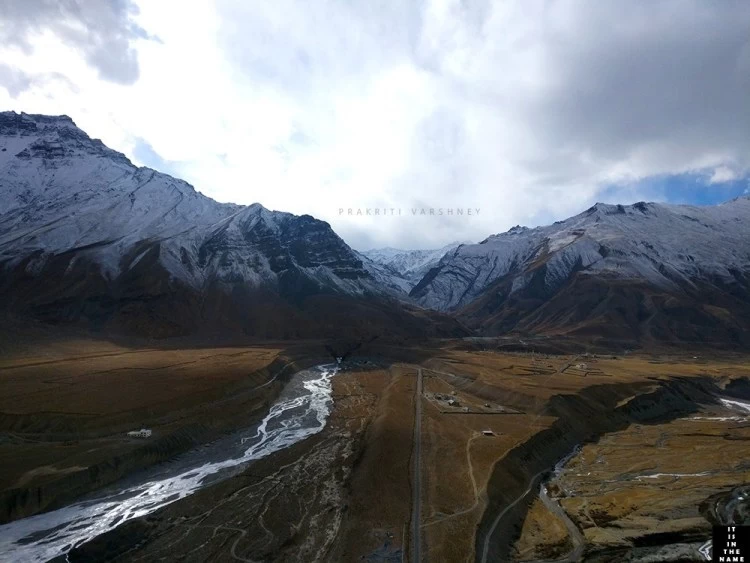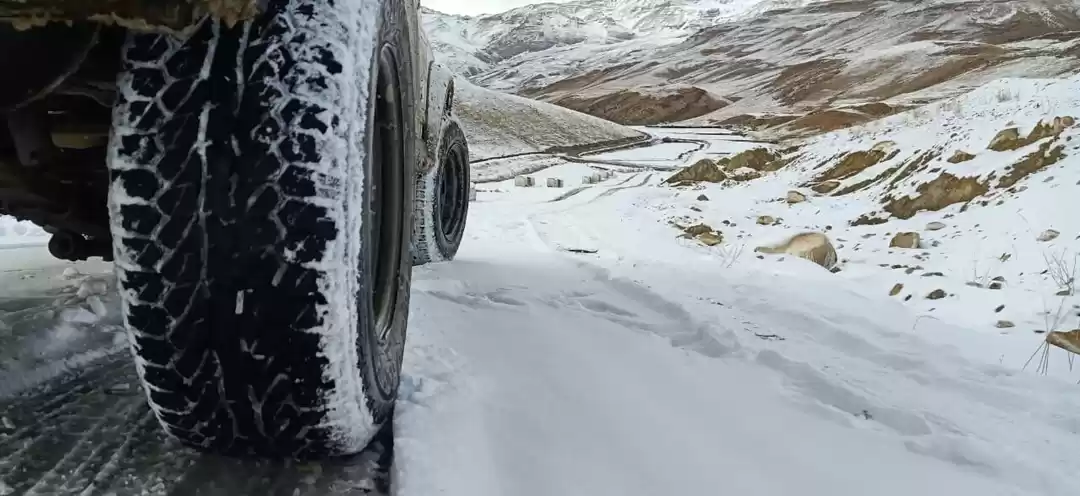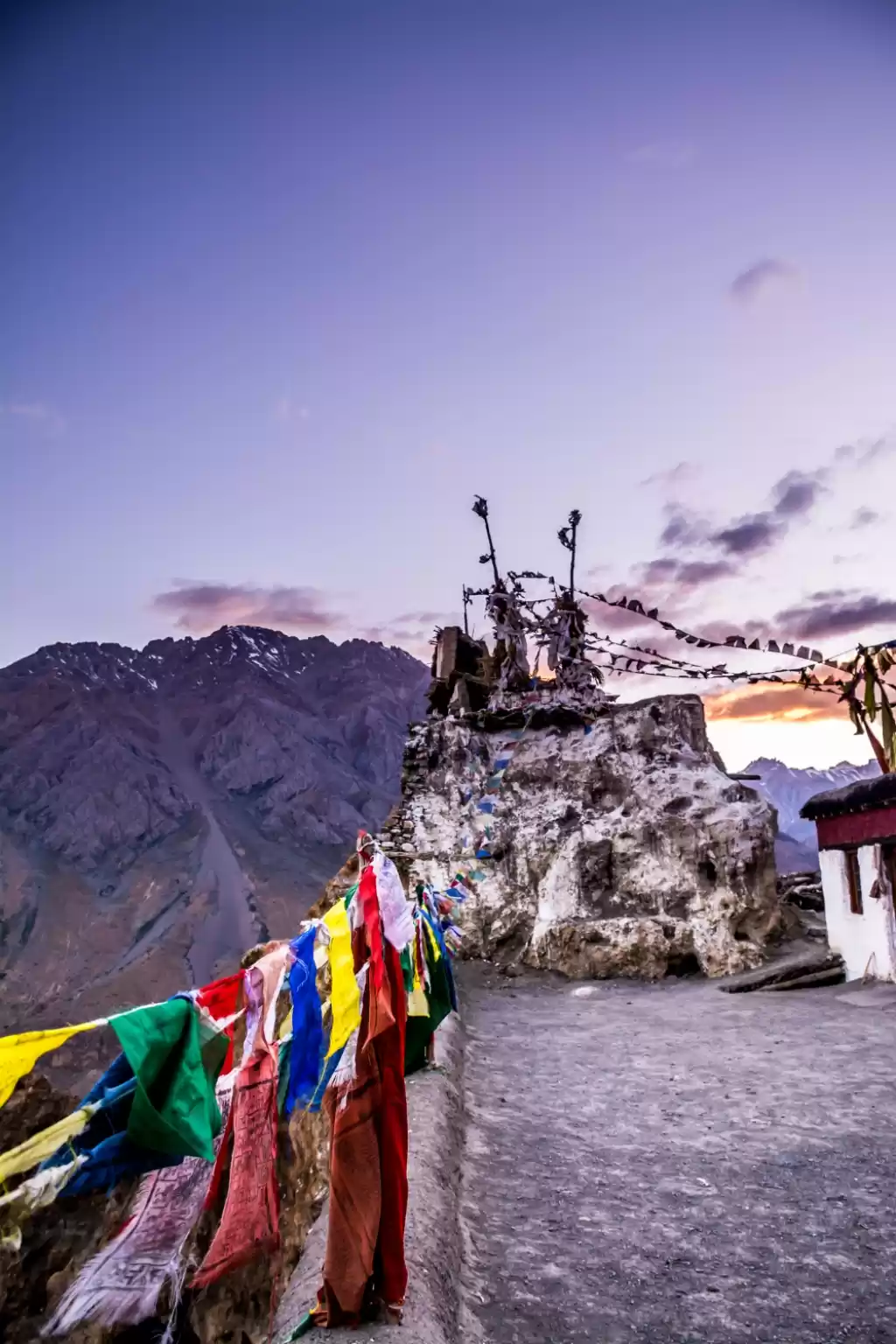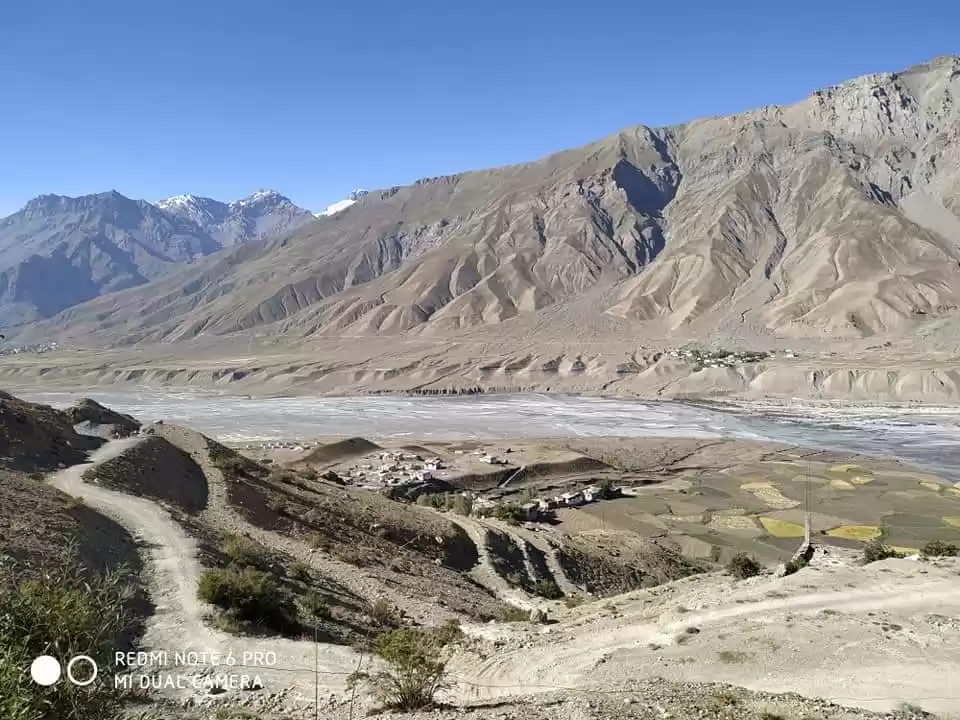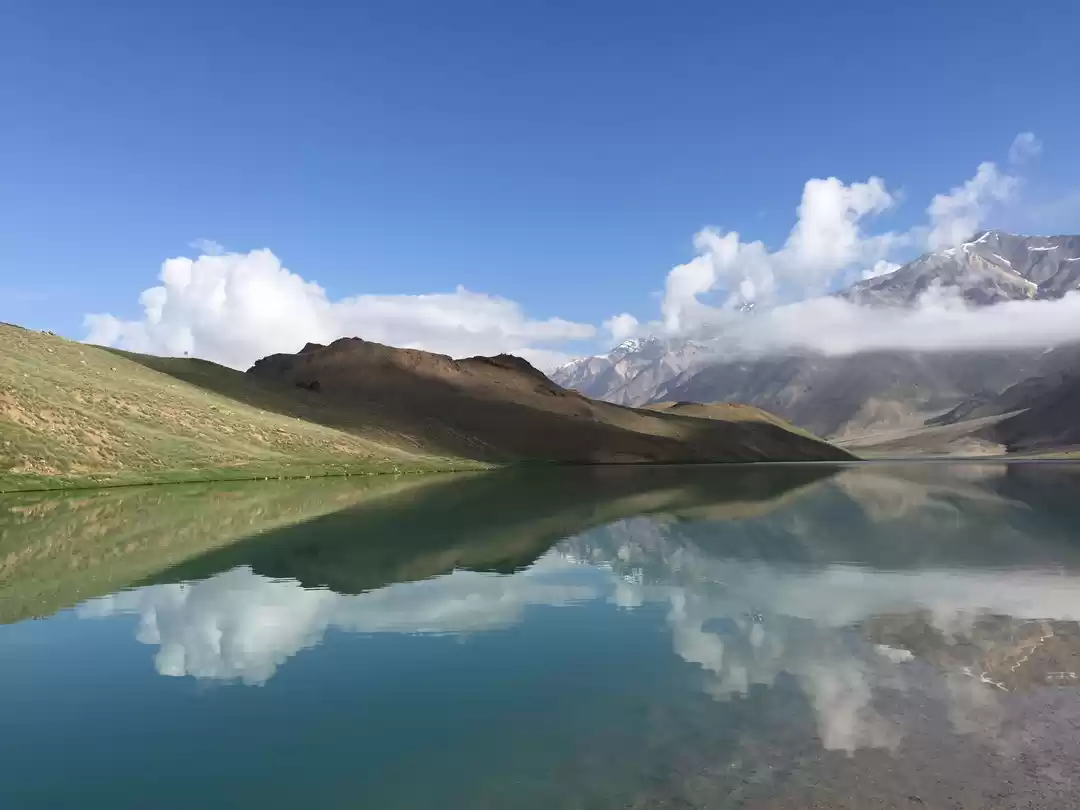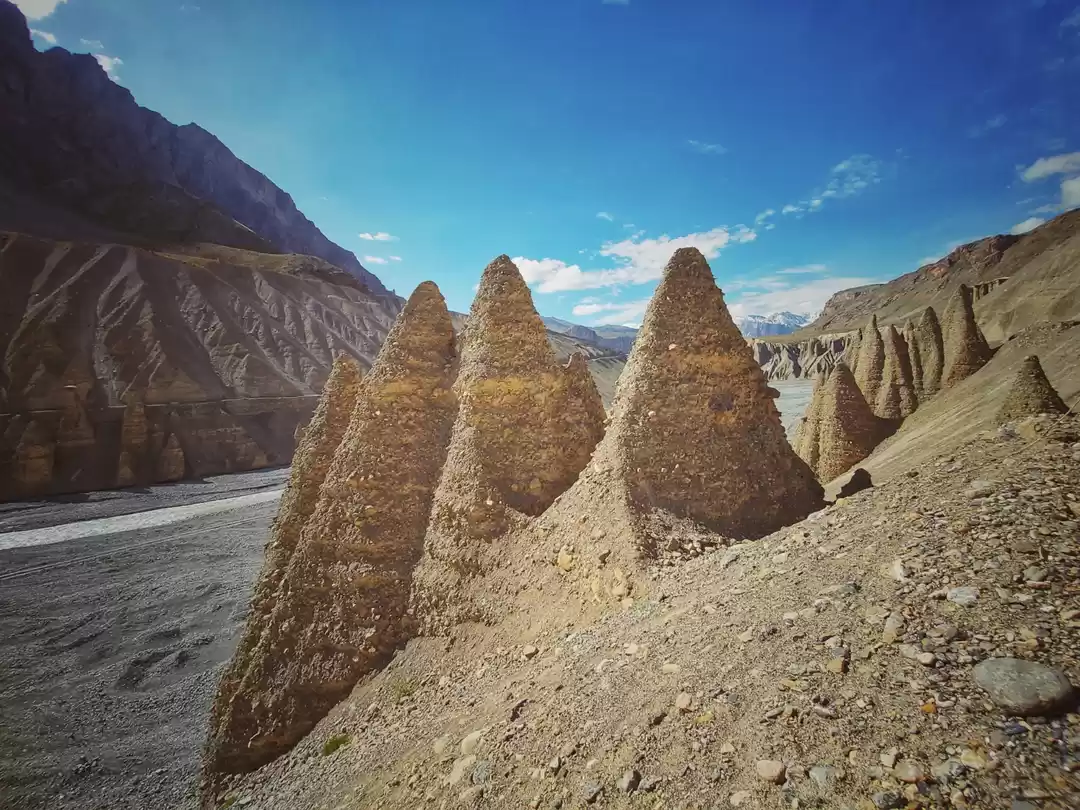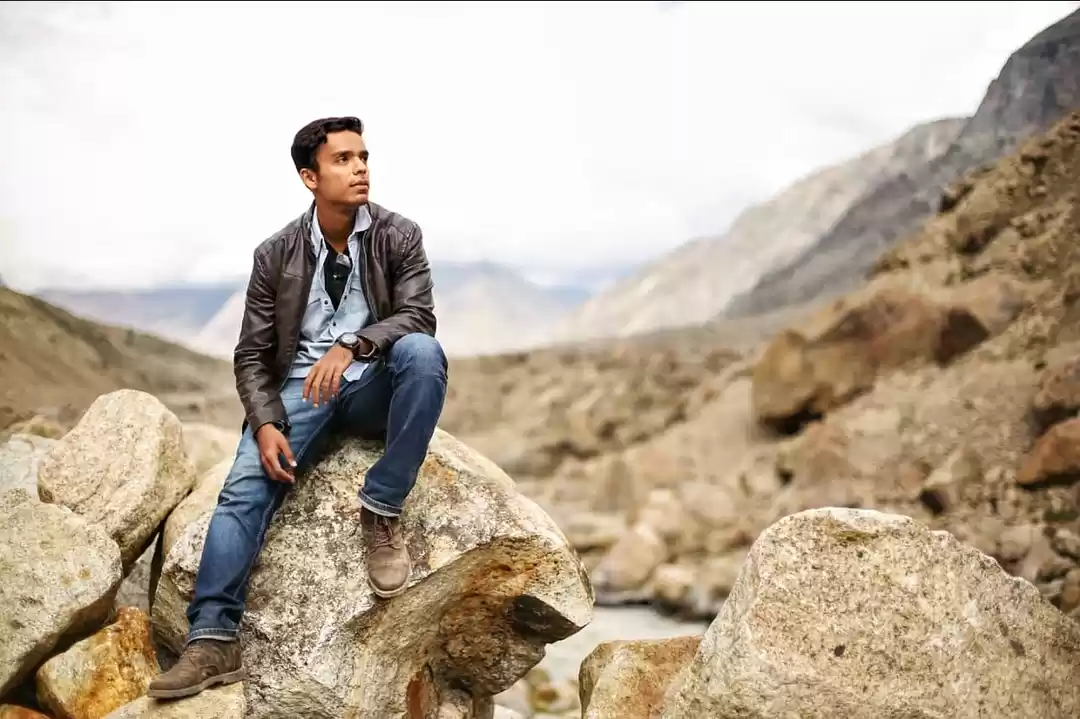
- Difficult roads often lead to beautiful destinations -
Speaking of difficult road trips, the one to Spiti valley is bound to leave you spellbound. Spiti Valley is a cold desert mountain valley located high in the Himalayas and in the Lahaul and Spiti district of Himachal Pradesh where the name "Spiti" means "The middle land", i.e. the land between Tibet and India. Its geographical location has the effect that Spiti valley is greatly influenced by the Buddhist culture and houses some of the oldest monasteries in the world. Spiti is scarcely populated; its difficult terrain and limited connectivity has ensured its beauty to remain untouched from the atrocities of mankind. Now hop along our road trip journey and explore the mesmerizing valley with our eyes but your skipped beats :-)
Brief Itinerary and Heights from sea Level: Shimla 2276 m- Sangla Chitkul 3450 m Kalpa 2960 m- Nako 3625 m- Tabo 3280 m- Kaza 3800 m- Key Kibber 4200 m - Langza 4400 m Komic 4587 m Hikkim 4440 m- Kaza- Sumling- Losar 4080 m- kunzum pass 4551 m - Batal 3960 m- Chatru 3560 m- Gramphoo 3313 m - Koksar 3140 m- Manali 2050 m
Best time to visit:
The best and comfortable most time to visit Spiti Valley covering the entire circuit from Shimla to Kaza to Manali is between late May to Mid July before the onset of Monsoon. Nonetheless, Winter Spiti has its own USP and the detailed information on each month's weather condition can be best gauged by looking at this blog -> https://www.google.com/amp/s/devilonwheels.com/spiti-valley-season-to-travel/
Fuel refilling stations where tank refill is must:
Reckong peo (no fuel station beyond this place to Kaza)
Kaza (no fuel station on Kaza Manali highway)
Our journey:
We started past noon on day 0 from Hamirpur and bypassing Shimla we took the loori tatapani route, reached Rampur, payed our respects at Taranda Mata temple (it is believed that Taranda mata protects you on the dangerous roads of kinnaur and all vehicles going to/from Kinnaur stop here ) and then retired at Bhabanagar guest house at night.
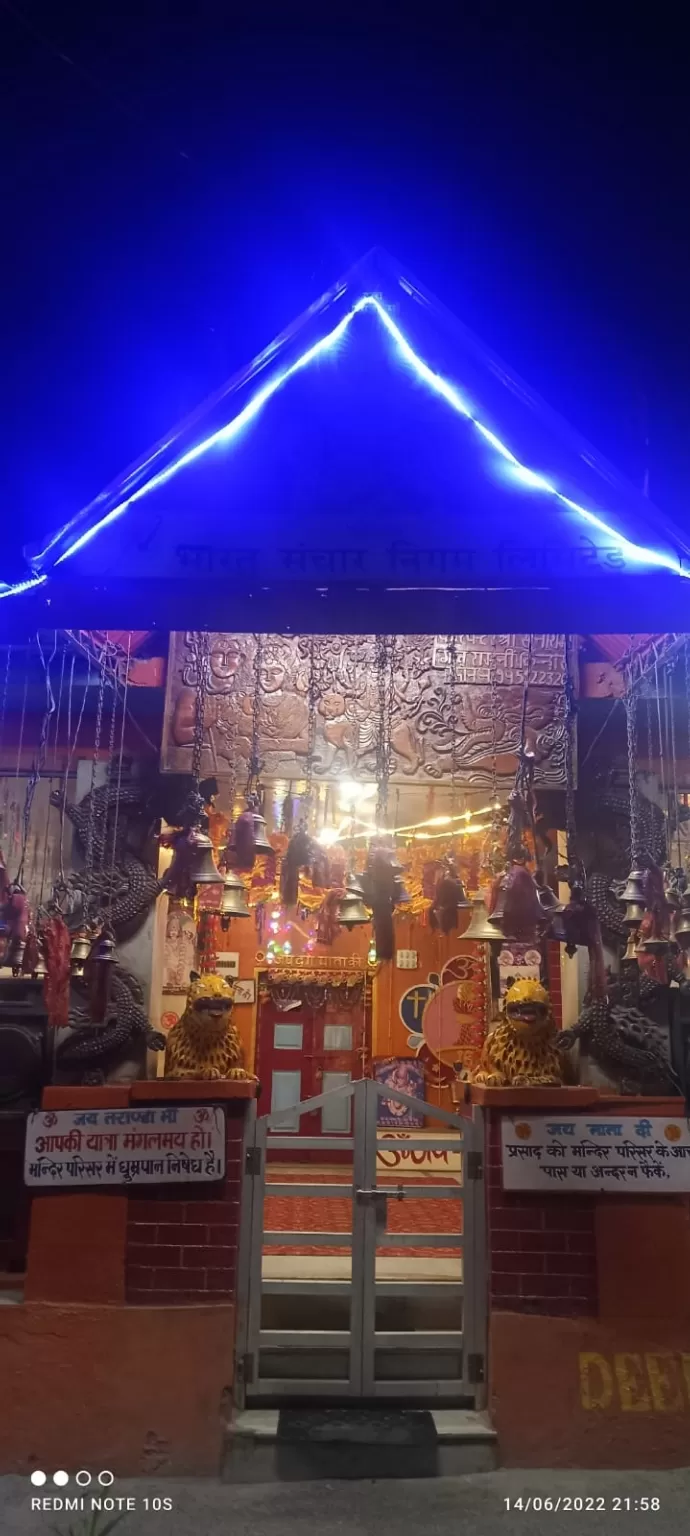
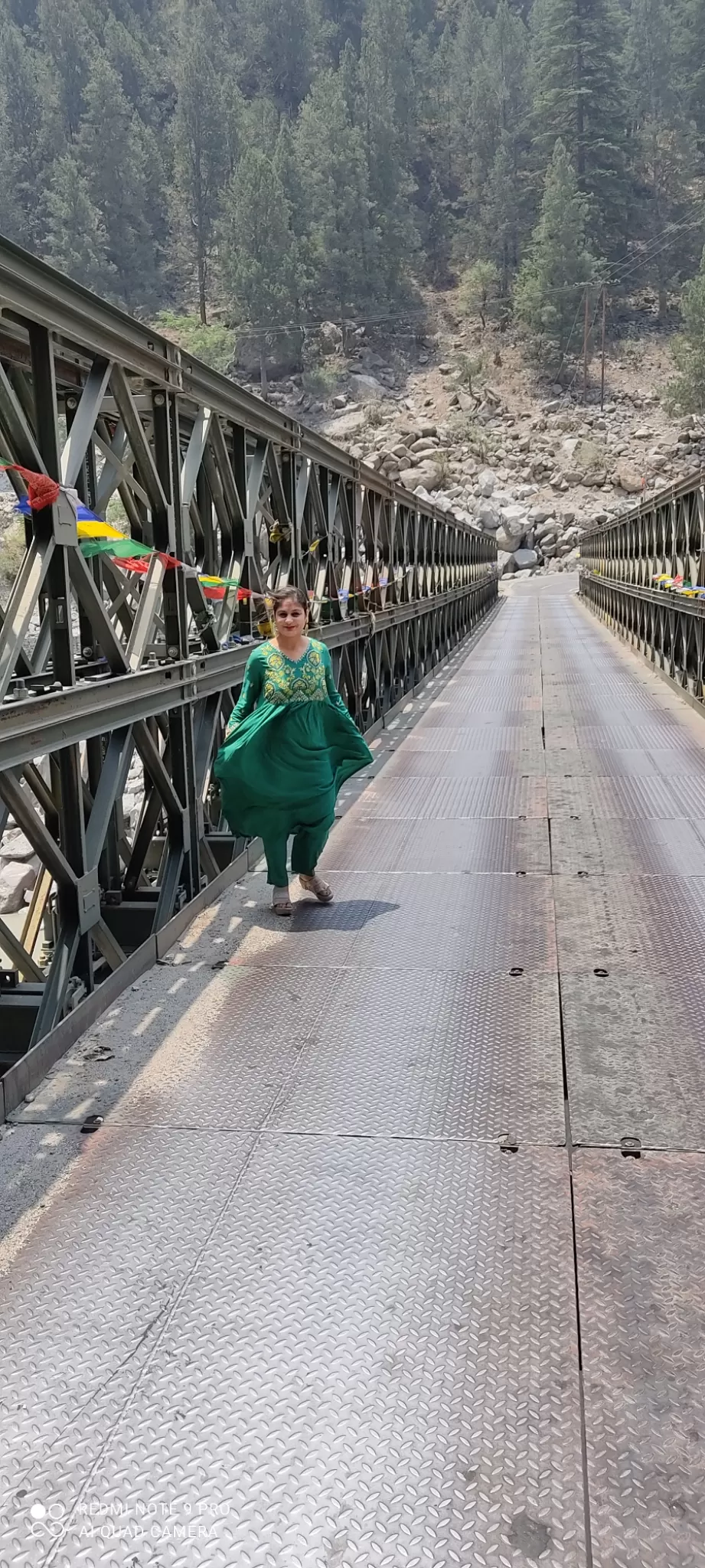
***
Day 1: Bhabanagar to Reckong peo- Kalpa ( NS @ Kalpa )
***
Places of interest:
***
Kothi temple
Suicide point Roghi
Apple orchards
Kalpa Monastery
View of Kinner Kailash
***
We visited hubbies local friends for breakfast. After meetings and greetings, we left for Kalpa by 11.00 A.M. Reckong peo is a busy town and headquarter of Kinnaur. Kalpa is further up on the hill. We dumped our luggage in Kalpa, relaxed a while, had lunch and then went back to Reckong peo to visit the Kothi temple. We relished the light drizzling and the view of apple orchards. Photography wasn't allowed at Kothi temple. We walked our way through the market and started again for Kalpa Roghi road to visit the famous suicide point. The roads here are very narrow with humongous rocky mountains on one side and a deep gorge on the other side. Suicide point is one such point with a steep and deep cliff where many road accidents also happened. After clicking a few pics, we then headed back towards Kalpa to visit the monastery. I recommend to park the car at a convenient distance and take a short walk to the monastery because that's how you'll make the most of the views Kalpa has to offer. Apple orchards with snow covered Kinner kailash range in the background with clouds peeking through the sky and midst all that when you rotate the monastery prayer bells they sound like chimes from heaven. There are shops surrounding the monastery where you can have the mountains wali maggi, thupka or momos etc. After a leisurely walk, we went back to our hotel and retired for the day.
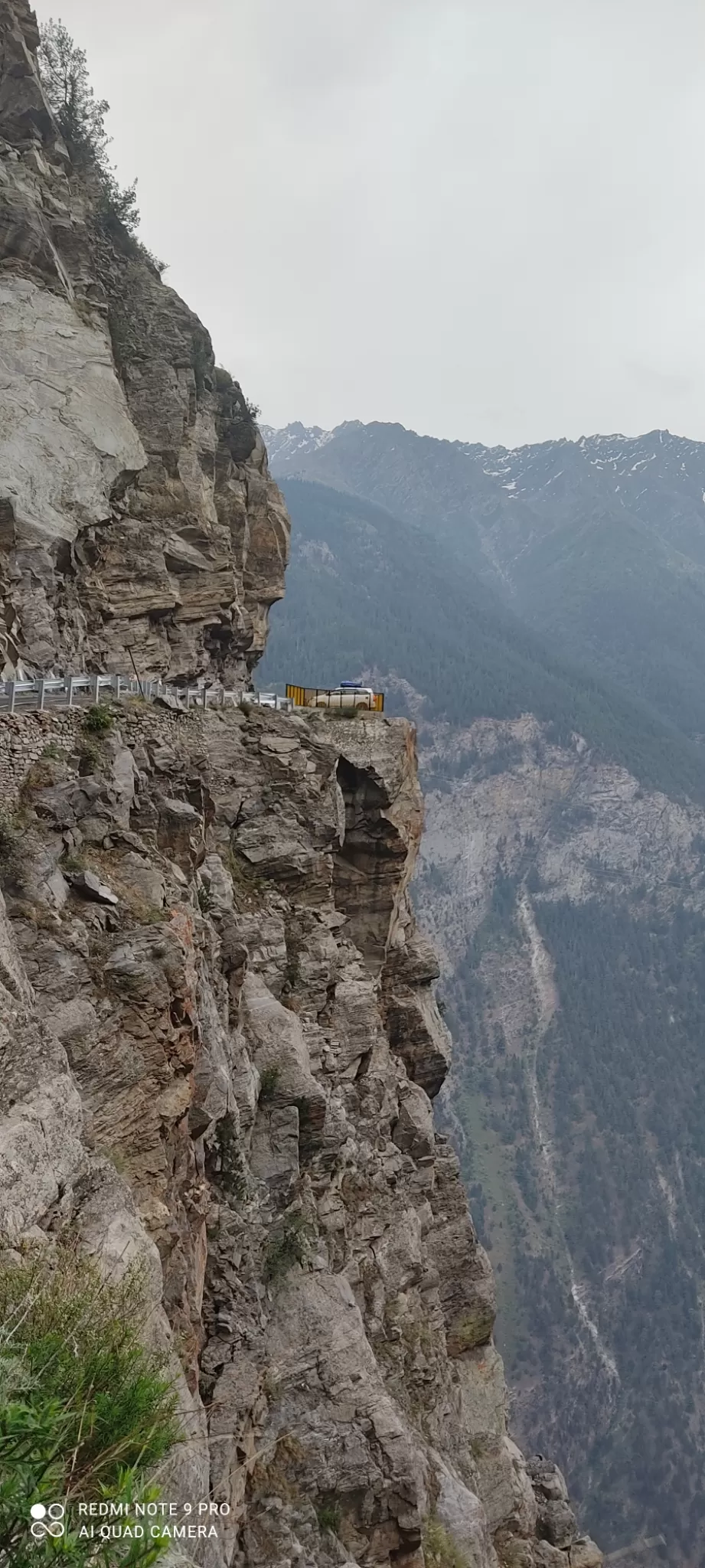
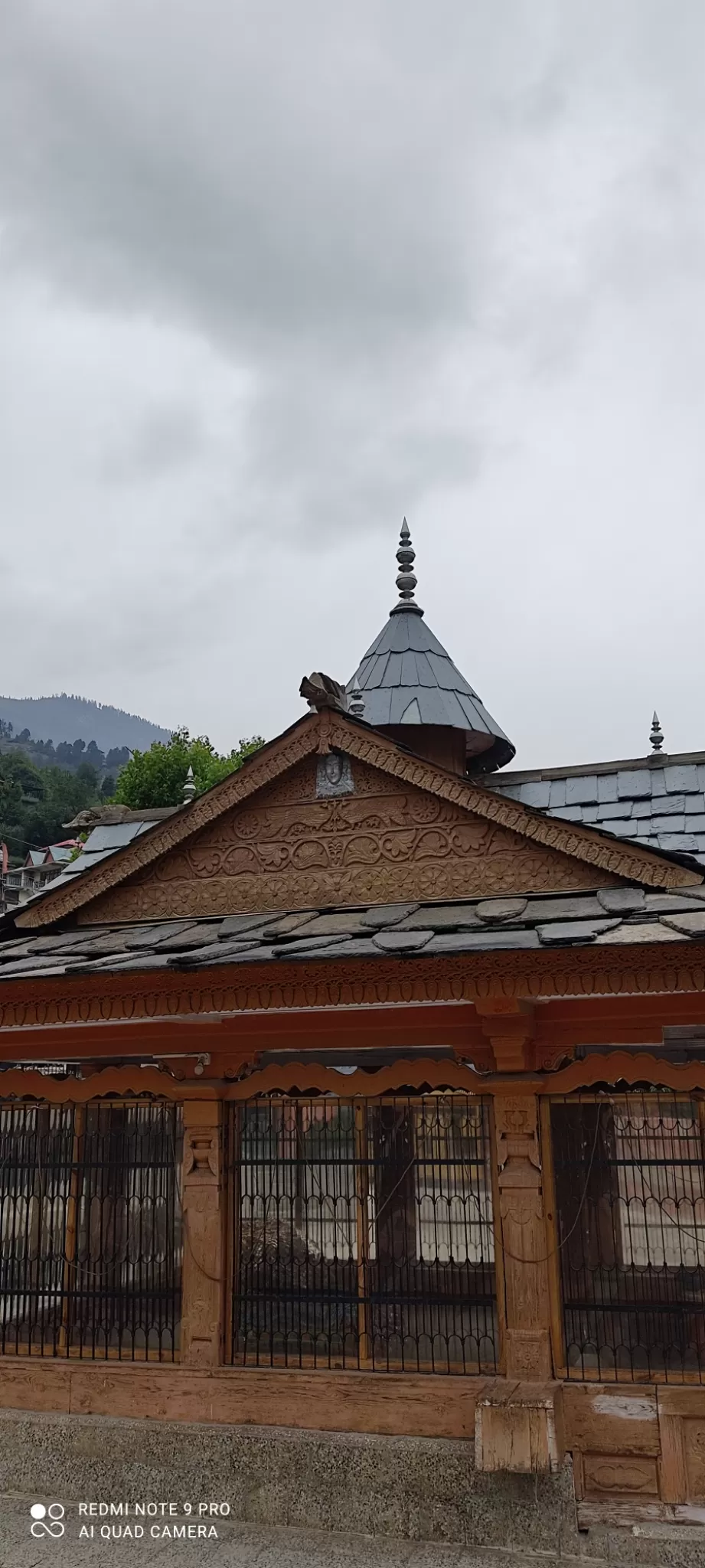
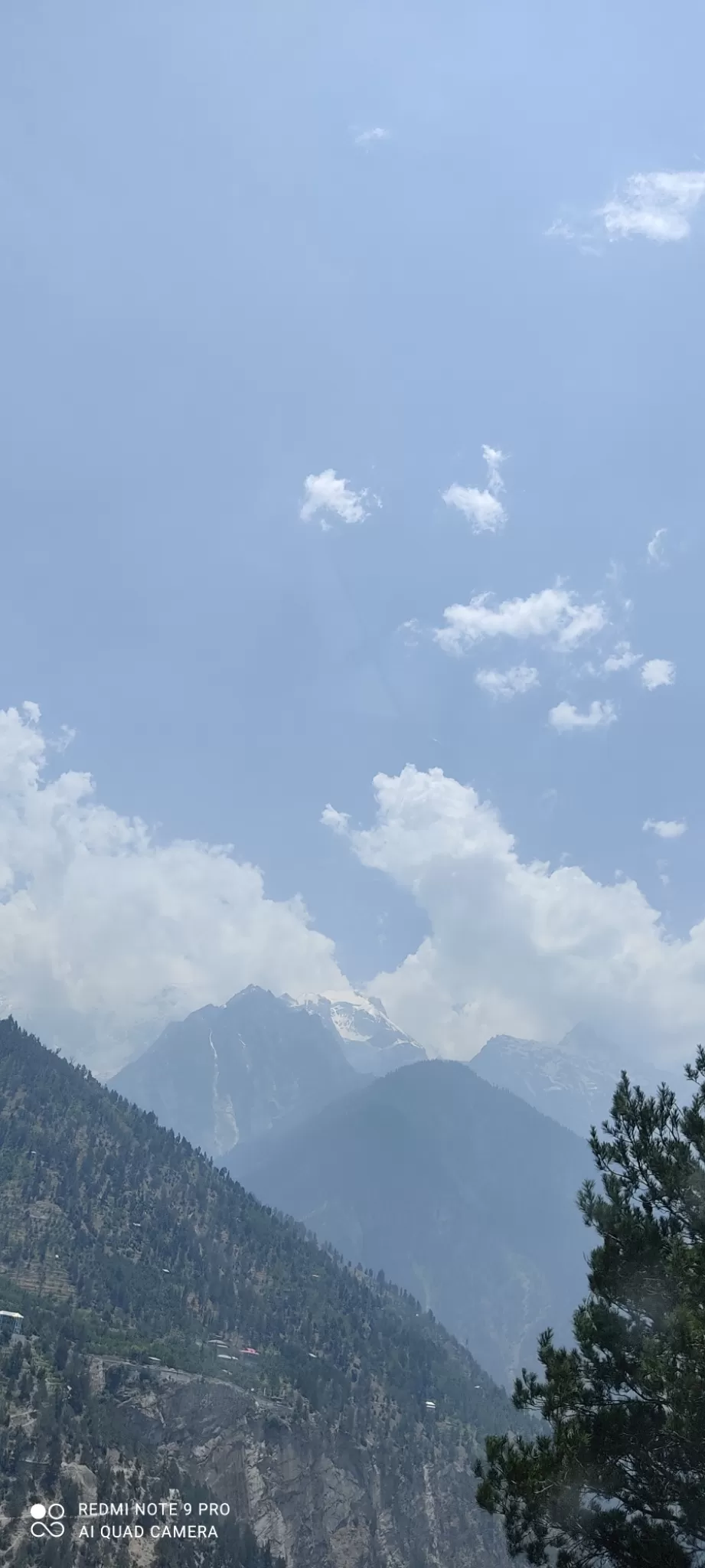
***
Day 2: Kalpa to Nako to Tabo ( NS @ Tabo )
***
Places of interest :
***
Roads cut in to rocks with overhangs
Landscapes with flowing river by your side
Satluj and Spiti river confluence near khab village
Nako village, Nako monastery and Nako lake
Gue Monastery after Sumdo
***
Having mentioned the places of interest, it is imperative to say that the journey is as beautiful as the destinations. After refilling the fuel, we moved towards pawri, and crossing the towns of akpa and pooh we saw the confluence of Satluj and Spiti river near Khab. The bridge overlooking the rocky mountain road was picturesque and beneath the rivers were conjoining beautifully into Khab Sangam.
Enjoying the landscapes we didn't realize when we went past the small link road to nako village. We had to retrace back about 3-4 km after enquiring about Nako location. I recommend to park the car on the main road itself to avoid congestion and take a short 200 to 300 meter hike on the link road towards nako monastery. Further hike down from the monastery will take you to the nako lake. You'll see the old mud houses and cow sheds on your way and colorful prayer flags will be fluttering around in plenty. As you reach the lake, serenity will imbibe your core. A few people choose to do boating. We just sat and immersed in tranquility. The lake is considered holy and it is believed that Guru Padmasambhva meditated here near the lake and his footsteps are engraved on some stone around the lake.
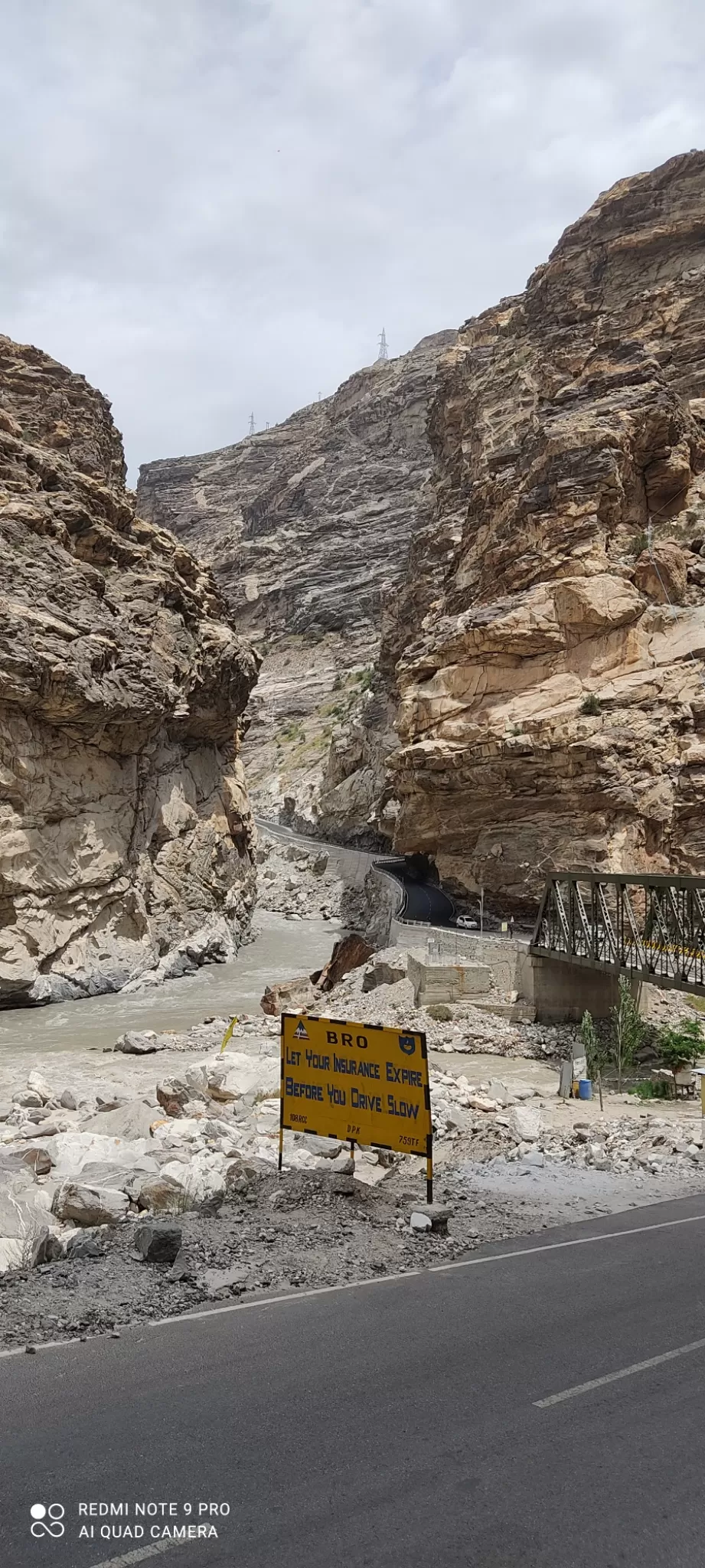
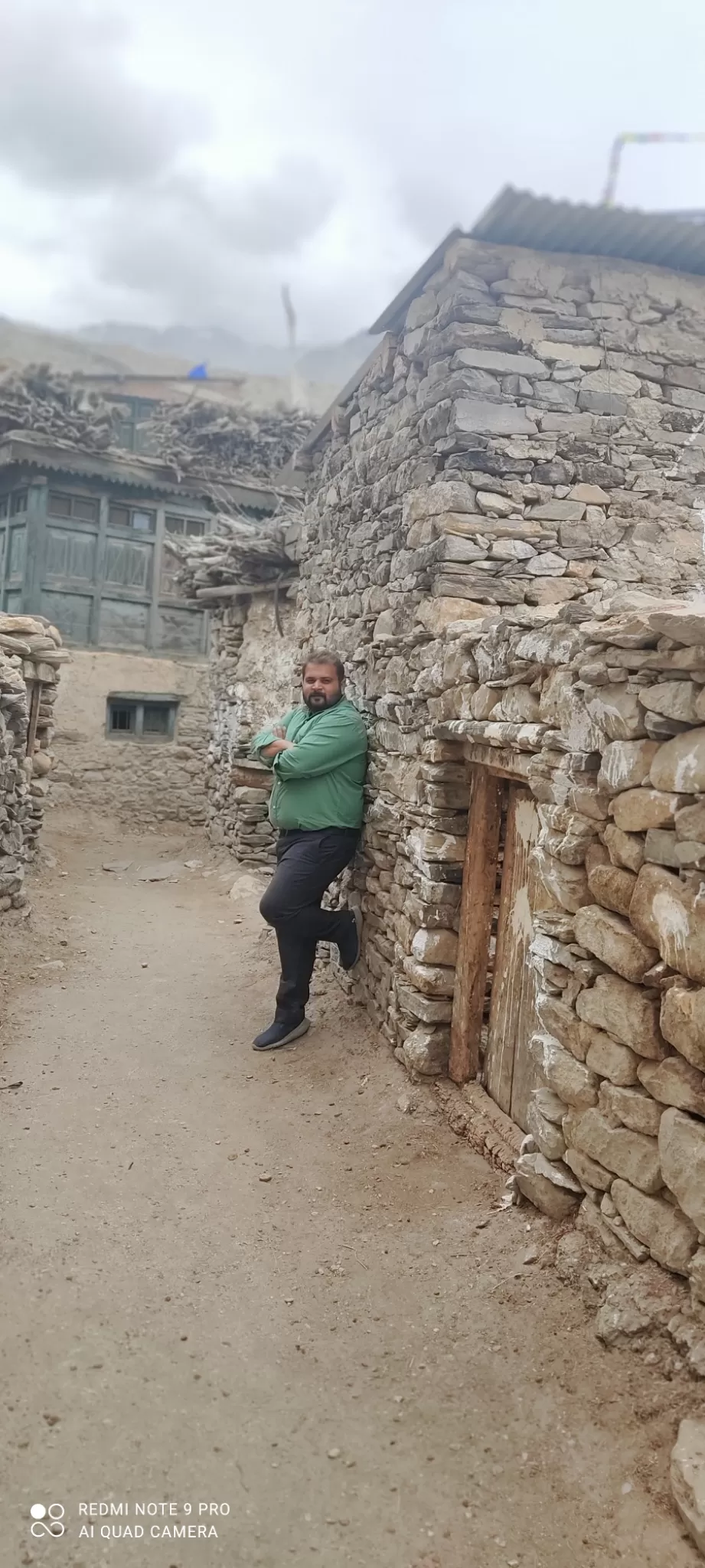
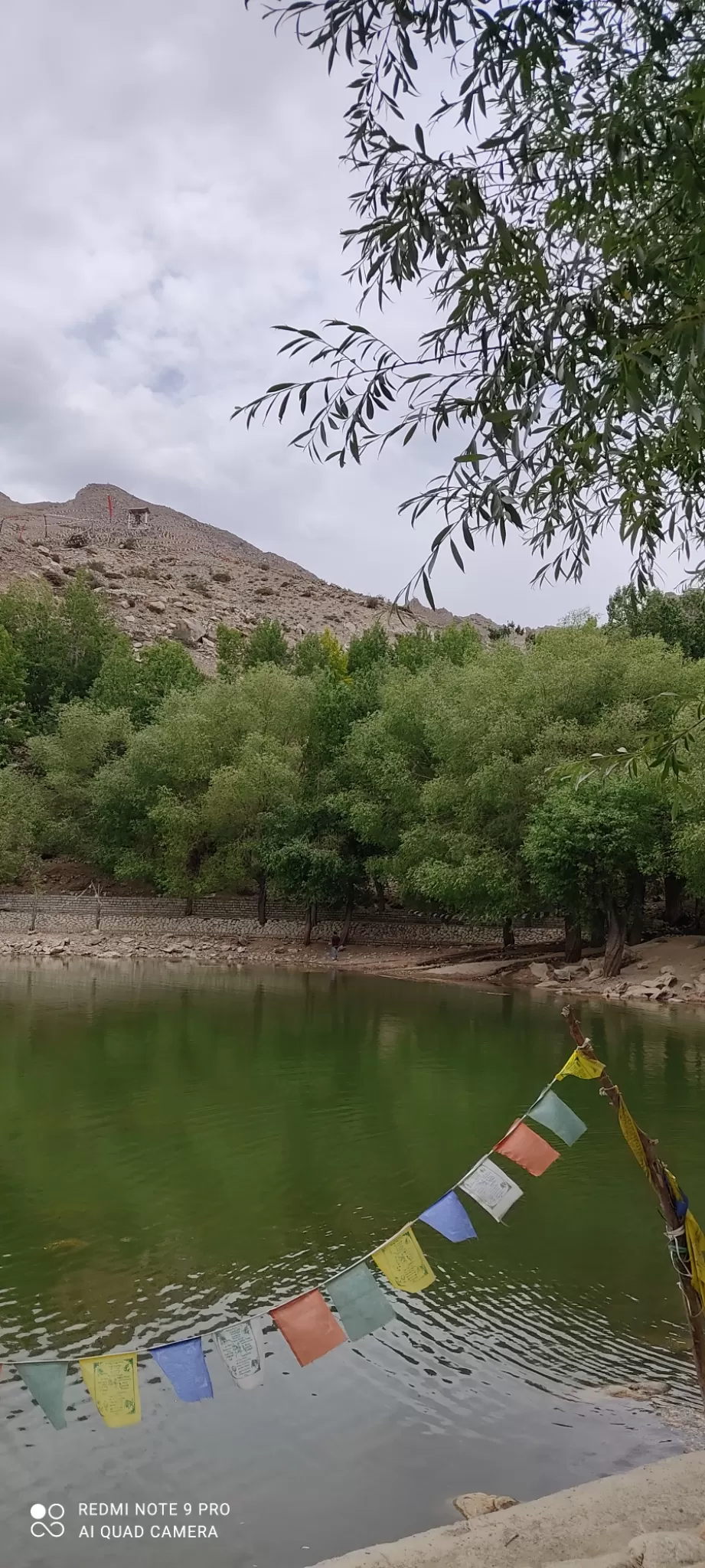
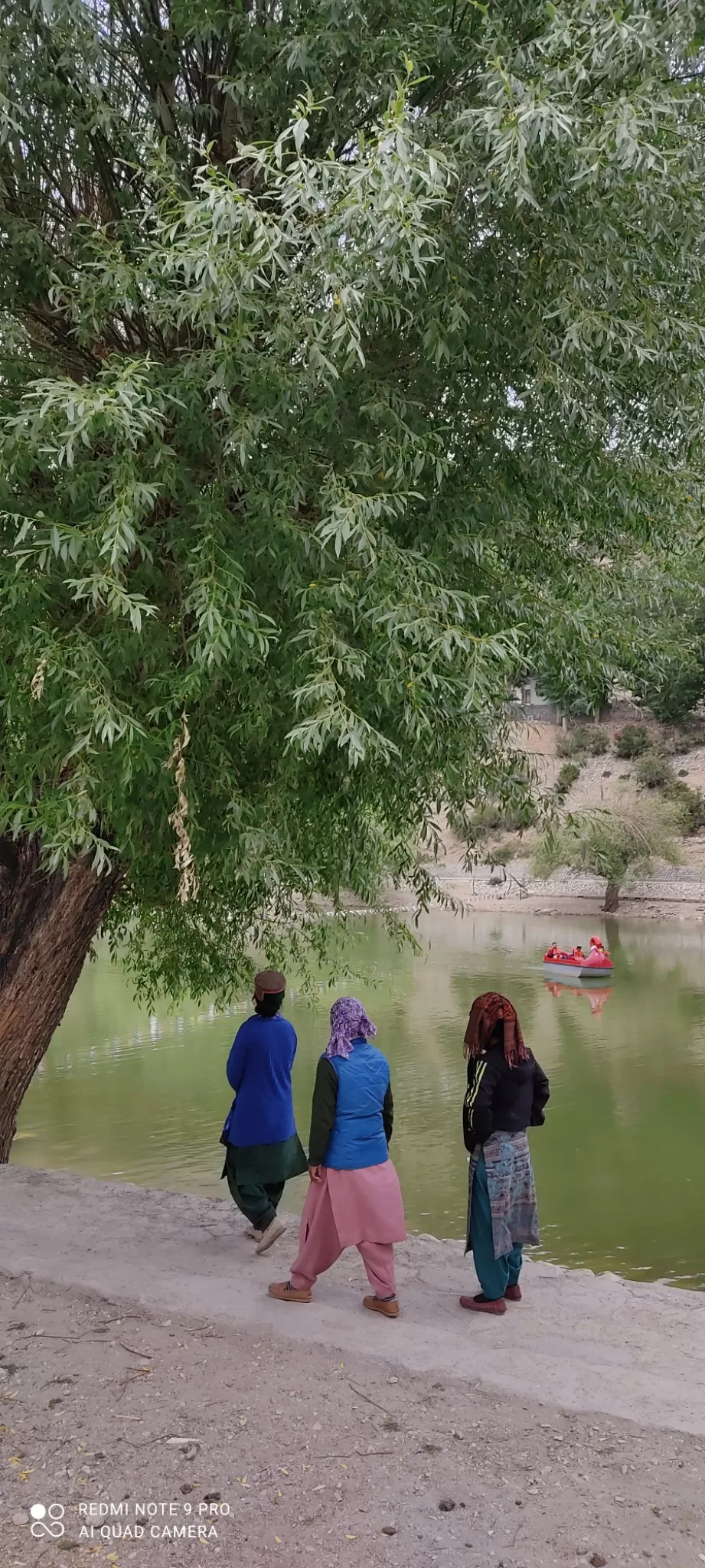
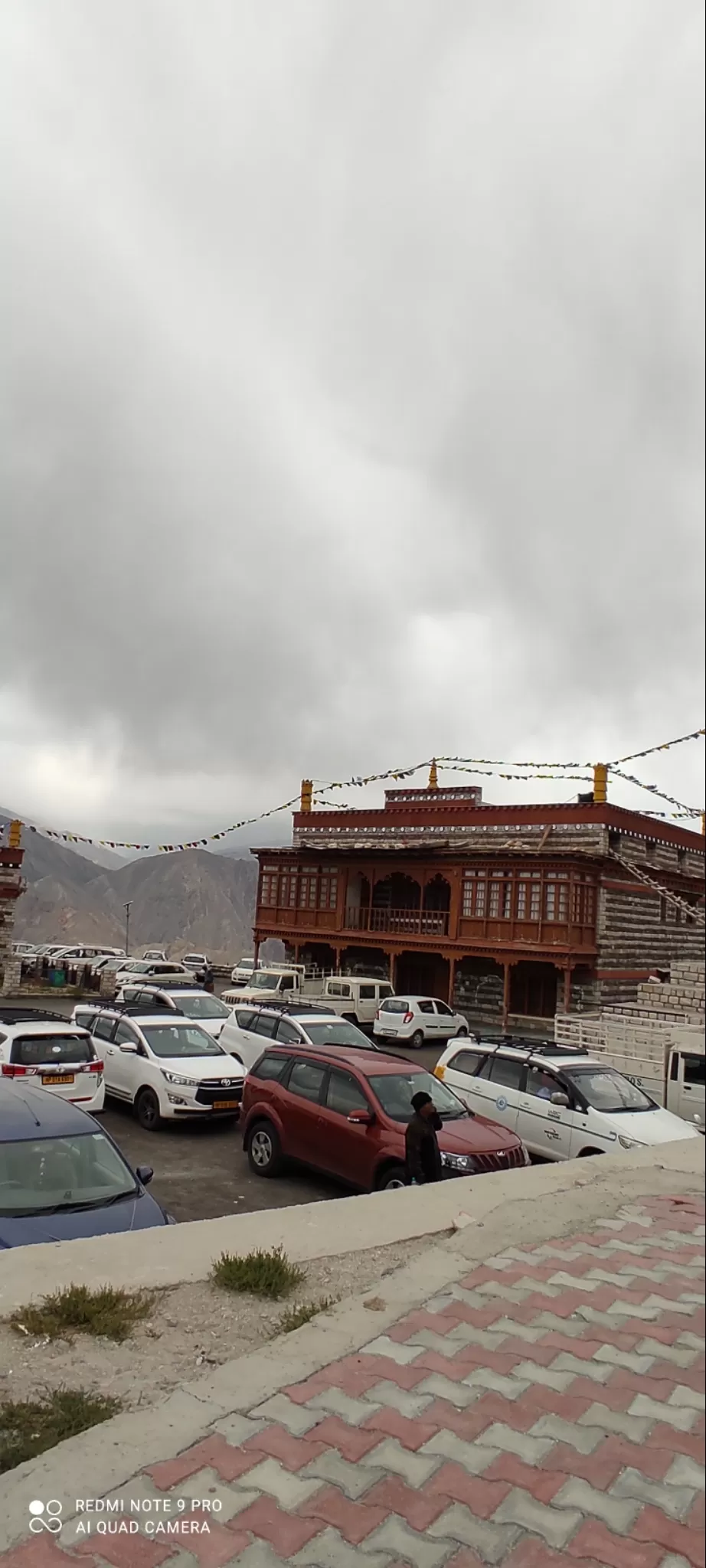
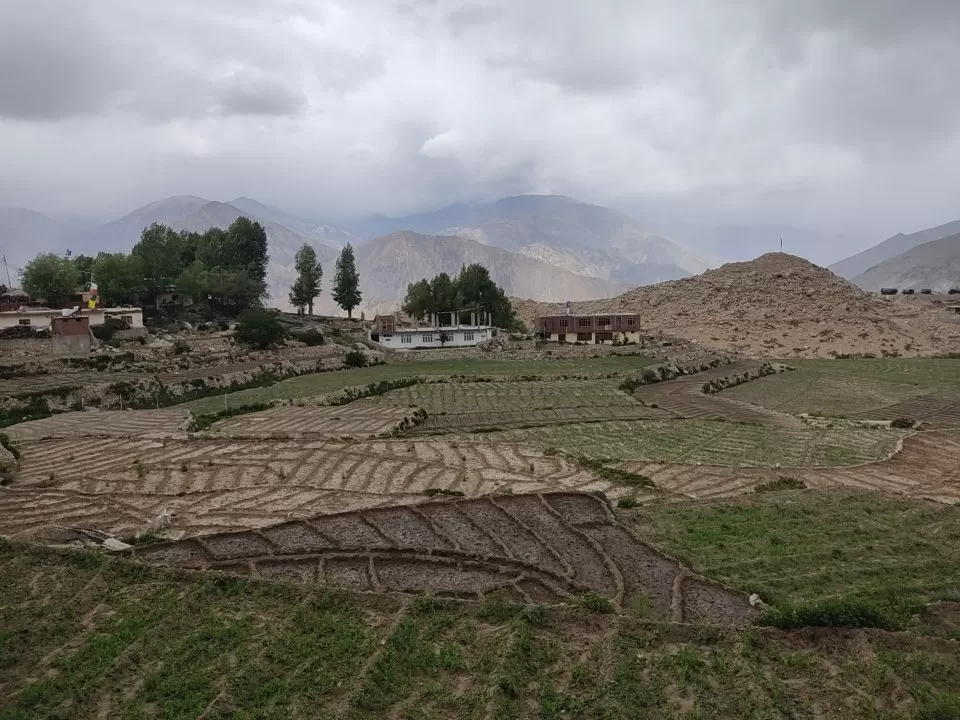
***
We had lunch at Nako and then we geared up again. After Nako, you'll cross the malling nala which is a landslide prone area. The BRO men are constantly at work here but it is still advised to cross this stretch in broad daylight to avoid any risk. The road here is kacha road for a few kilometers. The landscapes will be changing constantly. From the majestic rocky mountains, you'll be entering blackish sandy mountains with far flung green patches. The colors of the mountains will be all the varied hues of brown, black, grey, iotas of green and white.
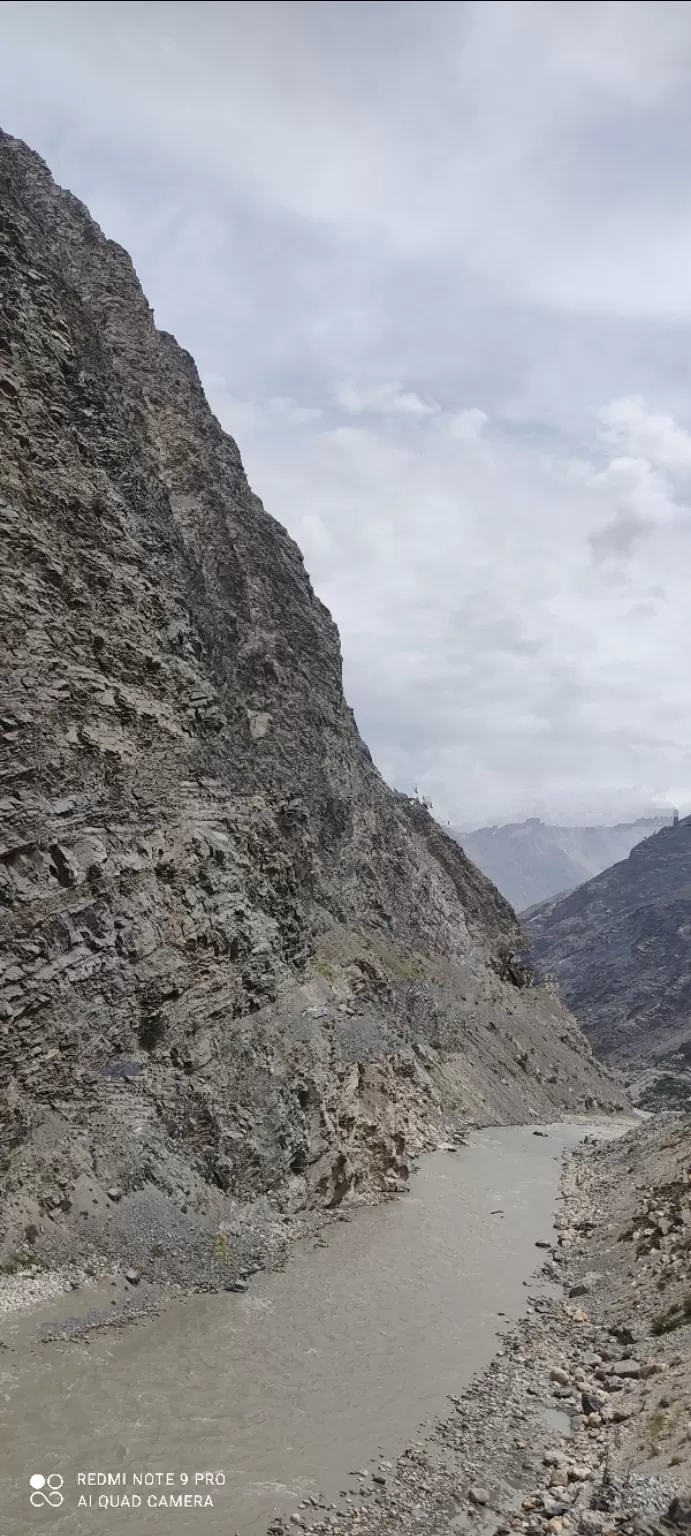
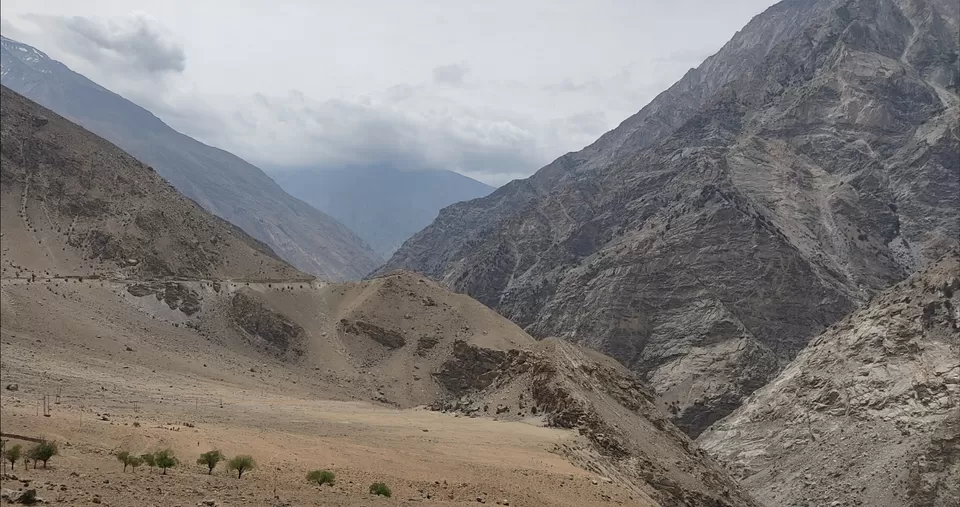
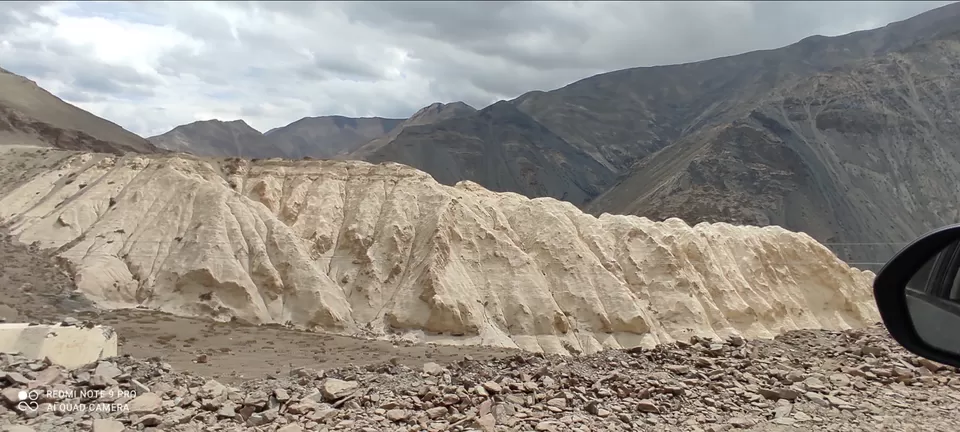
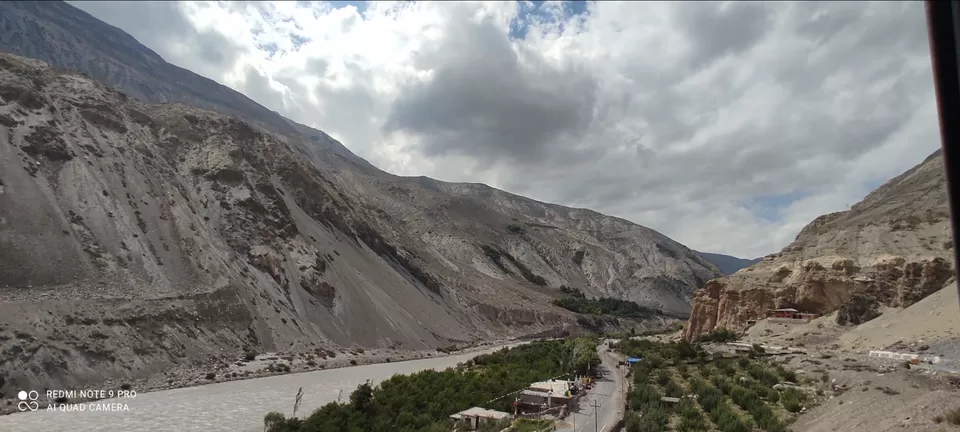
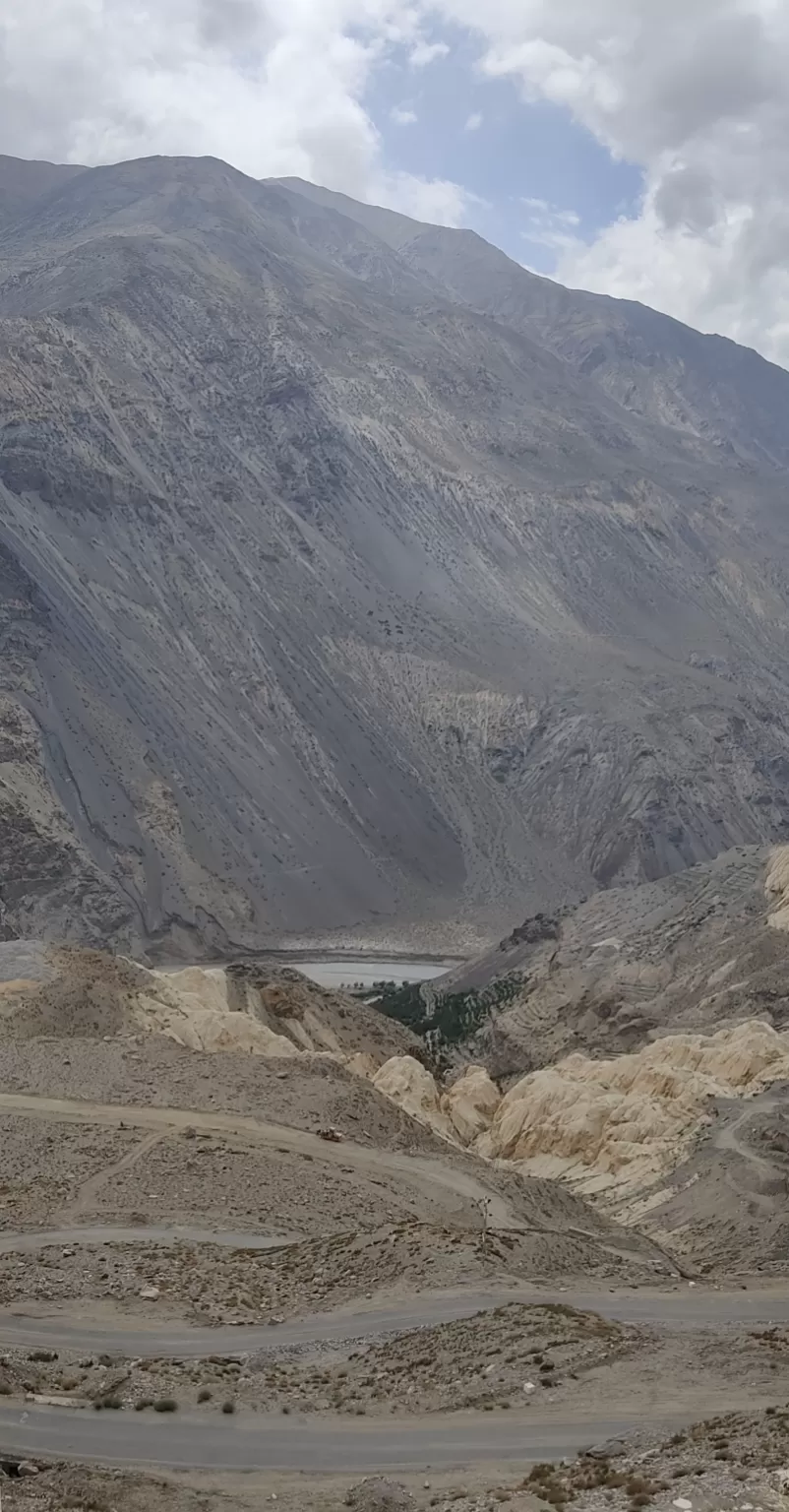
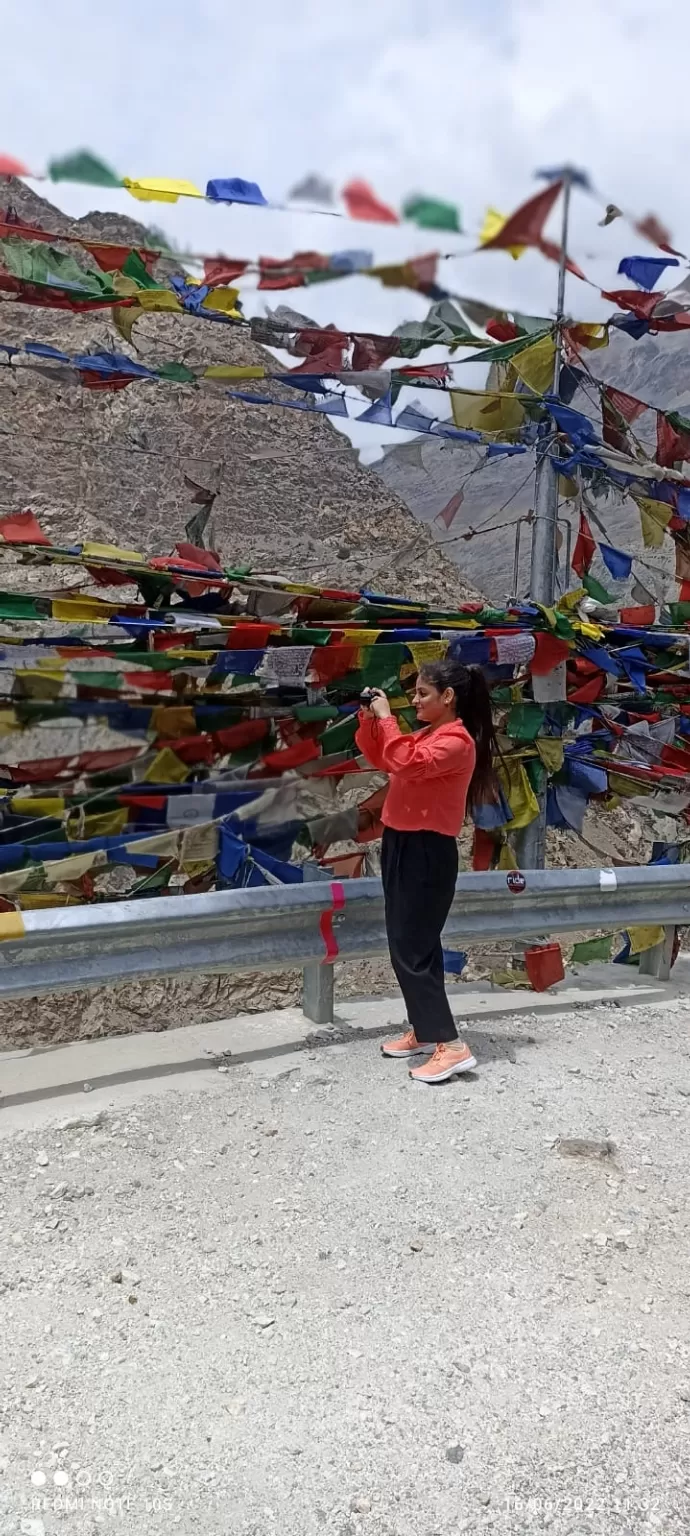
***
As you reach Sumdo, you'll make entry on the checkpost. Just about 2 km from Sumdo, you'll find a gate from where you'll enter the link road 9 km long which will take you to Gue monastery. This is one of the most scenic roads. The curvaceous road will take you to the top of hill where gue monastery rests in its peaceful abode surrounded by snow mountains nestled among the barren ones. The mummy here is of an old Buddhist monk dated to be of 1430 A.D. The mummy is naturally preserved without any chemical use.
After Gue we headed straight to Tabo. It was evening 6.00 by the time we reached. We decided to see Tabo in the morning and had a relaxed end to the day having tea and snacks and just soaking in the view from our balcony.
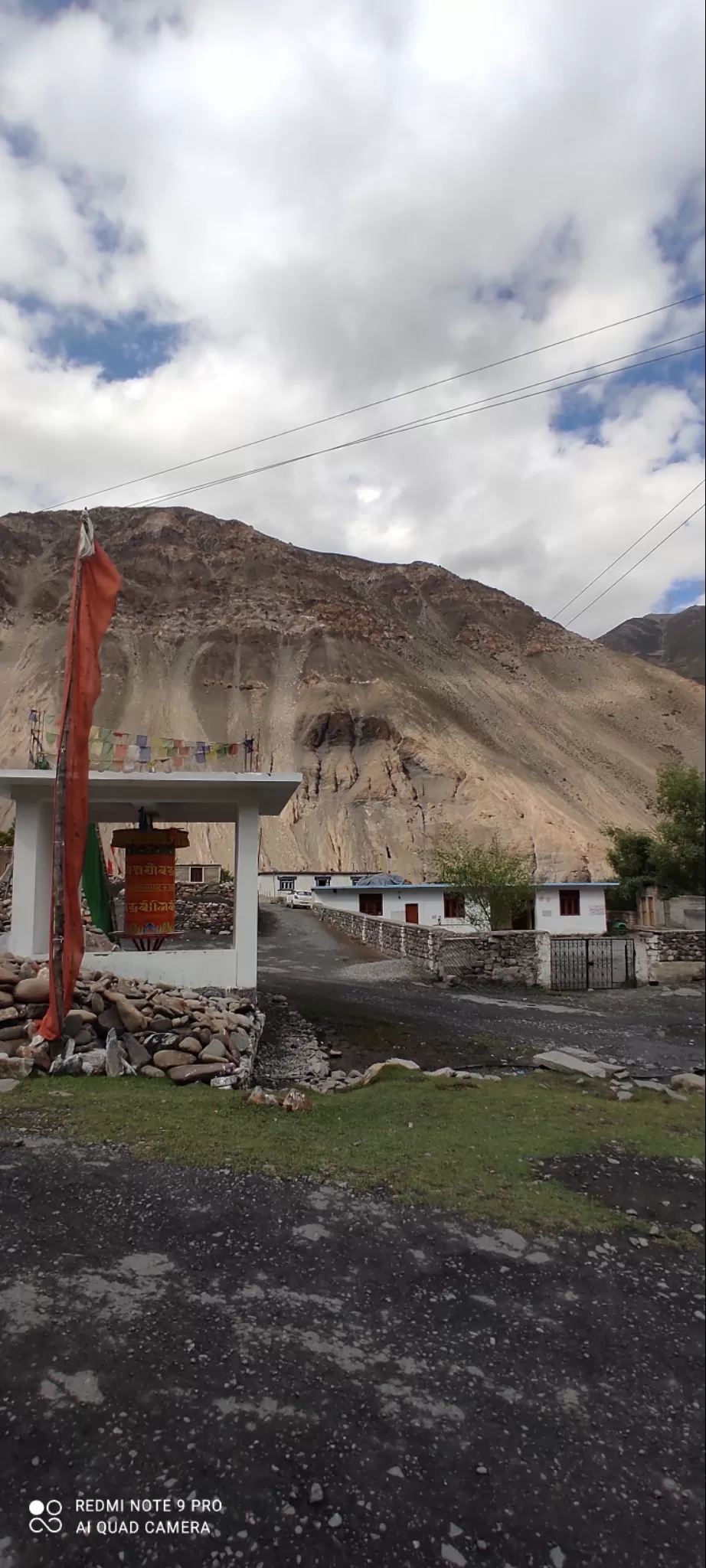
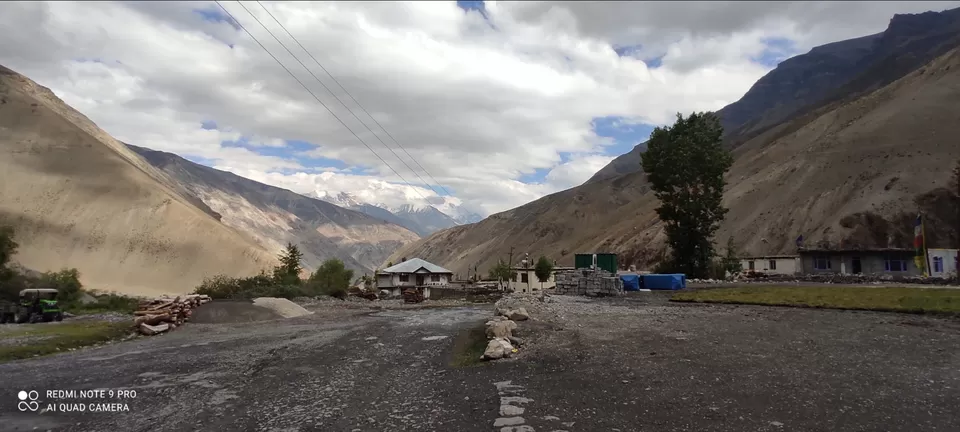
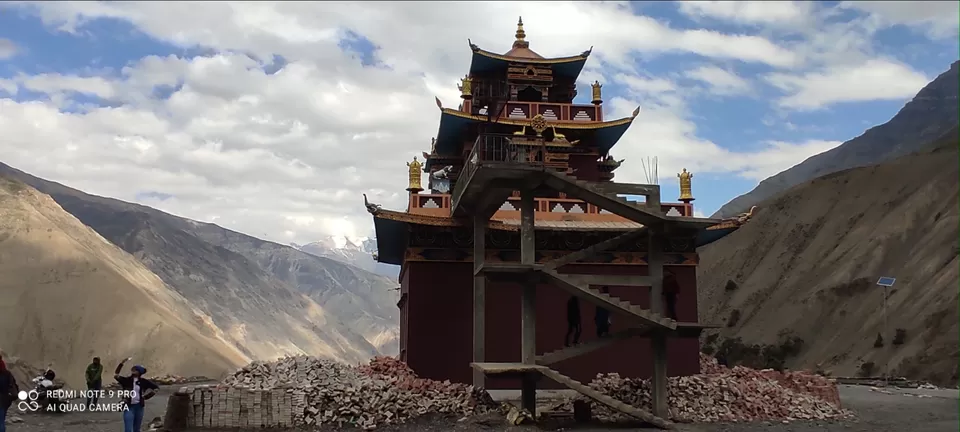
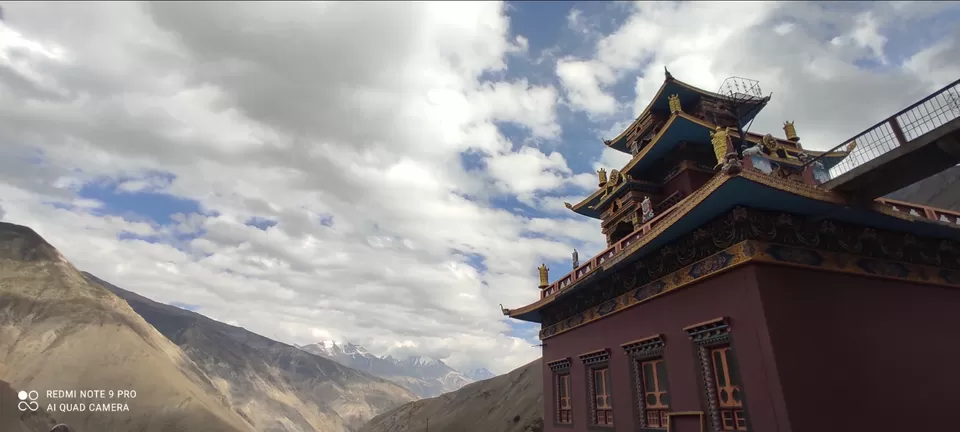
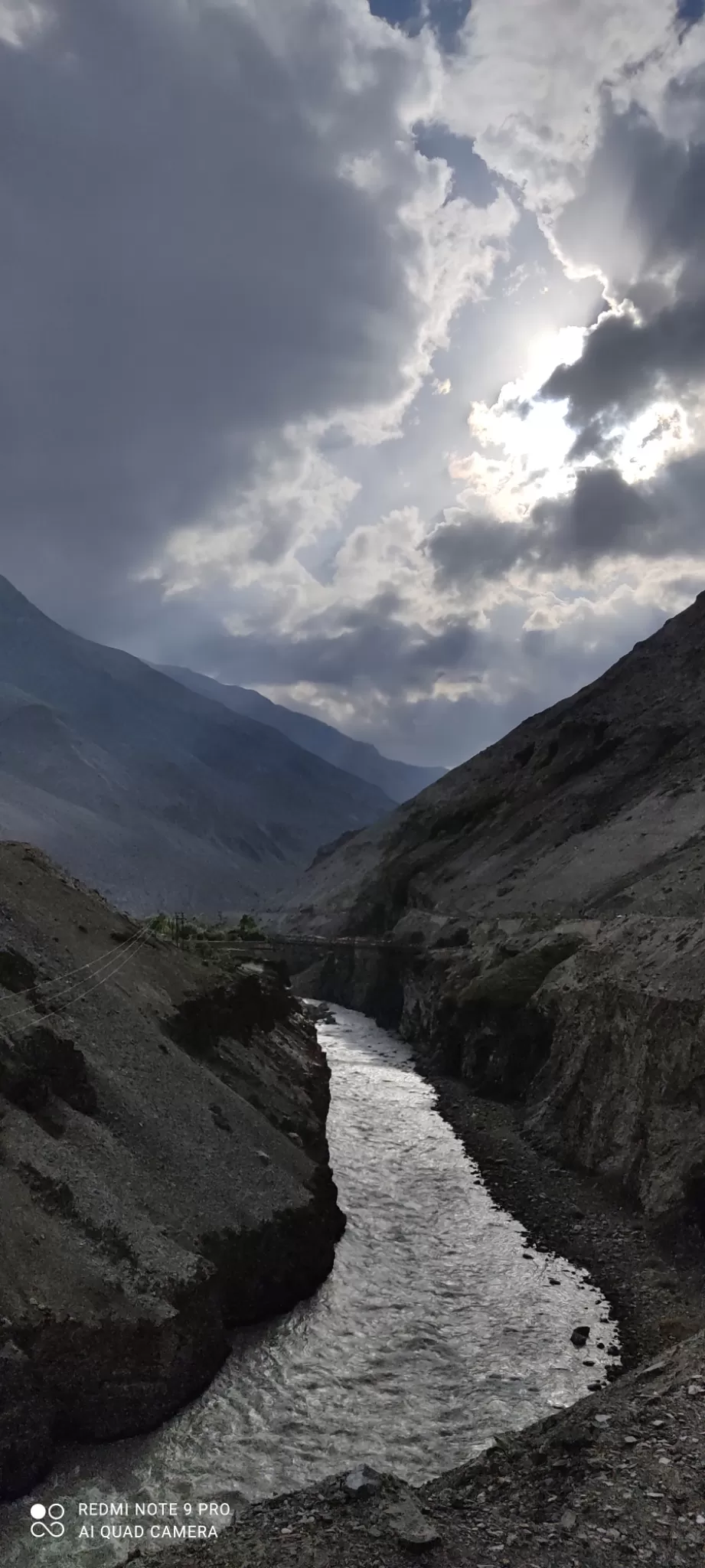
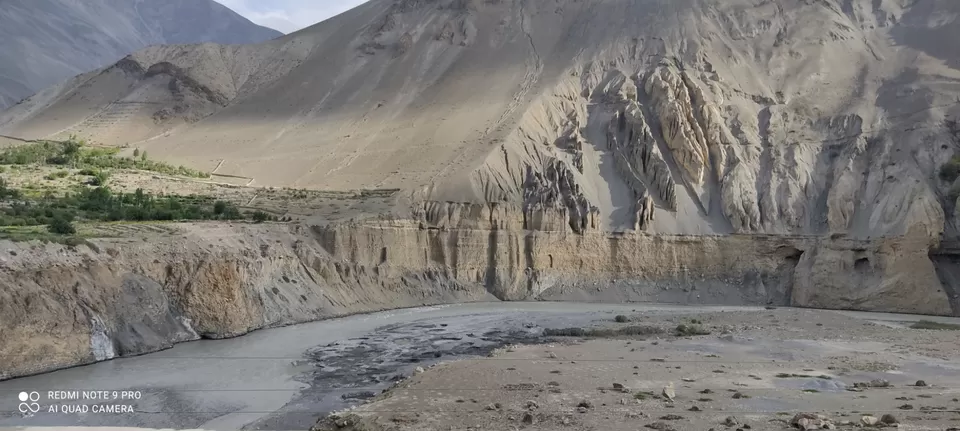
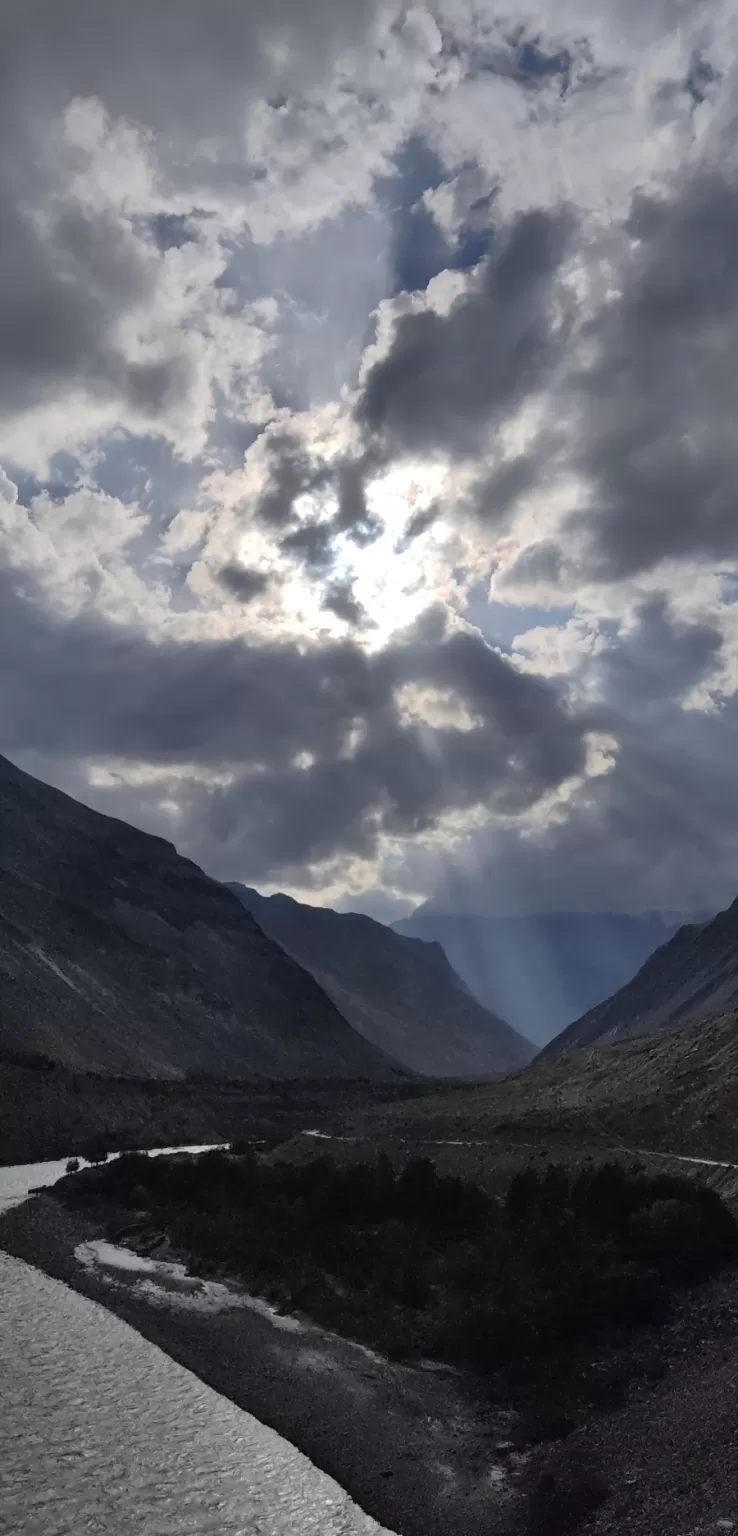
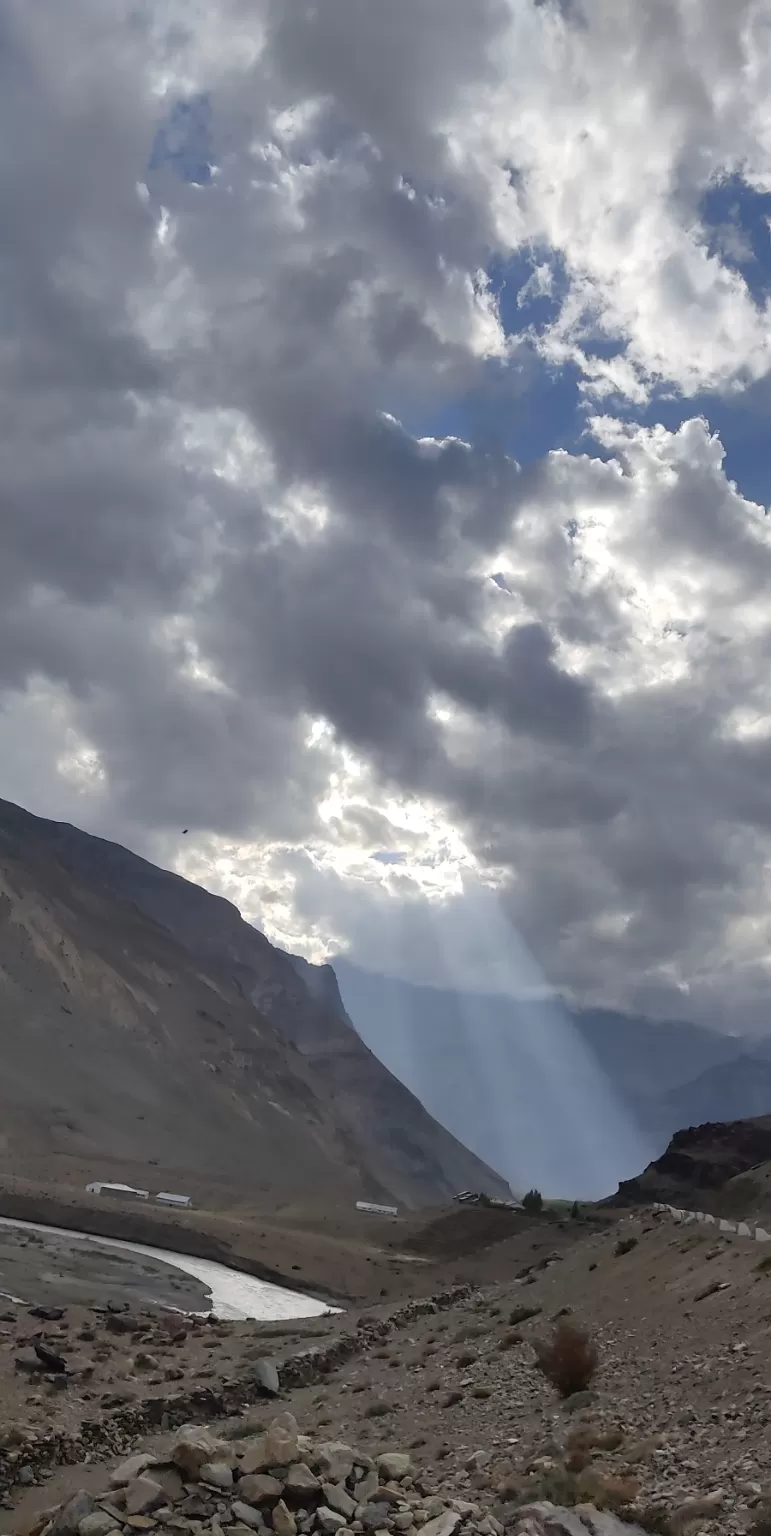
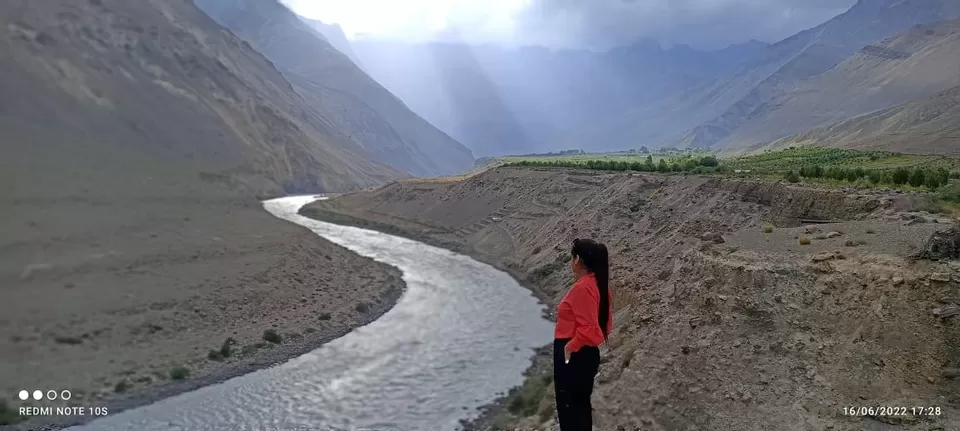
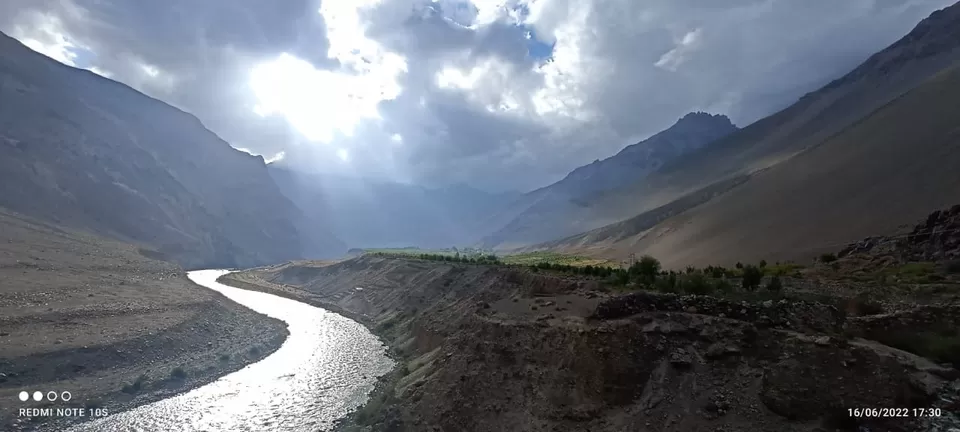
***
Day 3: Tabo to Dhankar to Kaza to Key Kibber ( NS at Kibber)
***
Places of interest:
***
Tabo monastery and Tabo caves
Dhankar monastery
Kaza monastery and local market
Key monastery
Kibber village and Kibber wildlife sanctuary
Chicham bridge
***
Tabo is a very small town and our hotel was conveniently placed from the tabo caves and monastery. I just had to hike up around 100 or 150 m from the backyard to reach the caves. I did the hiking as the morning walk. From the height of caves, the view of entire Tabo town was a sight to behold. These caves are very old and were used by buddhist monks to dwell and meditate. The sandy mountains can be treacherous and can cause you to slip so I did not go to each and every cave and limited myself to the easily walkable ones. Then we freshened up, had breakfast and walked up to the monastery. The walk was again a relish of the views of apple orchards. Tabo monastery is very old (996 A.D.) and is made of soil. Its dark inside and you are given torch to look at the wall paintings. There is a library and museum as well and a few souvenir shops around. After imbibing the peace and positive vibes, we went back, checked out and headed towards Kaza.
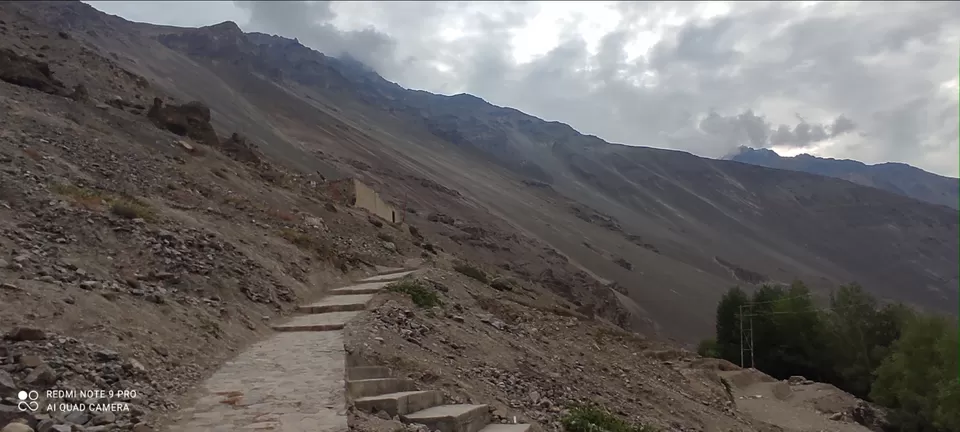

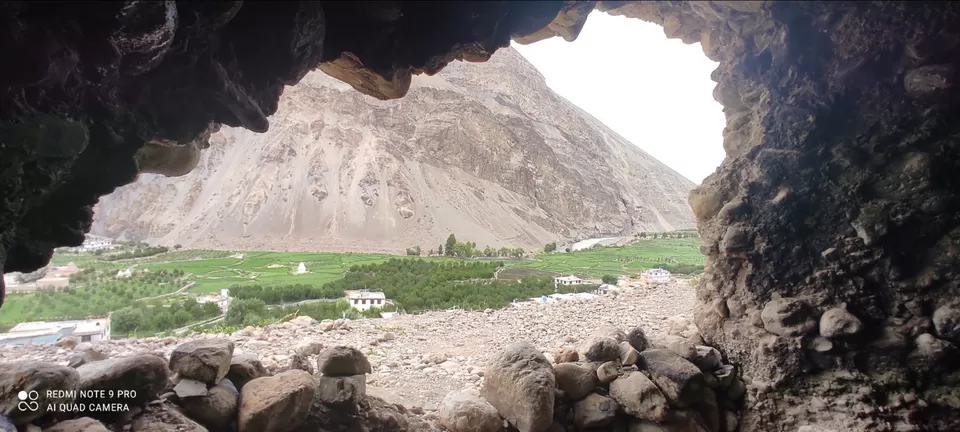
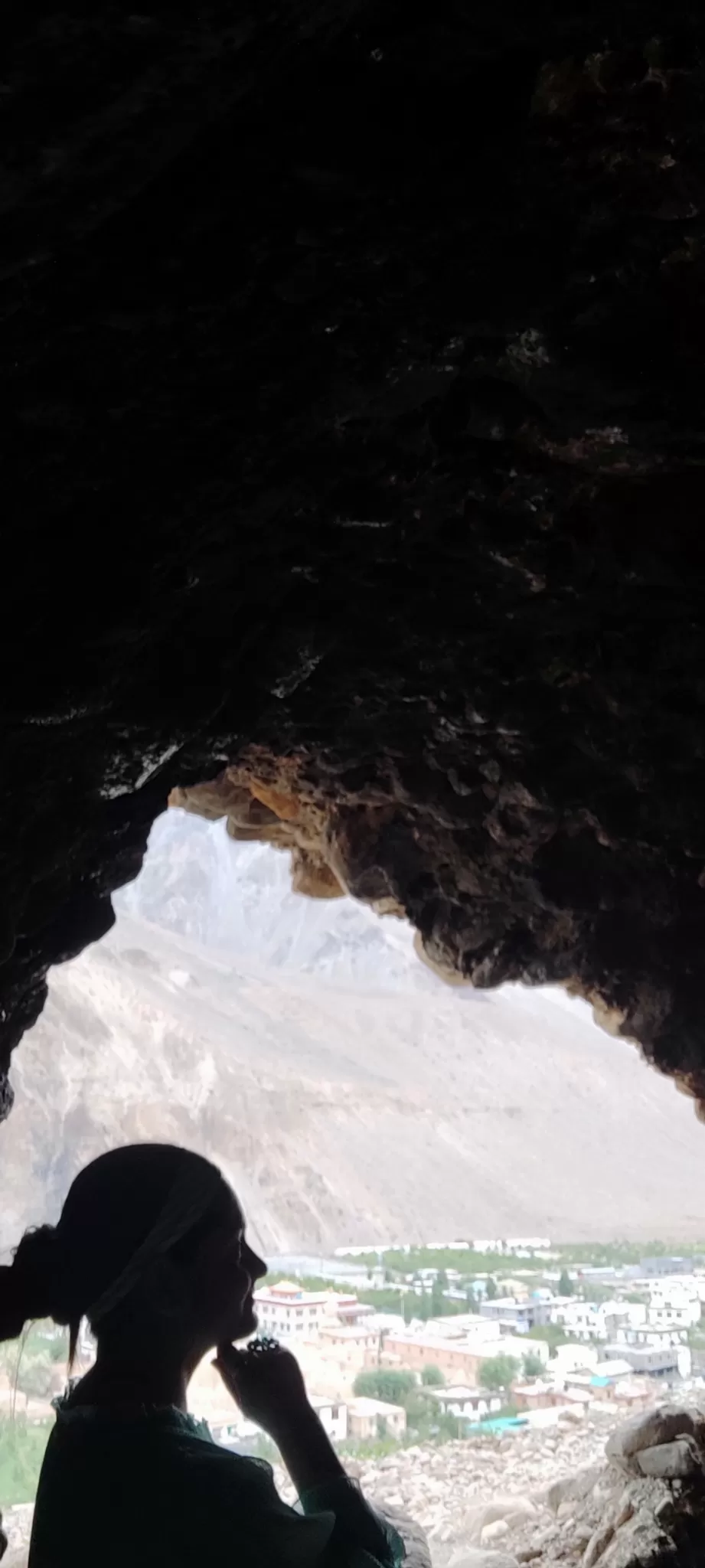
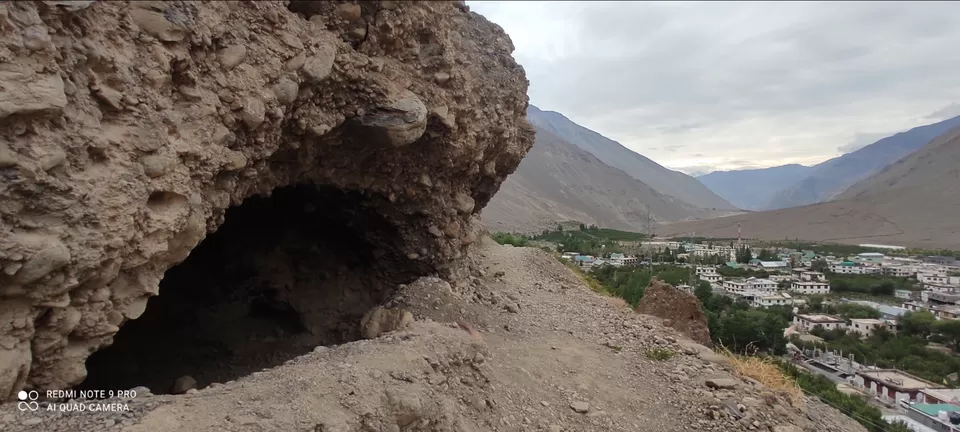
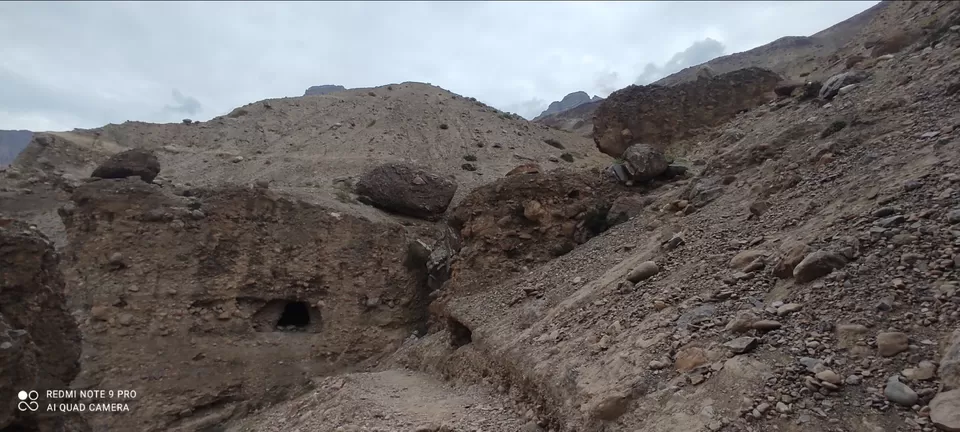
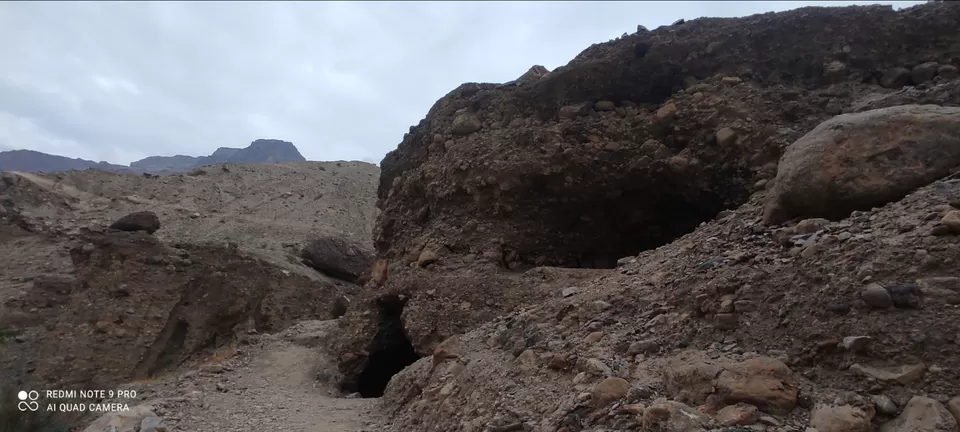
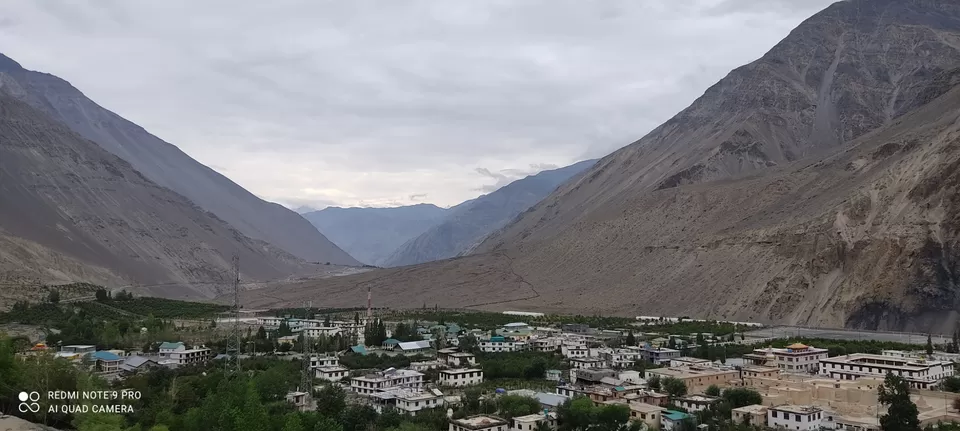
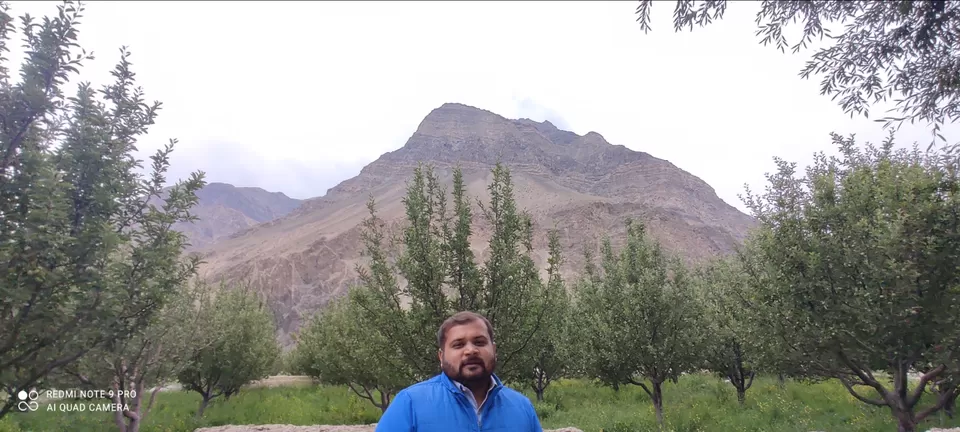
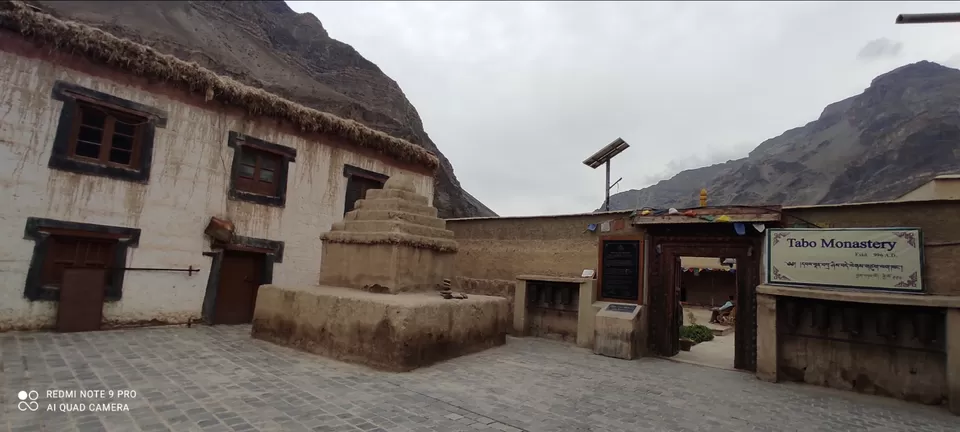
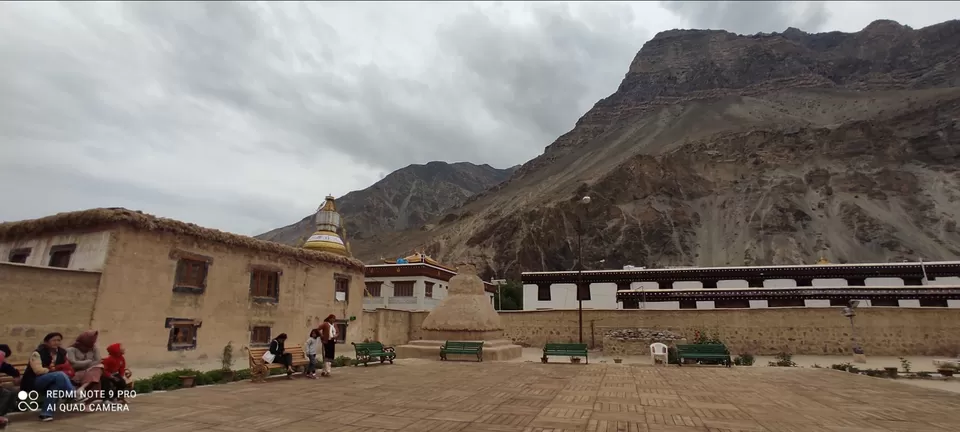
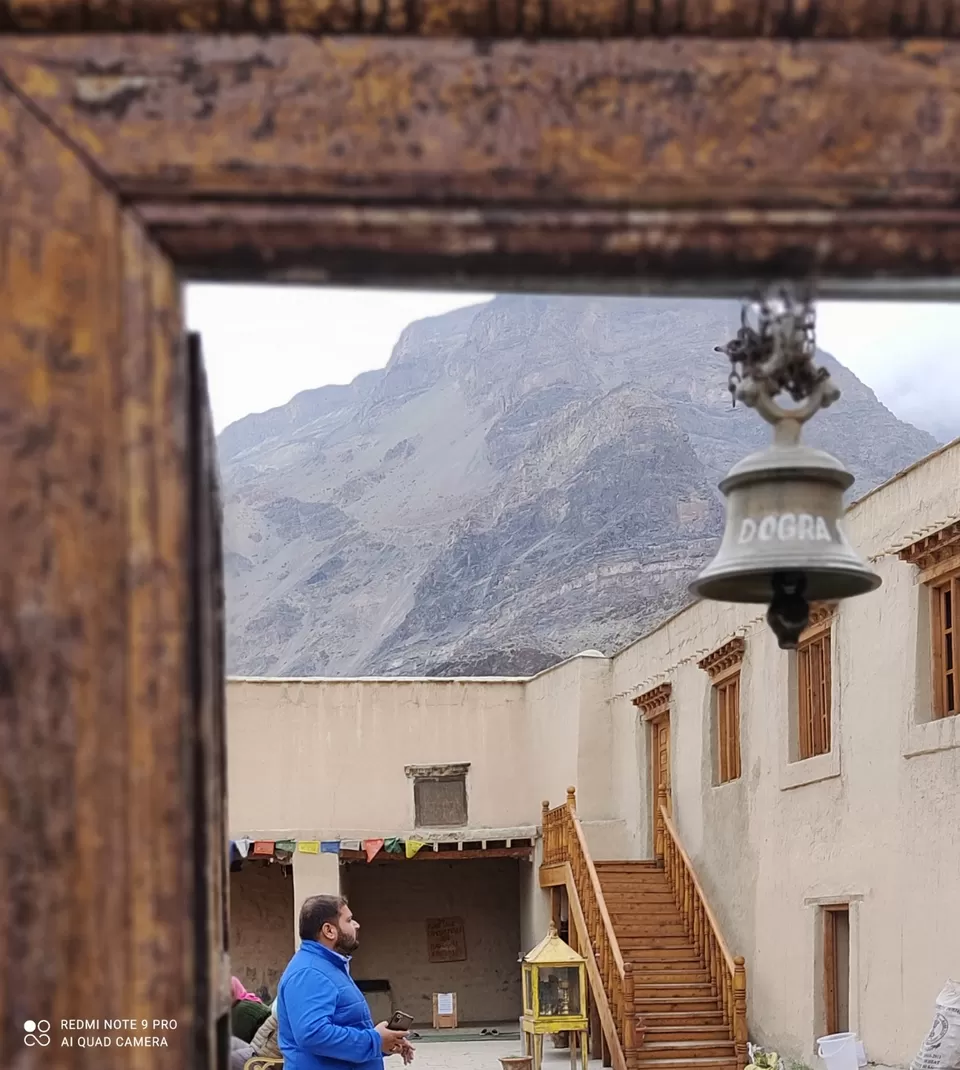
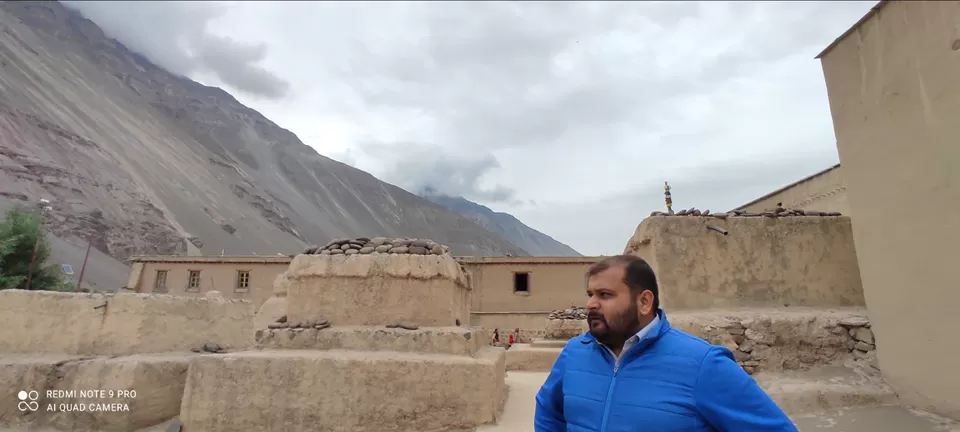
***
Between Tabo and Kaza, there is a place called shichling from where there is a link road with hair pin bends to Dhankar monastery.Dhankar monastery is 2nd highest in the world after Key monastery. Road takes you to the topics of cliff where the monastery sits atop at the edge of steep cliff. Dhankar monastery is again very old and has been declared UNESCO World heritage sight. Owing to the decrepitation over the period of time, there is a new monastery under construction near the old one. A few meters above the monastery there is a view point from where 360 degree view of valley crisscrossed by the river can't be put into words. Then there is Dhankar lake also at a hike of 2.5 km which we chose not to do.
There is no need to retrace back the path to kaza as there is another road forward from the monastery which saves you 7 km compared to the road from where you'd come. There are two roads forward, one takes you to Lalung monastery and the other to Kaza. We skipped the Lalung monastery as it would have taken considerable time and headed straight to Kaza.
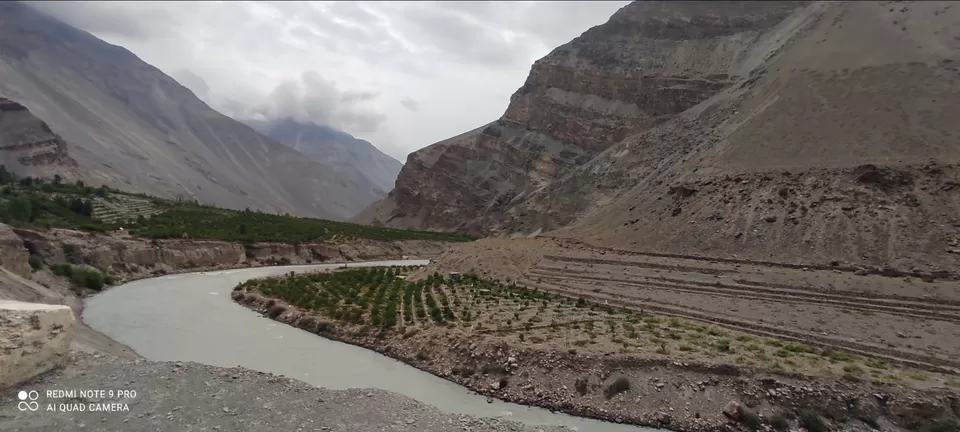

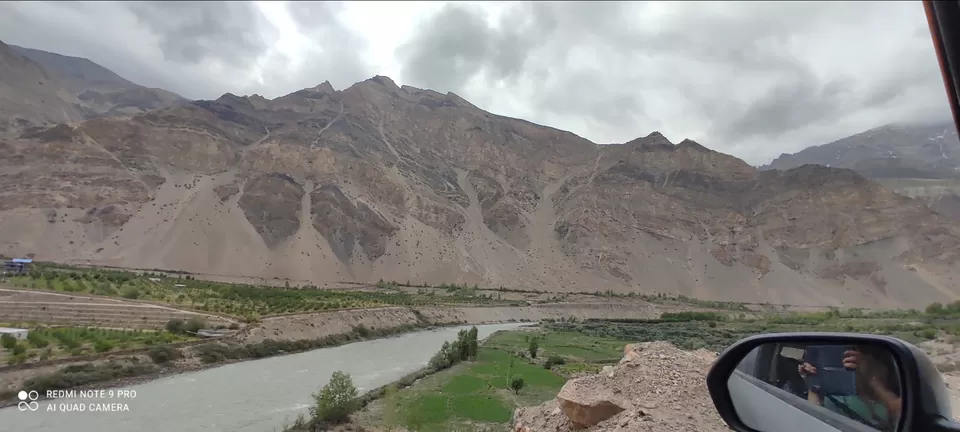
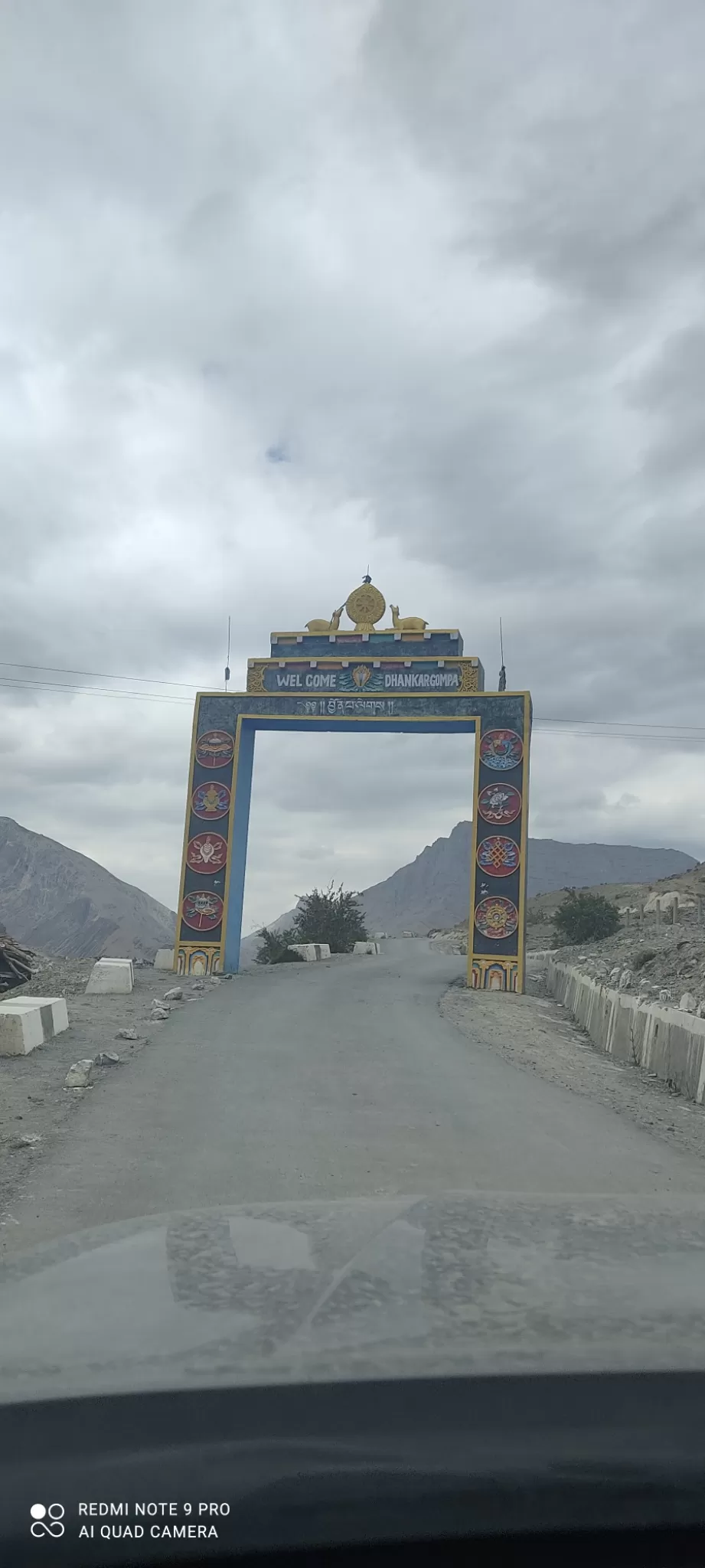
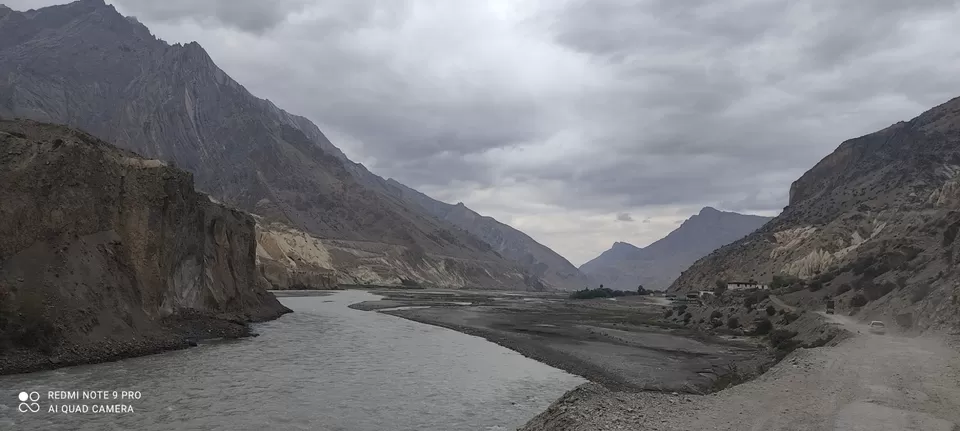
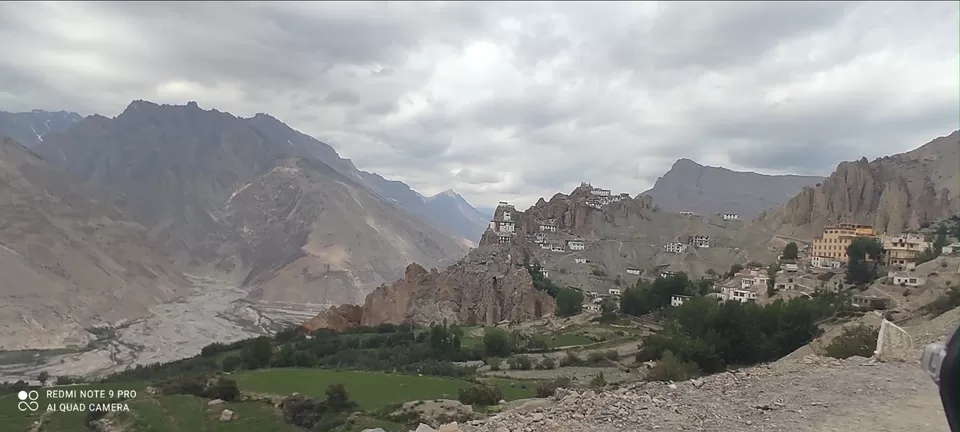
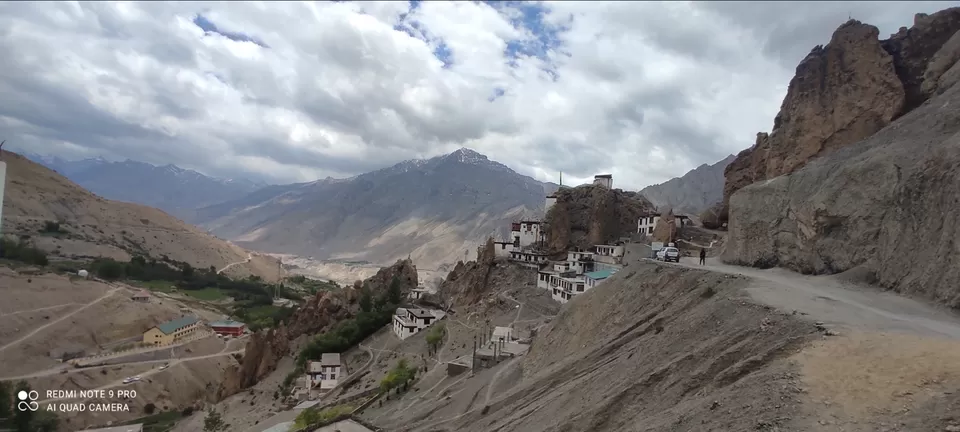
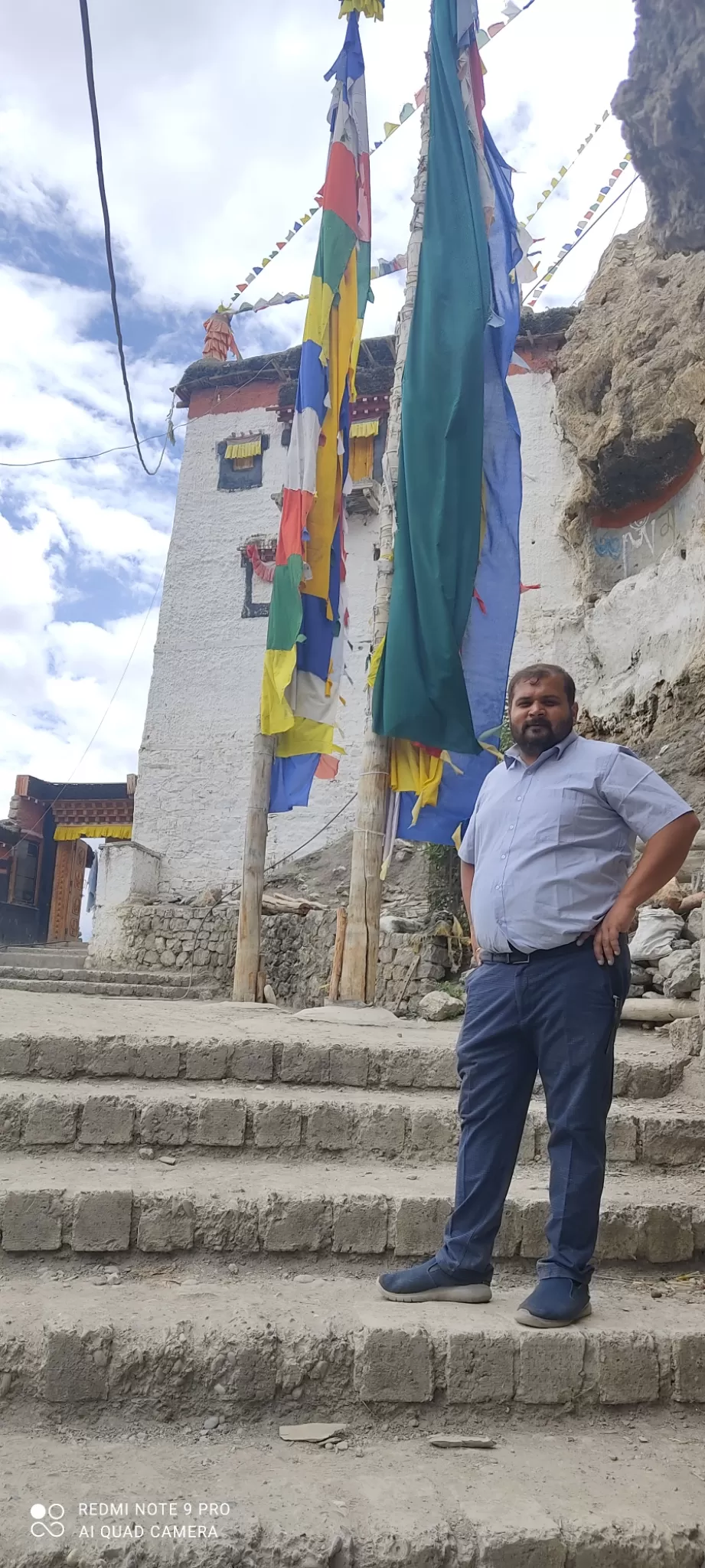
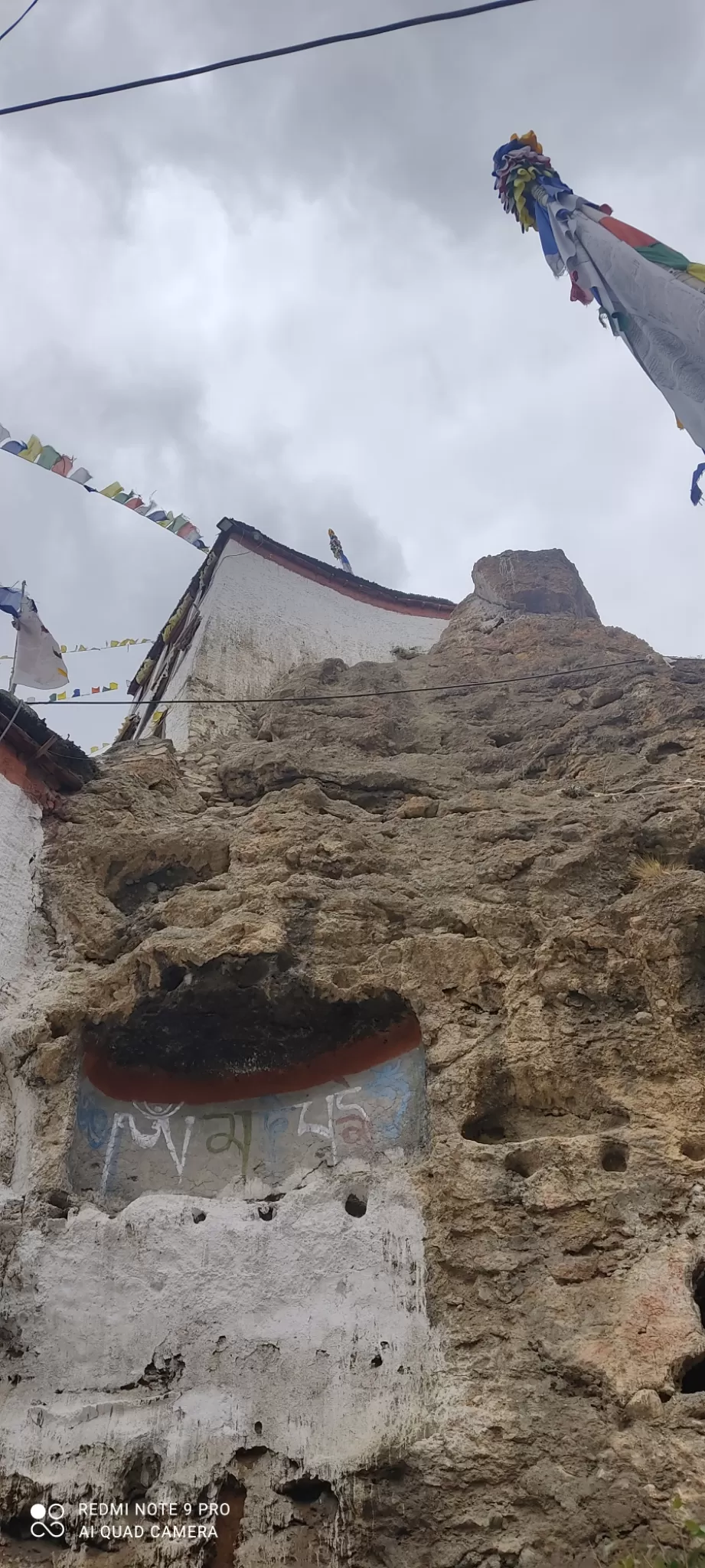
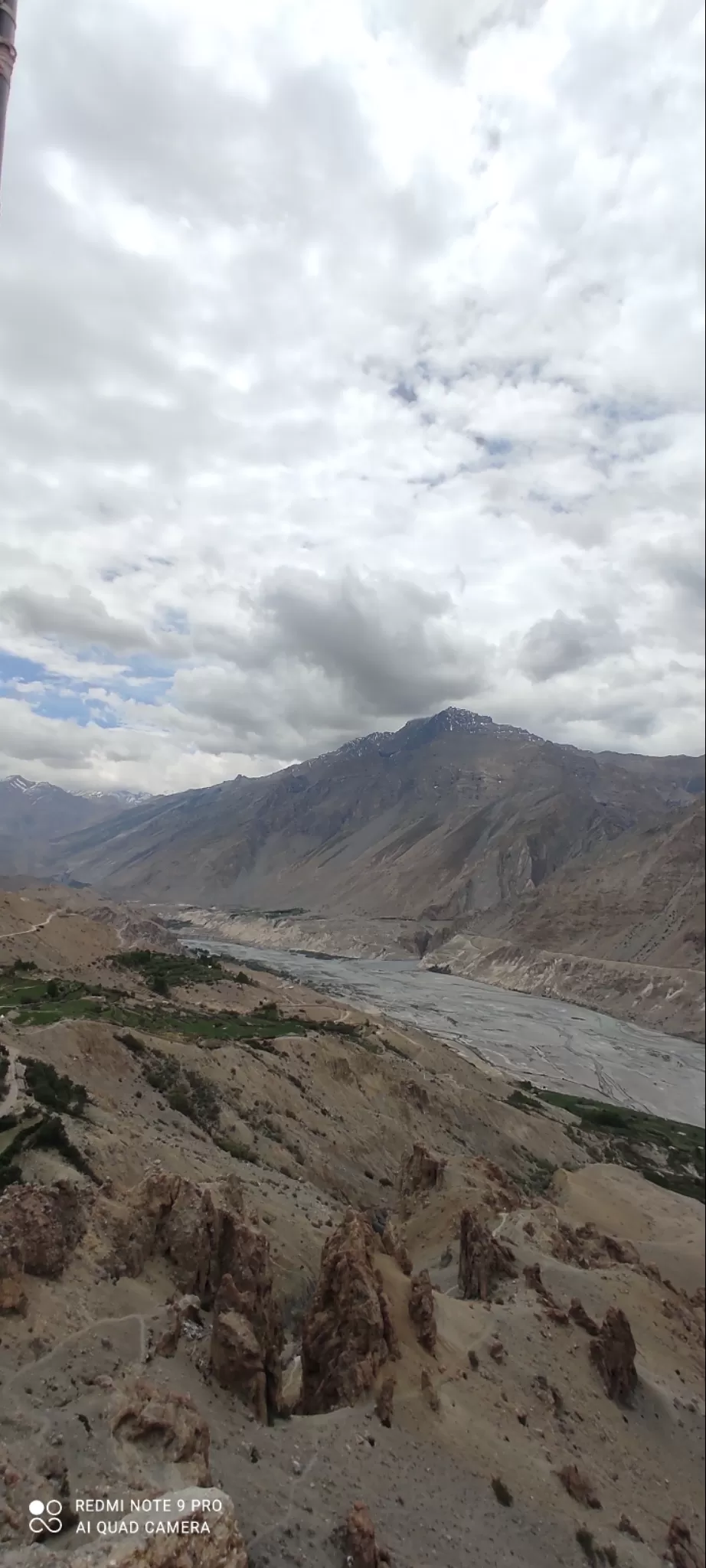
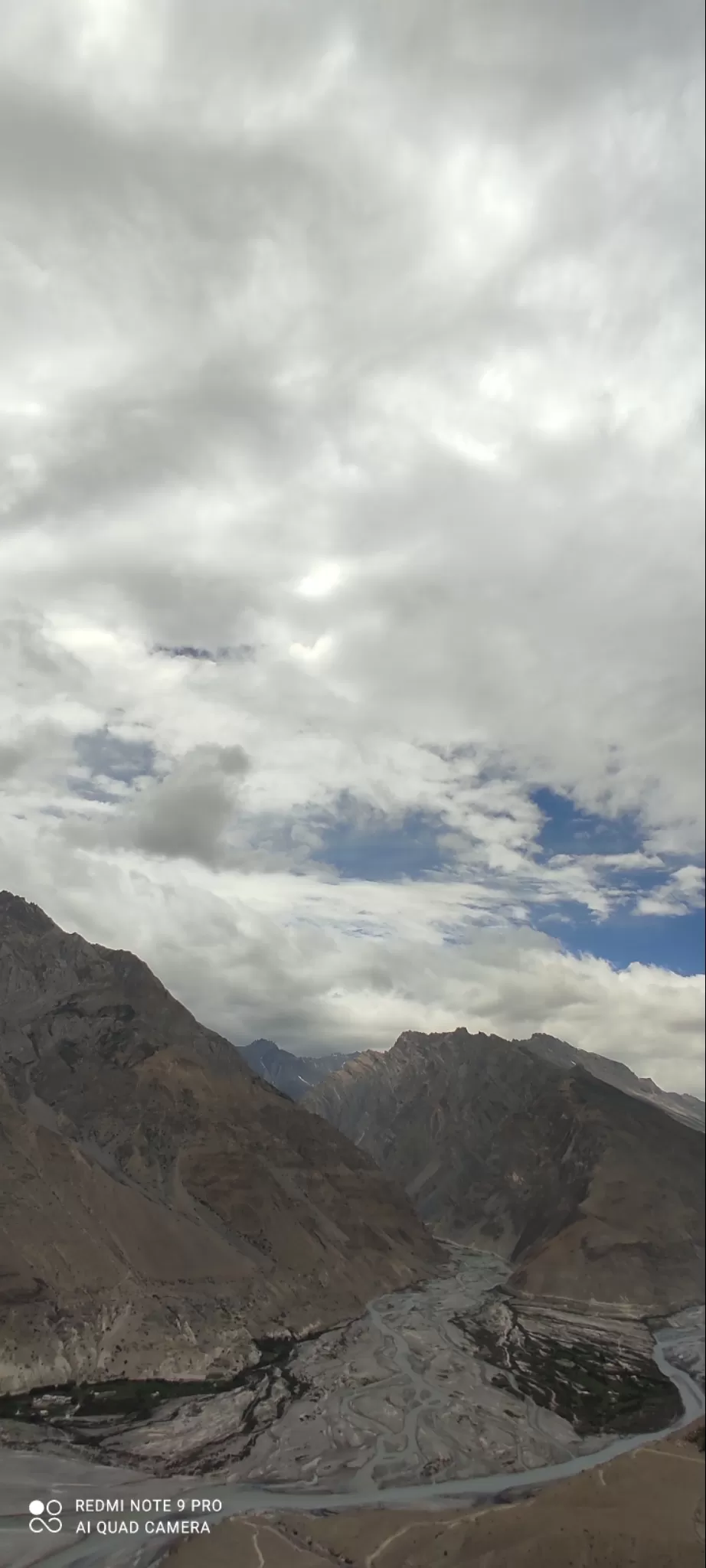
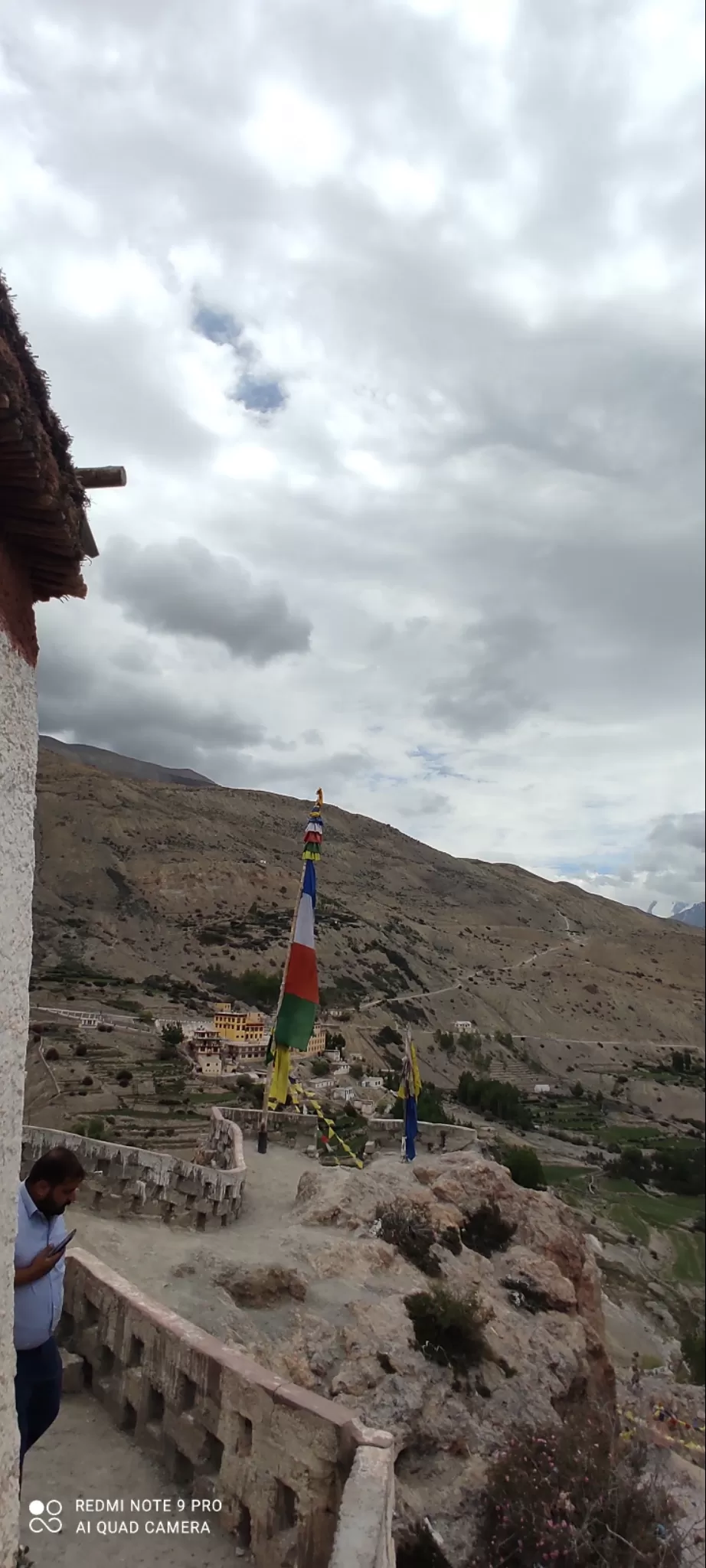
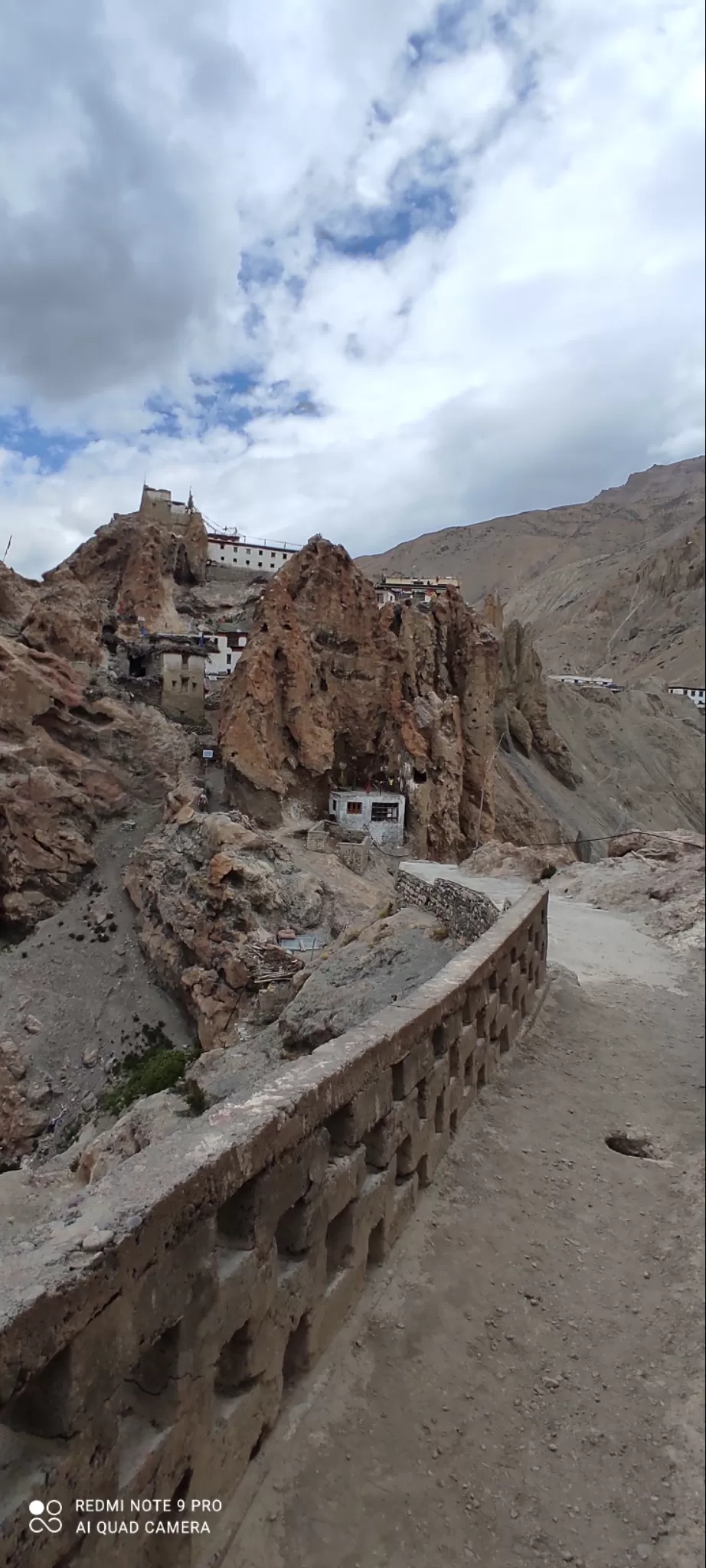
***
I would reiterate that the journey throughout was as (or rather even more) beautiful than destination.
We reached Kaza in the afternoon, made a small hault, had lunch, had a look at the monastery and continued our journey to key village and monastery. Key monastery was hubbies favourite. It was again atop at the edge of cliff. It is the highest monastery in the world. The views are breathtaking. There is the main temple, a library and meditation caves inside. The monks also offer tea and sattu to every visitor.
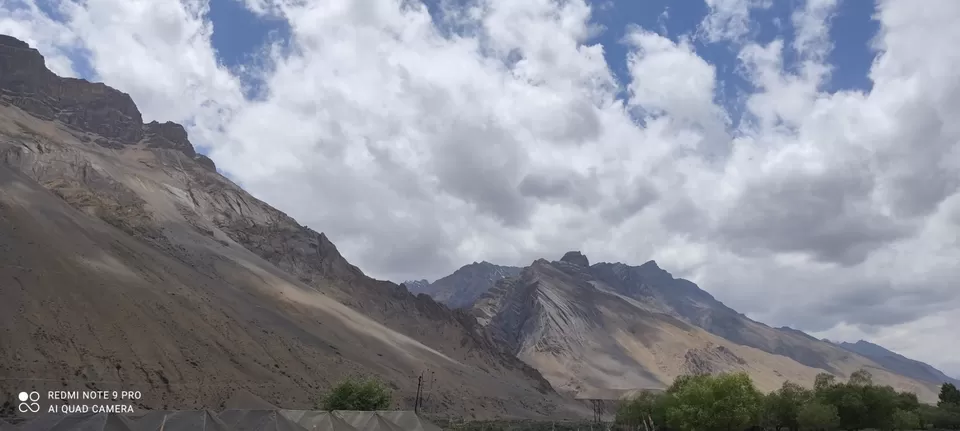
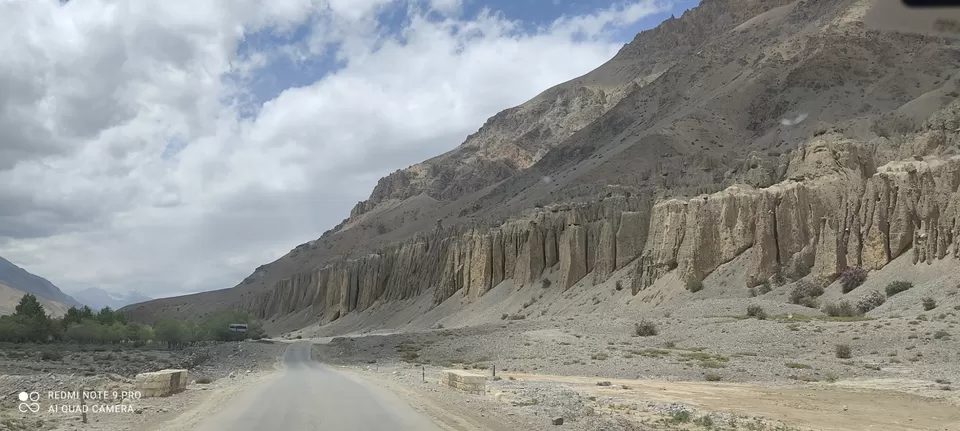
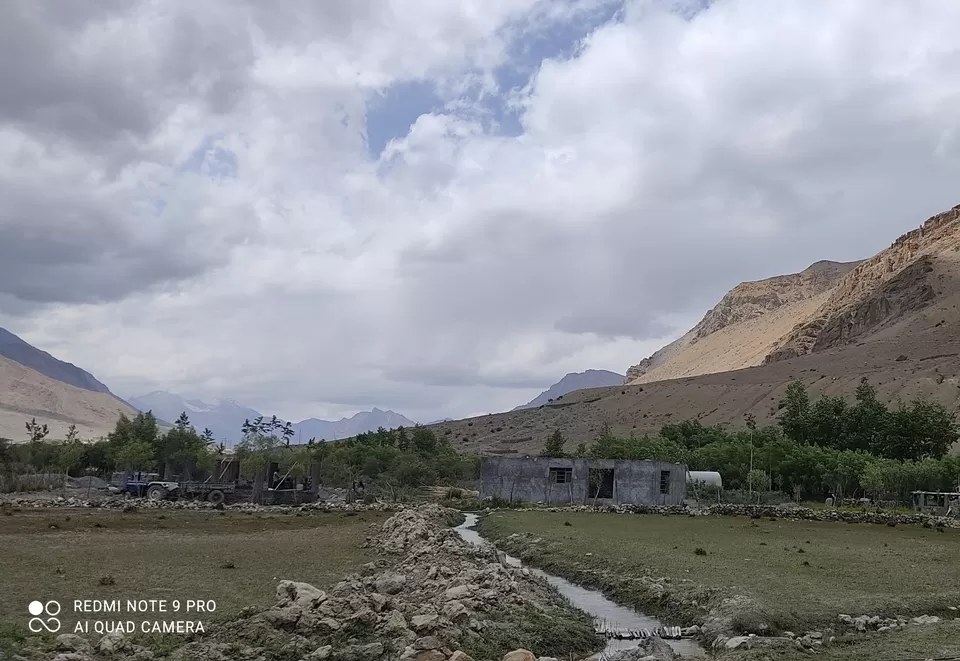
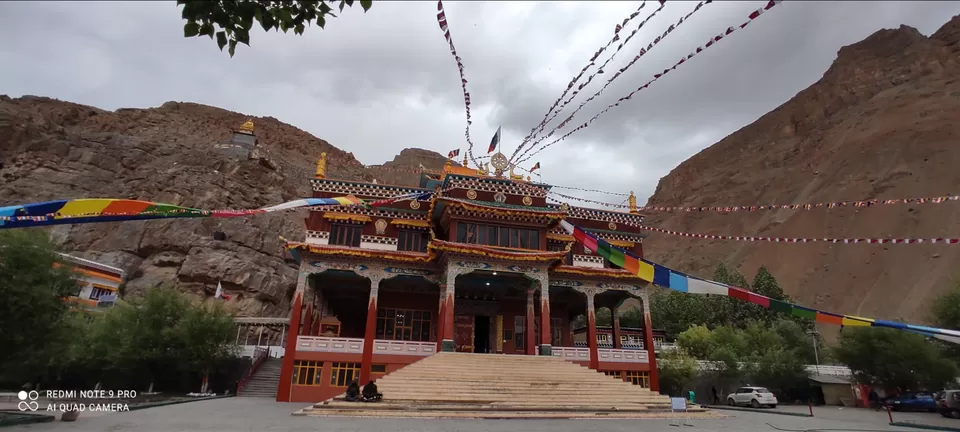
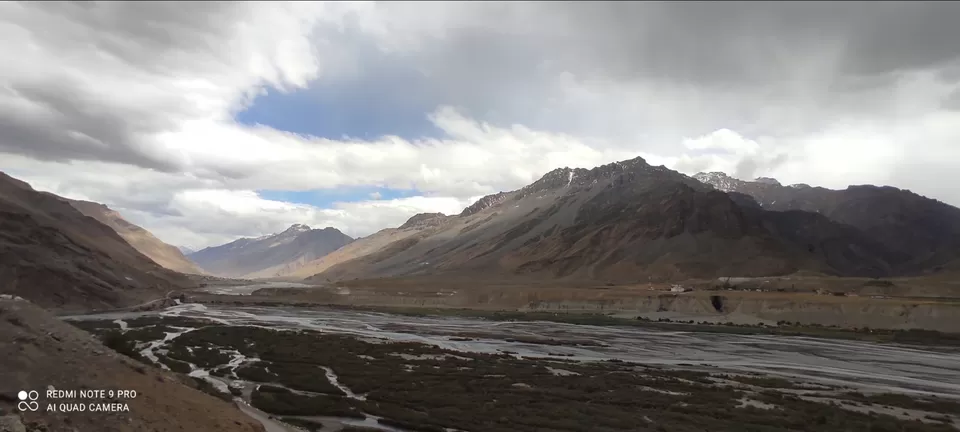
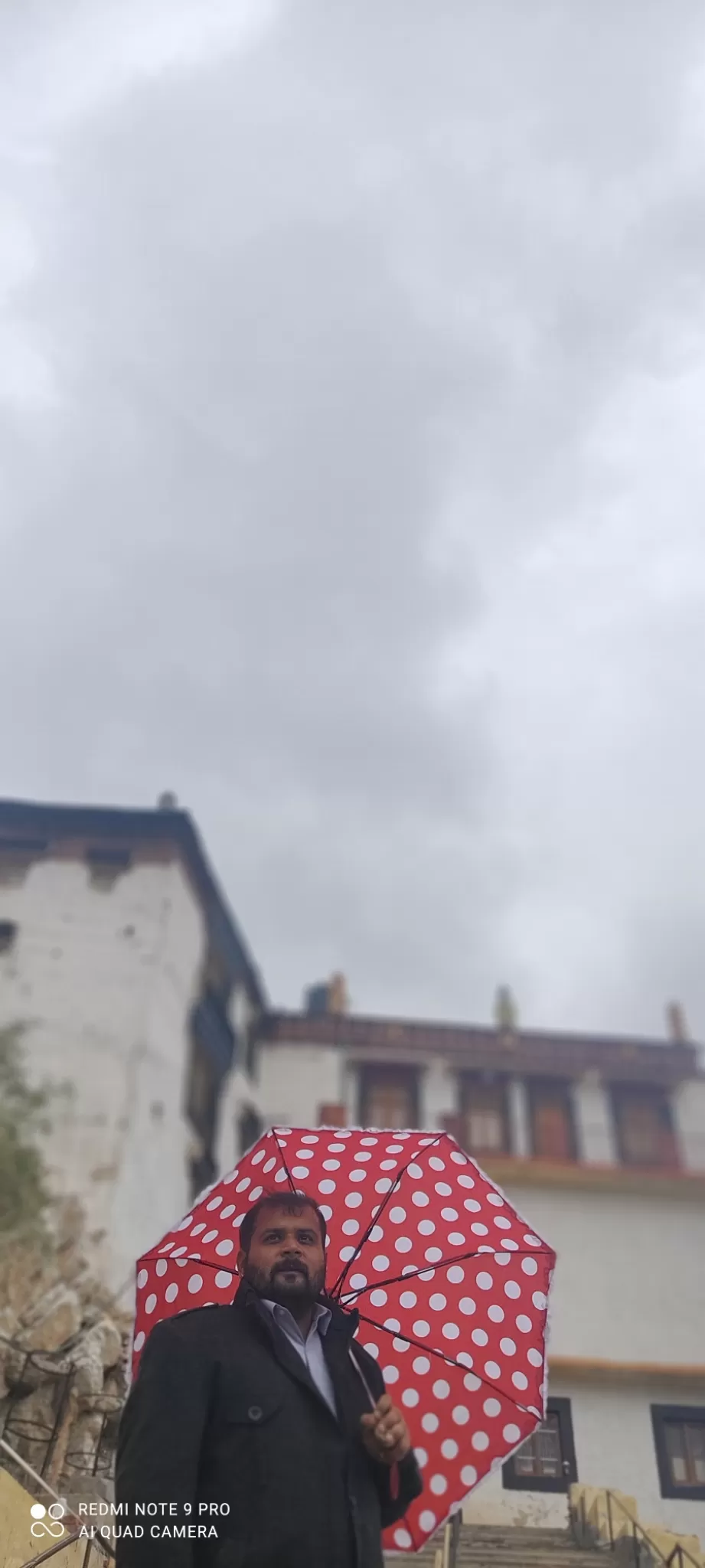
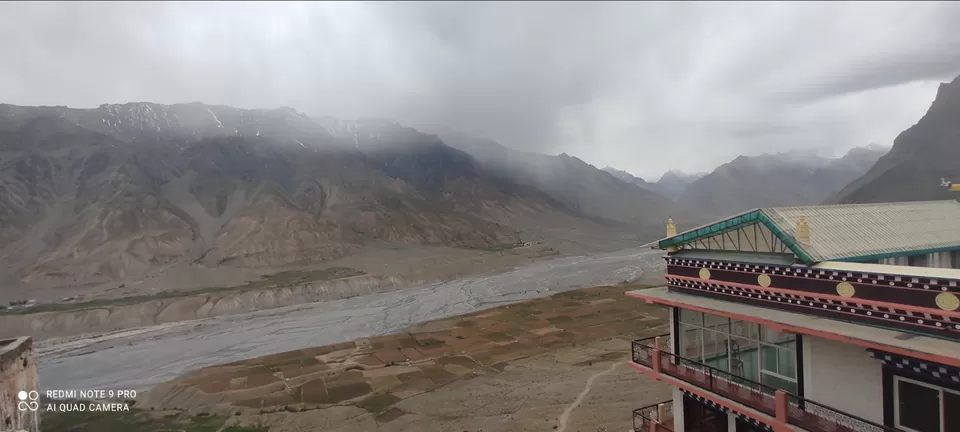
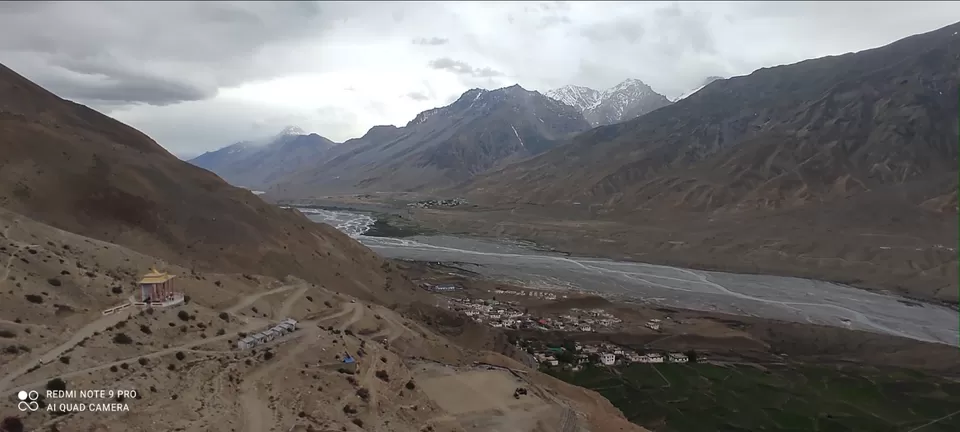
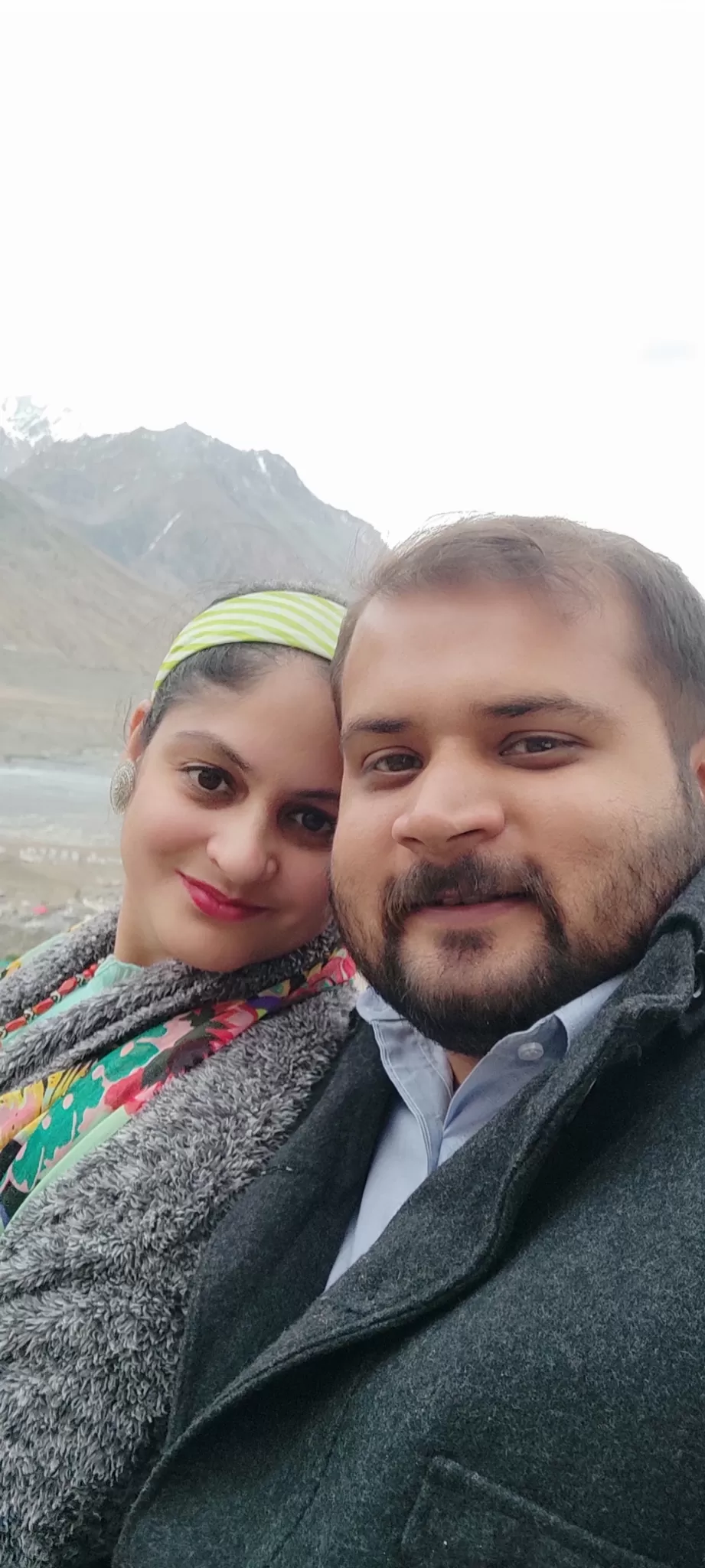
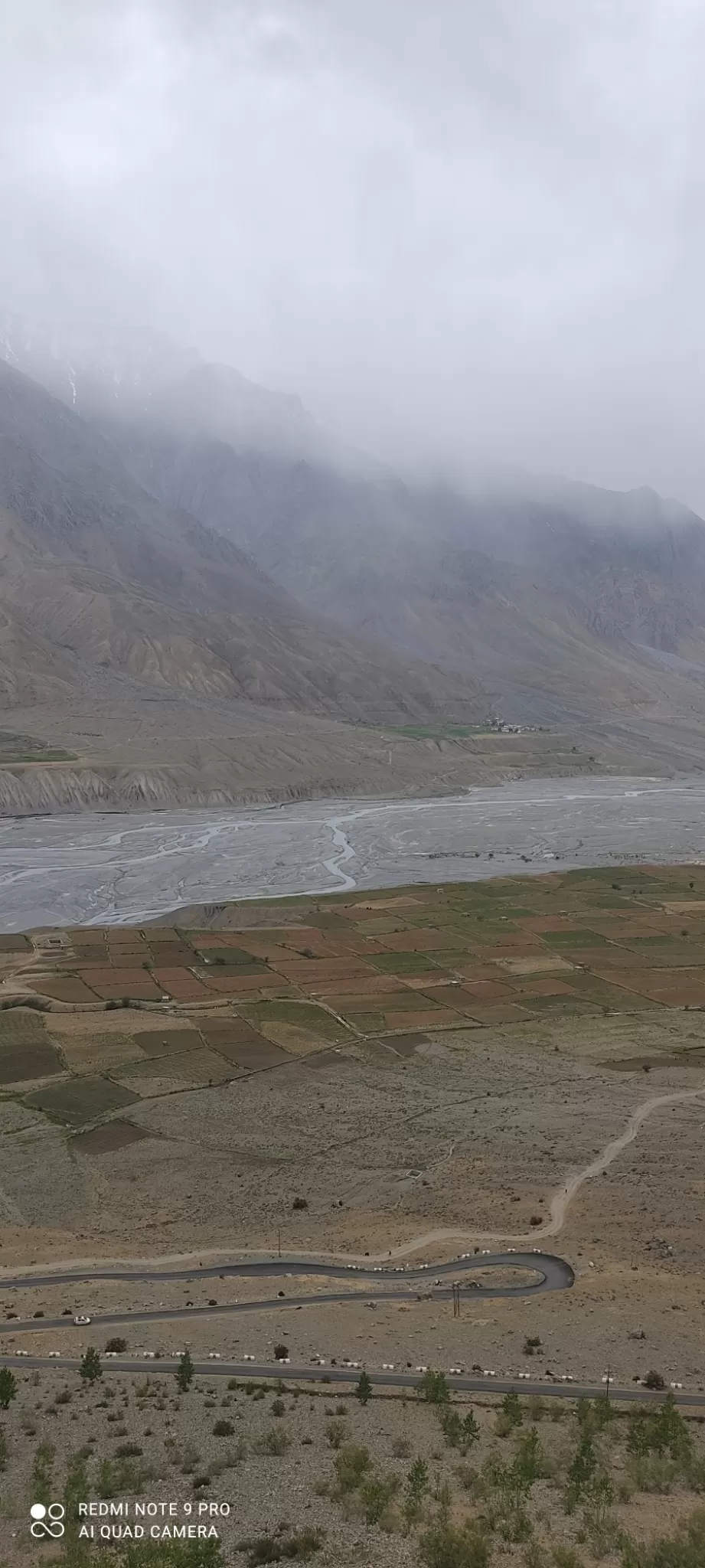
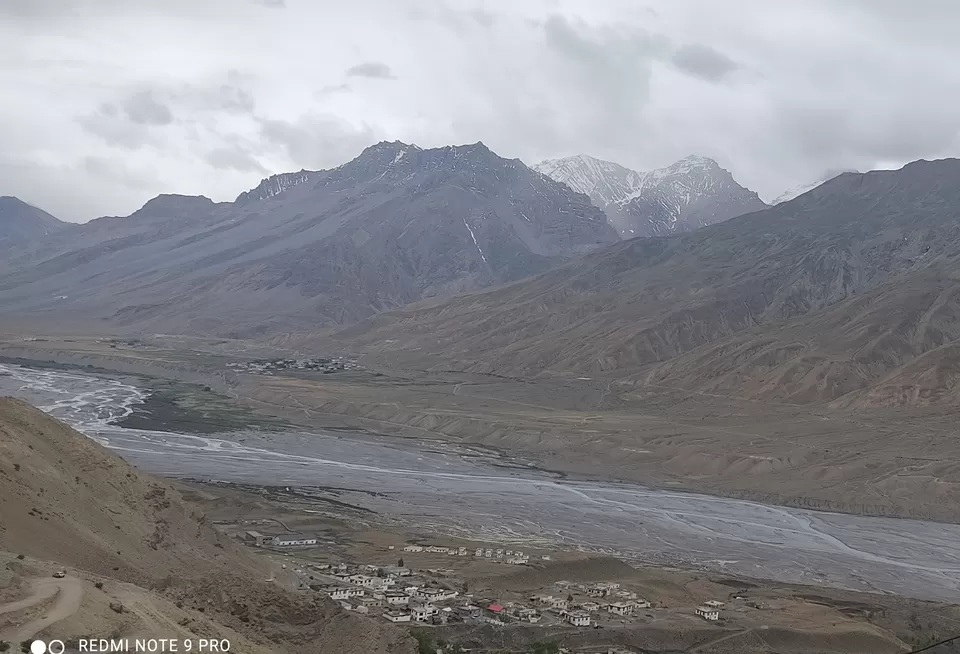
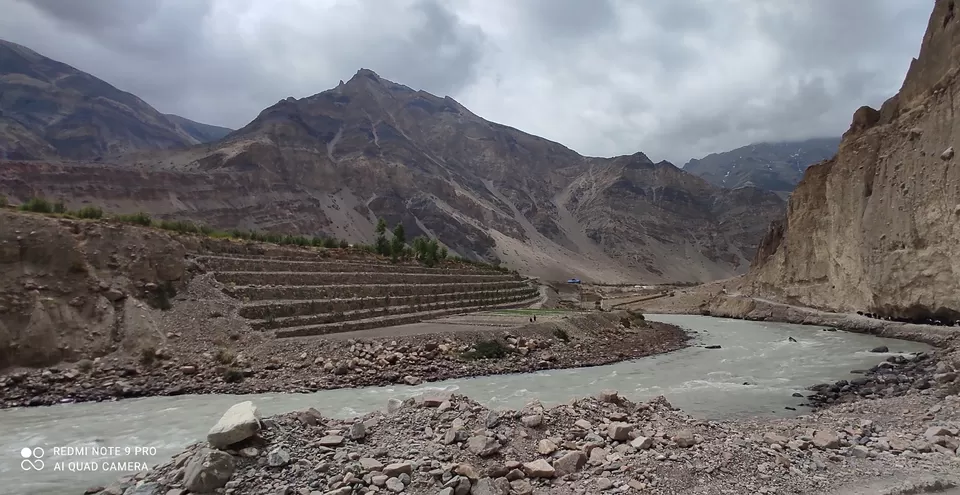
***
After spending some good time there, we went to kibber village where we had booked a homestay for night. We enquired at the homestay about chicham bridge which is the highest suspension bridge in Asia. It was just 3 km from there. So we decided to cover the same before settling at the homestay.
From the terrace of our room, the entire kibber village could be seen. Kibber is anyways a very small village with not more than 30 houses approx. The view was beautiful and there was chill in the breeze. ( It was -3 degrees the following morning when we checked out )
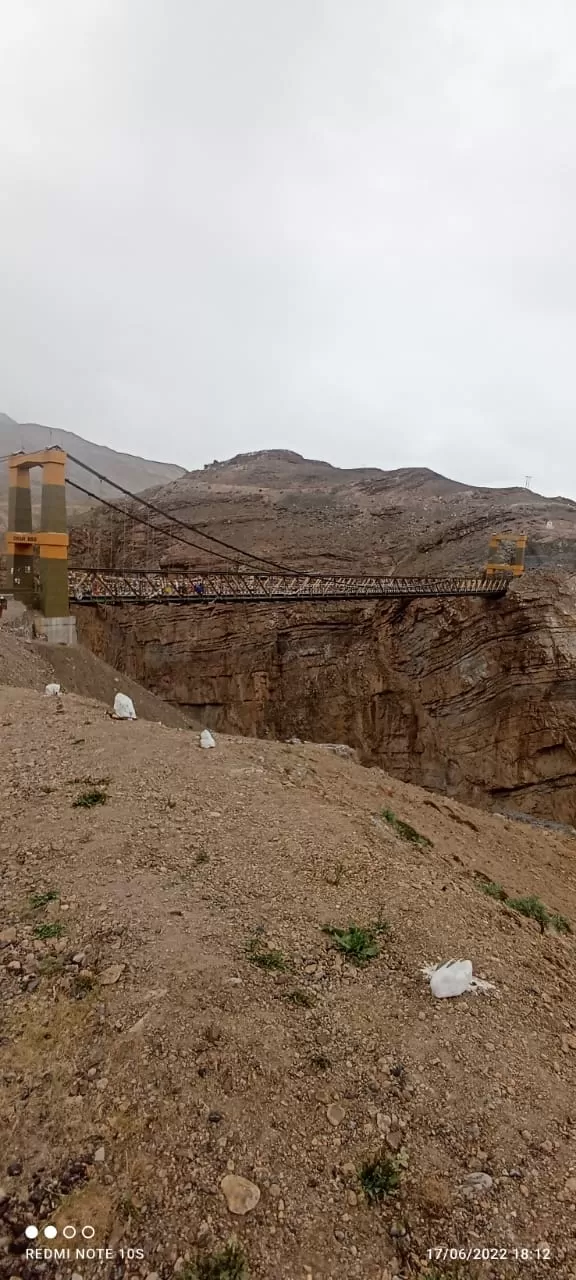
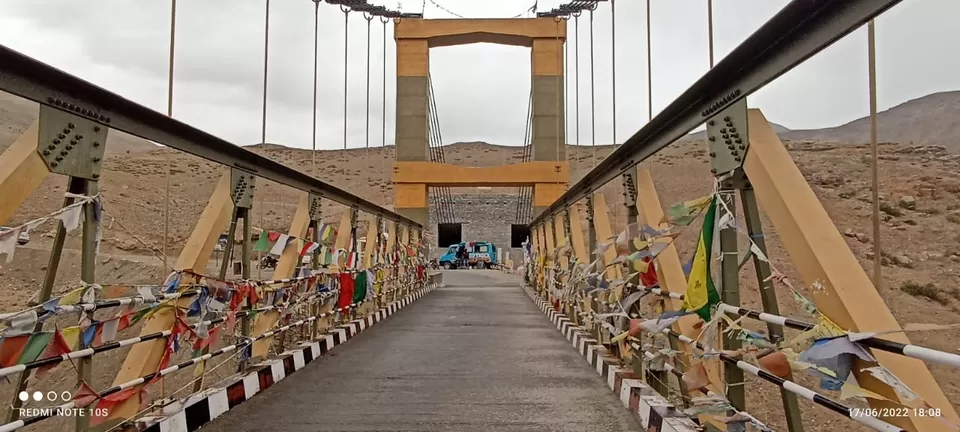
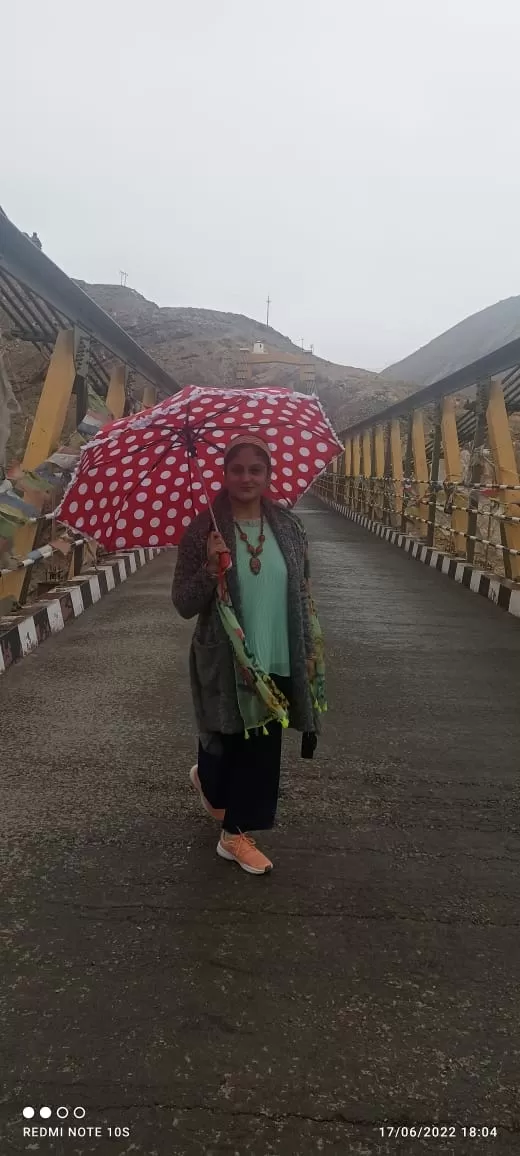
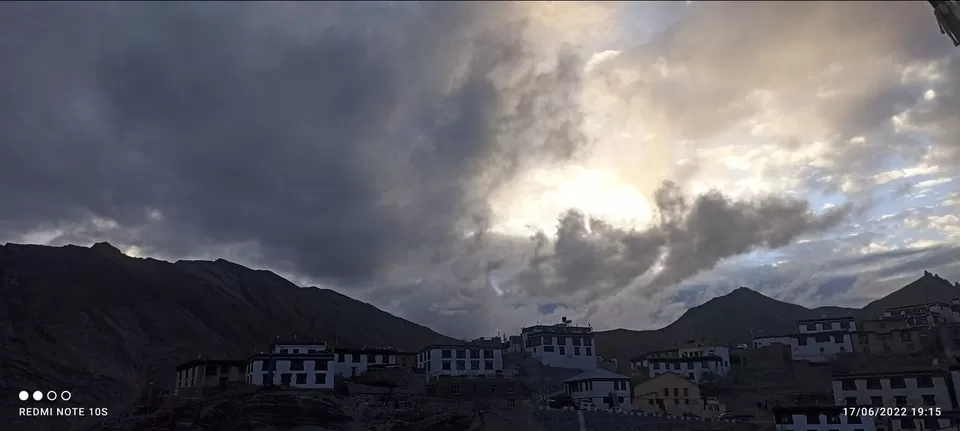
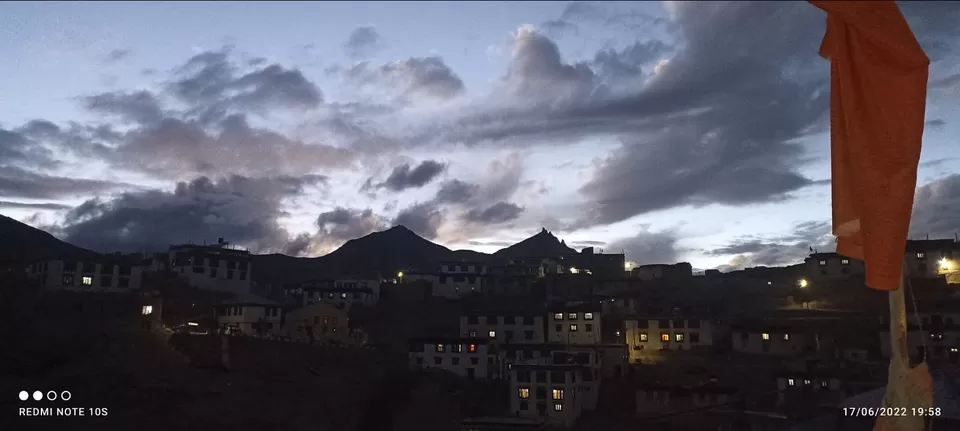
***
Day 4: Kibber to Langza, Hikkim, Komic ( NS @ Sumling on Kaza Manali Highway)
***
Places of interest:
***
Langza village a/w Tall Buddha statue
Hikkim village a/w world's highest Post office @ Hikkim
Komic village and Monastery ( World's highest motorable village)
Demul village
***
The villages of Langza, Hikkim and Komic are interconnected in a circuit and one can choose to complete the circuit as one wants. But my recommendation will be to go to Langza, no.2 Komic and then exit from Hikkim side towards Kaza. This was a day of light snowfall for us. We panicked a bit when it started snowing worrying if we might get stuck. But then the locals assured us that this snow wasn't to stay. So we enjoyed the snow enroute the world's highest motorable village. Reaching there and visiting the monastery we had the famous seabuckthorn tea at supposedly world's highest cafe at Komic. We clicked pictures at the world's highest post office at Hikkim and with the Buddha statue at Langza. Enjoying thoroughly the snowflakes and the landscapes we took the exit to Kaza. Refilling the tank at Kaza is very important because there won't be any fuel station in your onward journey from Kaza till Manali. We got free in the early afternoon and headed to our stay in Sumling on Kaza Manali highway. The road from Kaza to Sumling was a plain one with significant green belts. The homestay was amazing and we decided to take a nap post lunch because the next day was going to be a difficult one. After evening tea with the host family, we strolled around nearby river. We got a lot of tips about the next day journey from our hosts at the dinner.
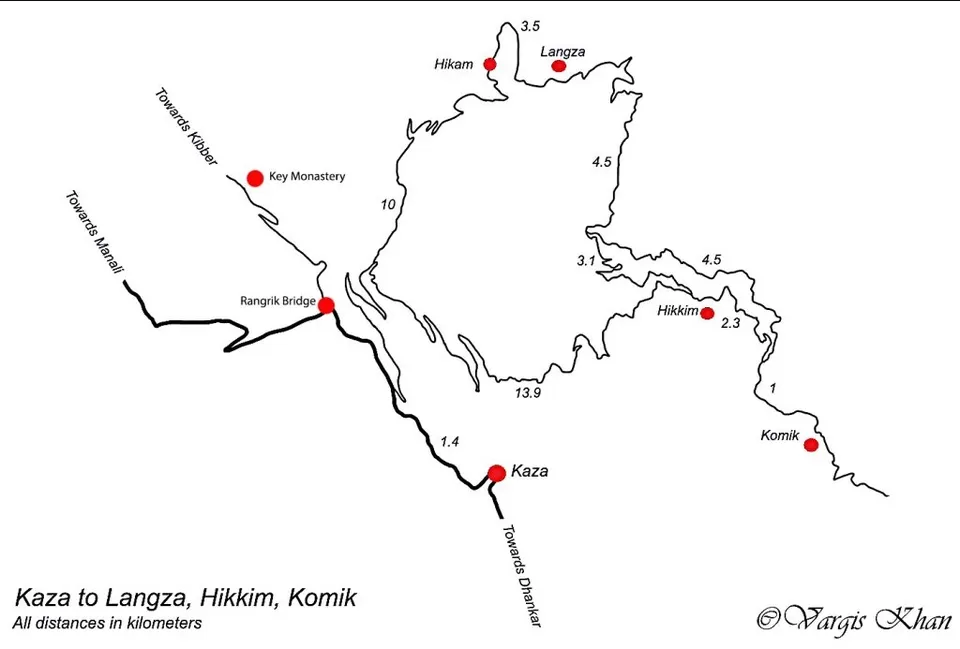
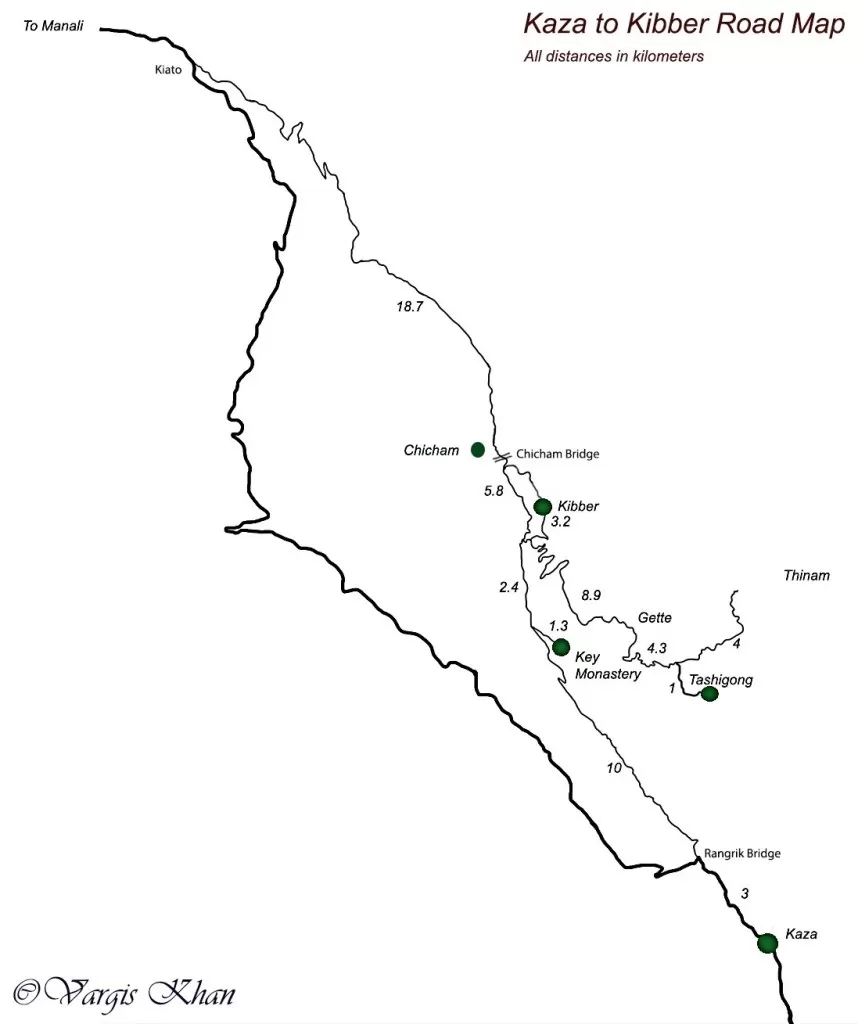
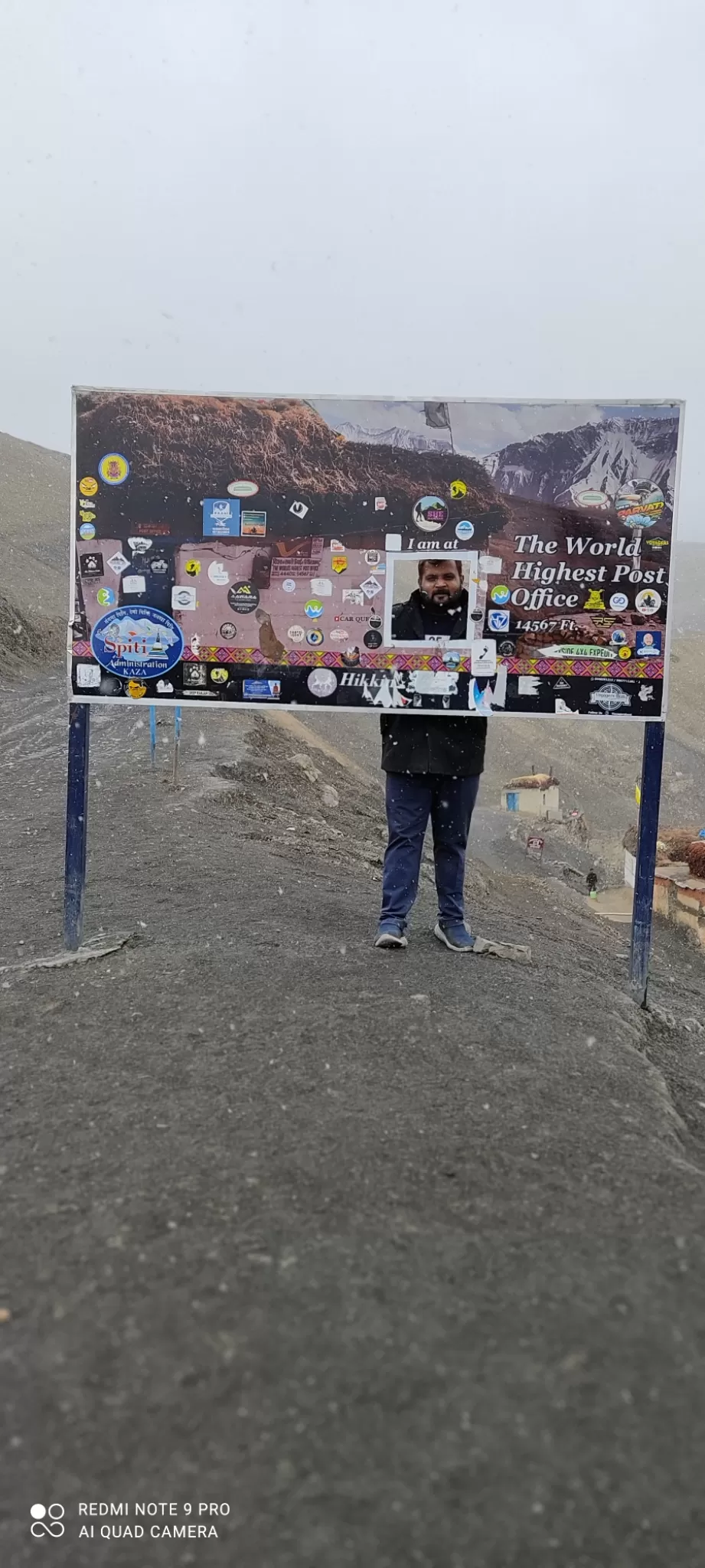

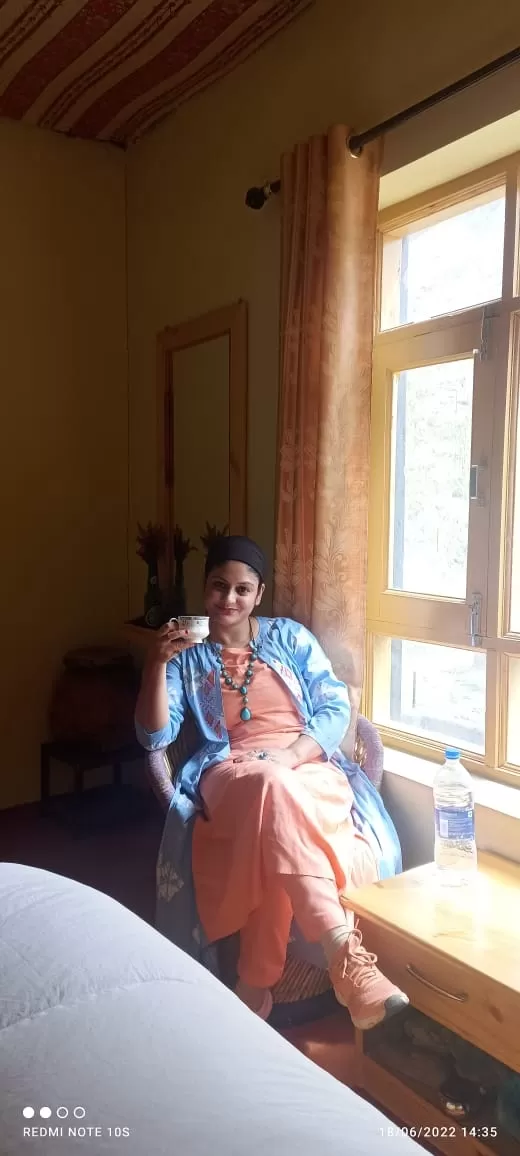

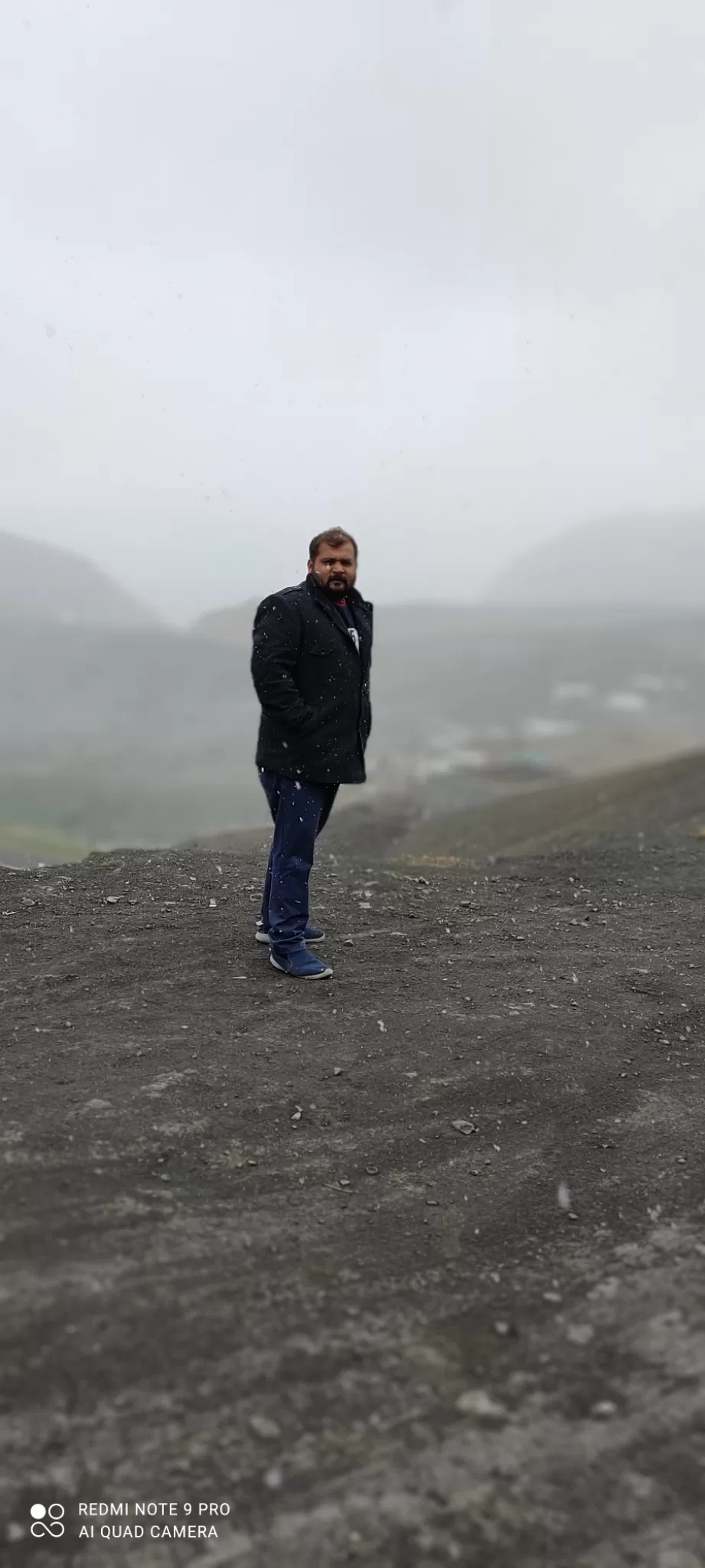
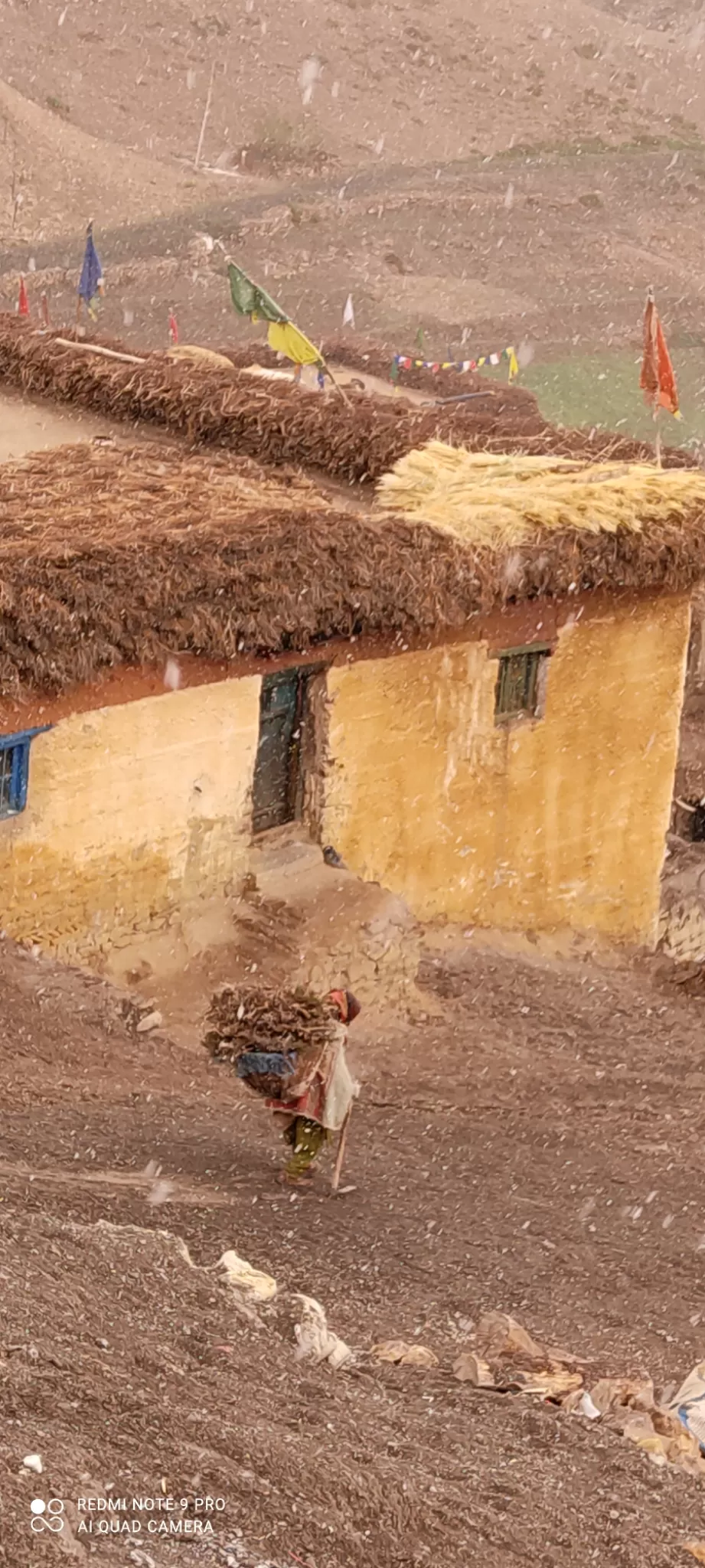
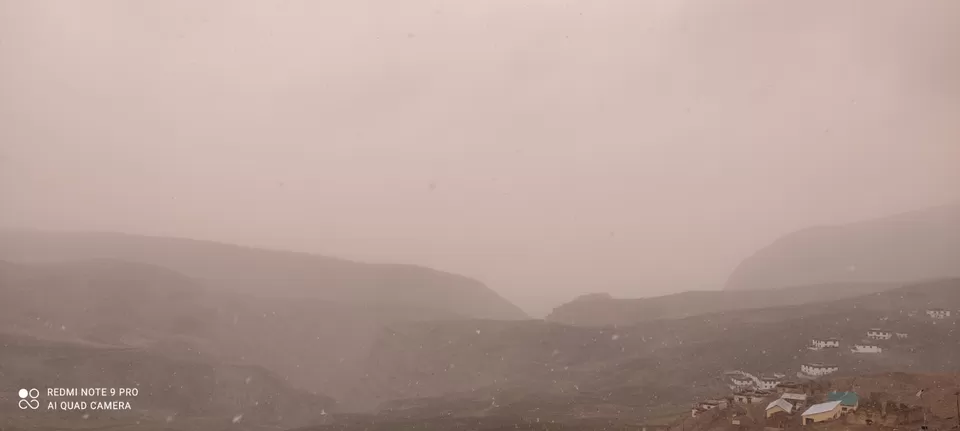
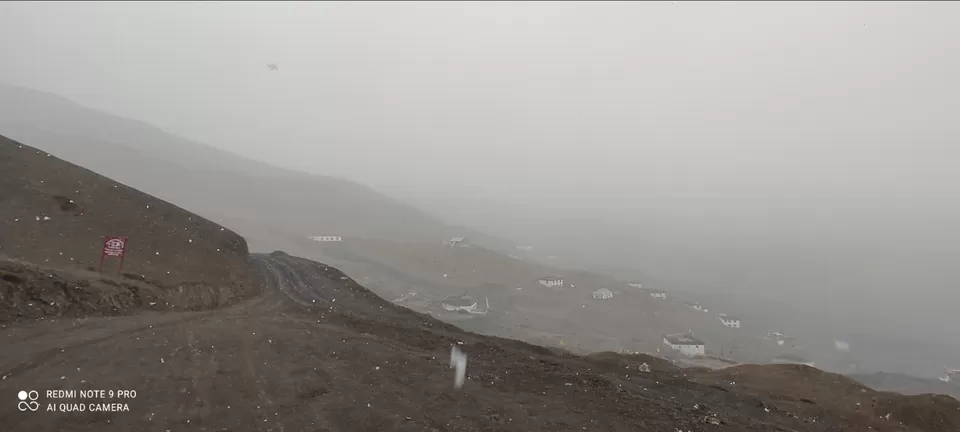
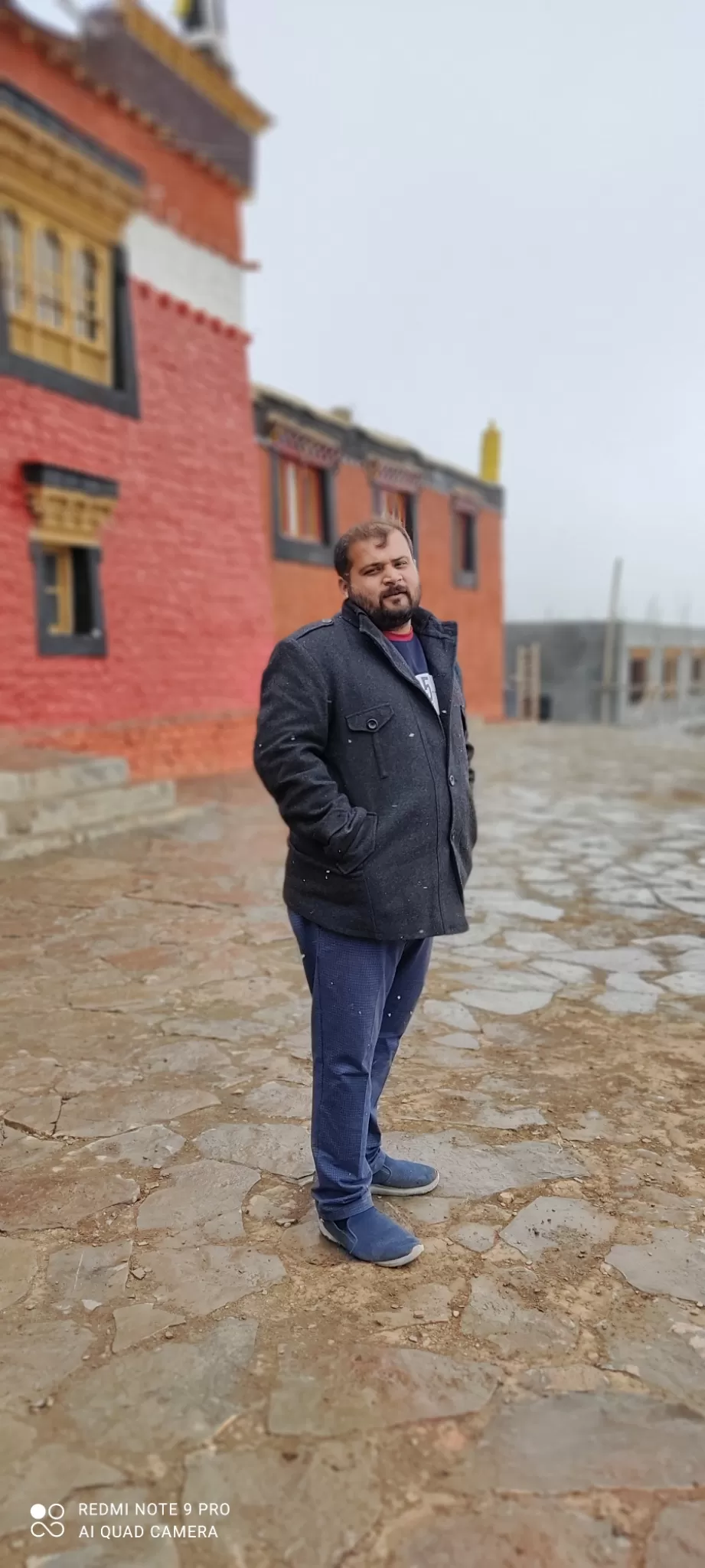
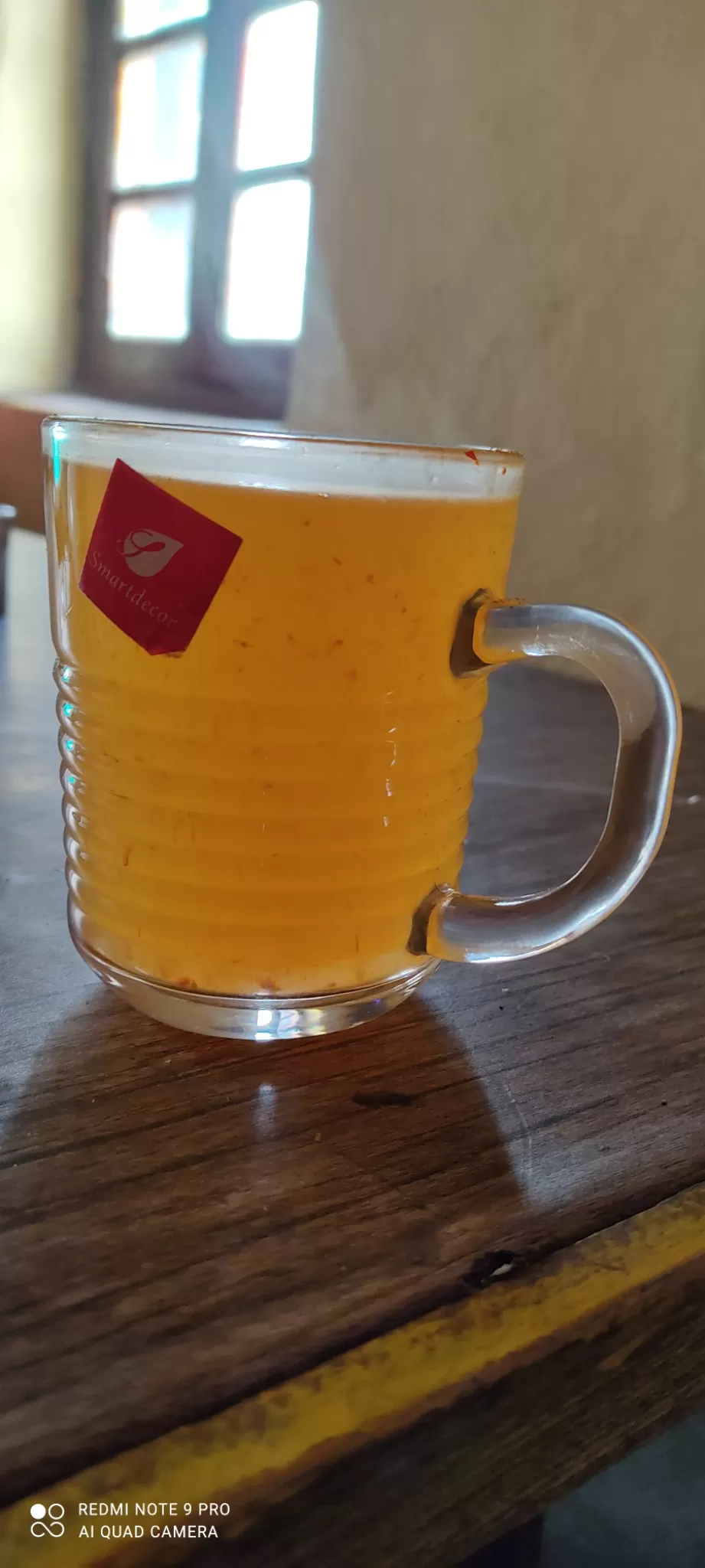
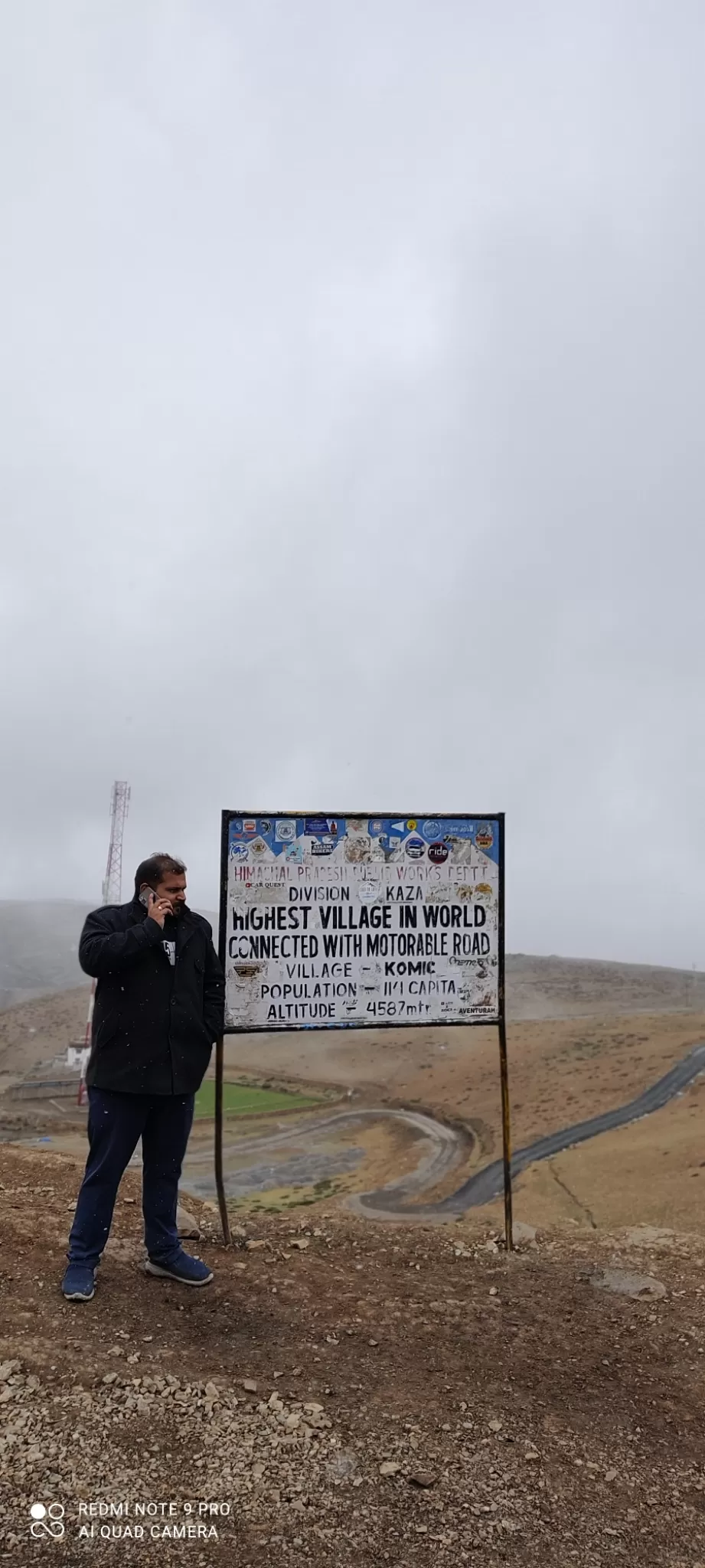
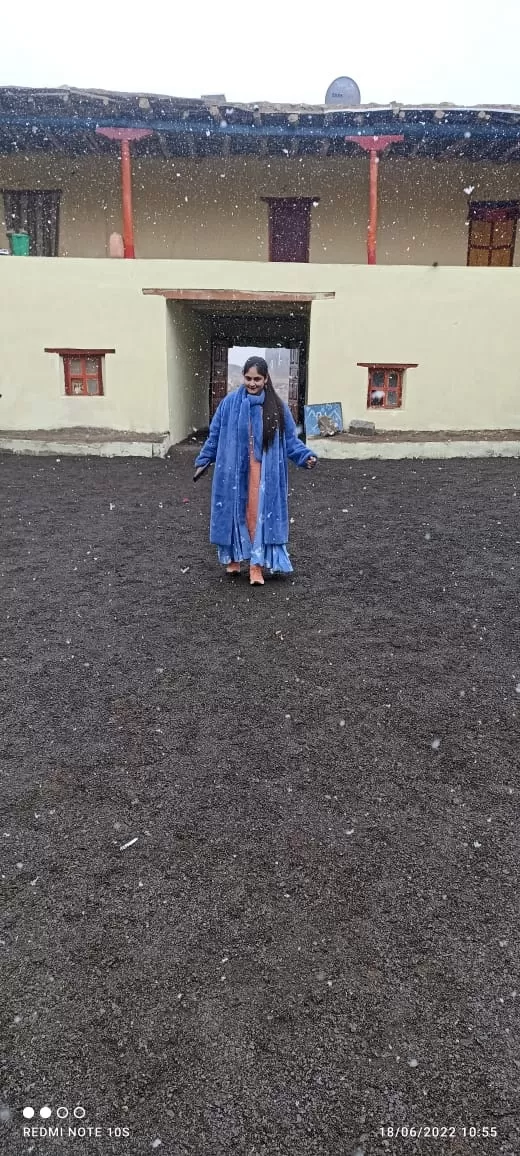
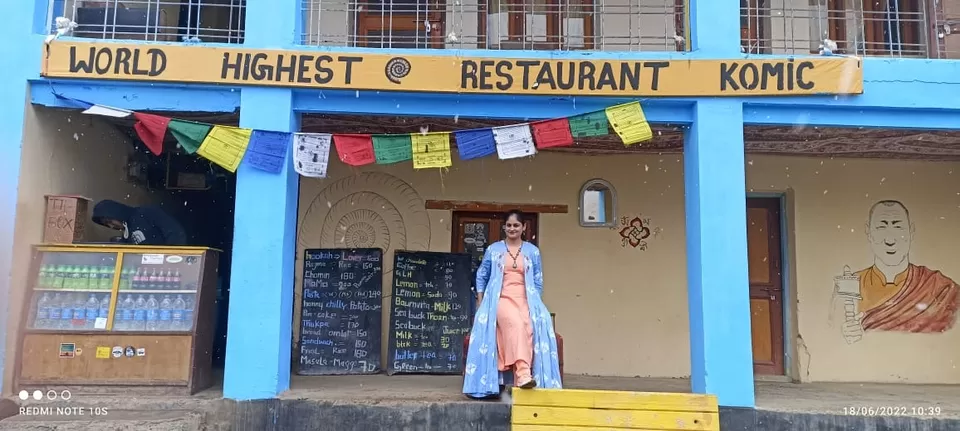
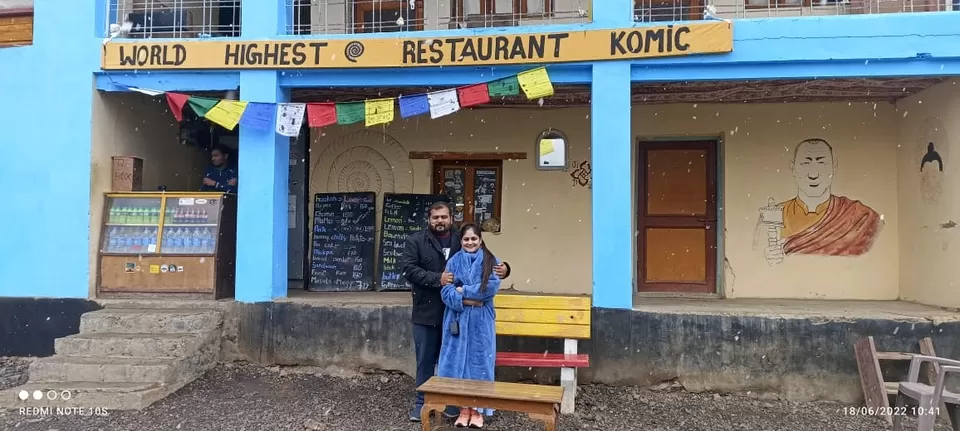
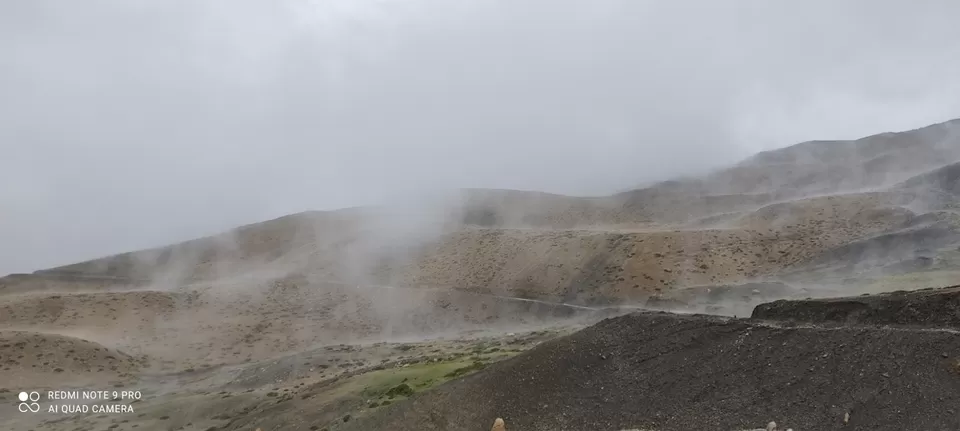
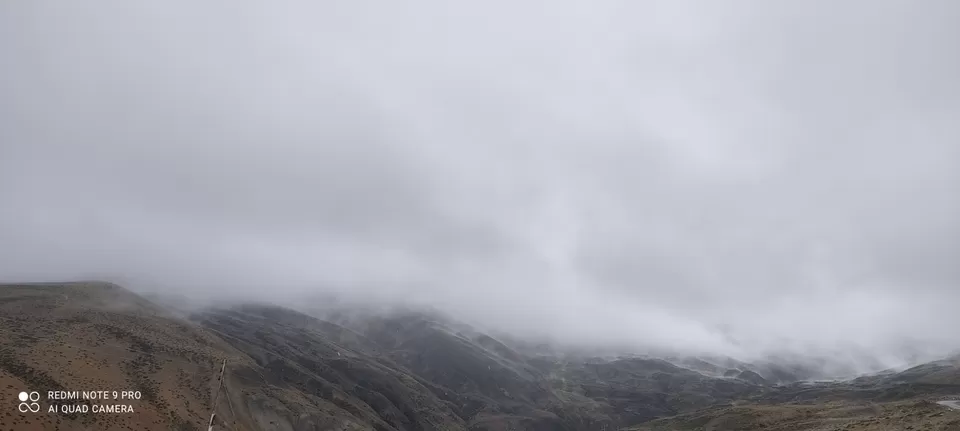
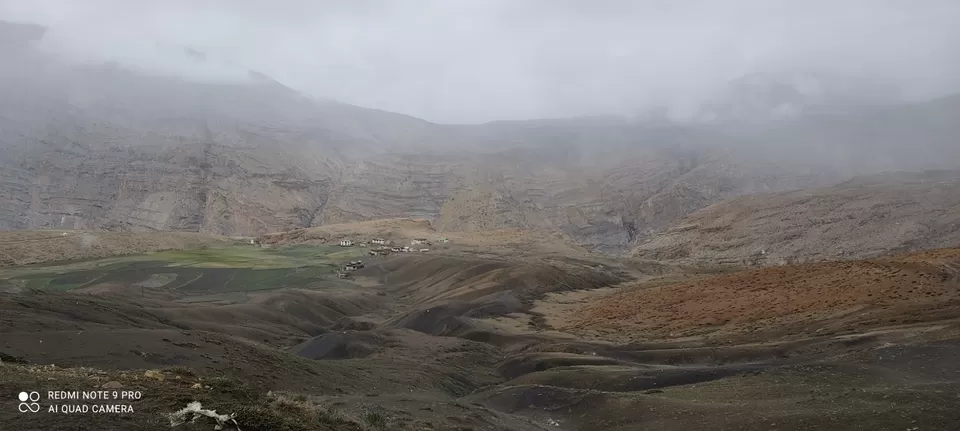

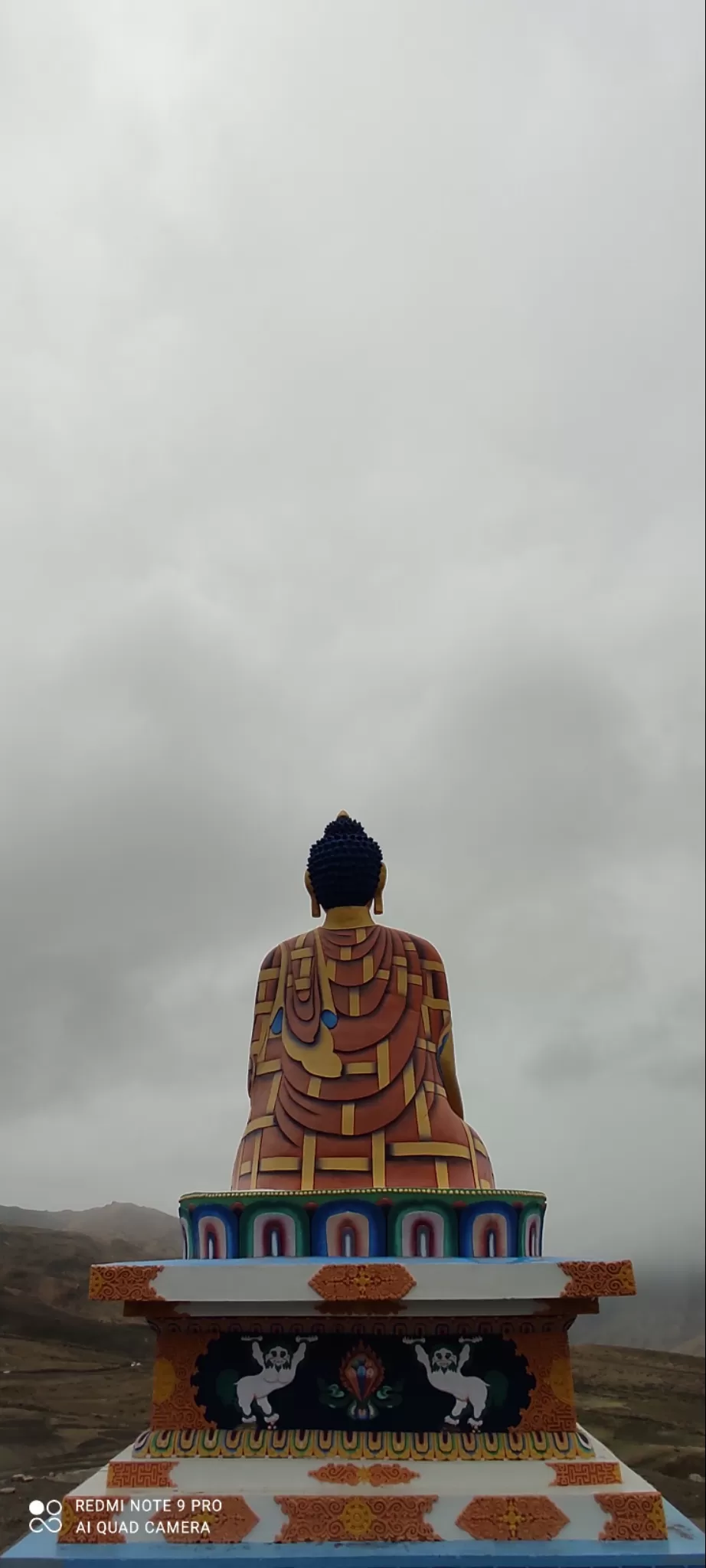
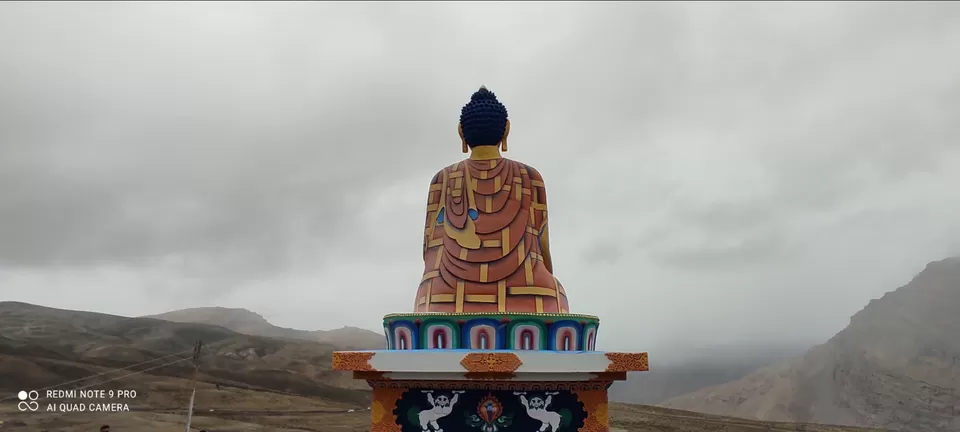
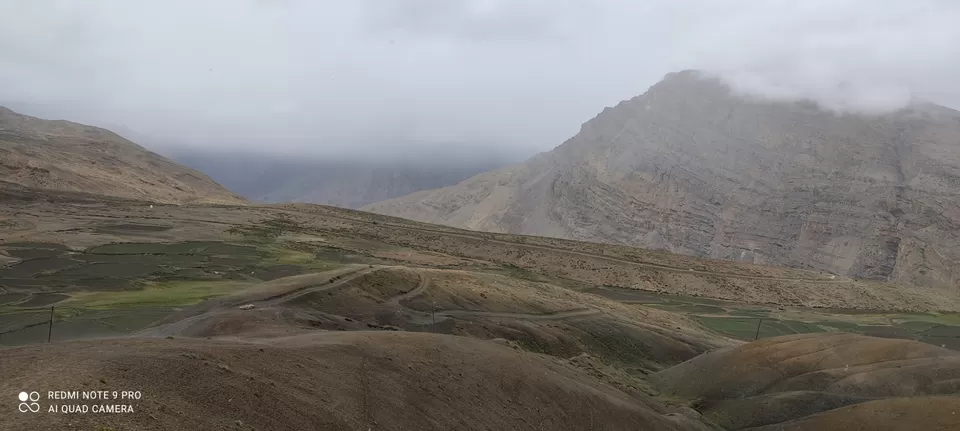
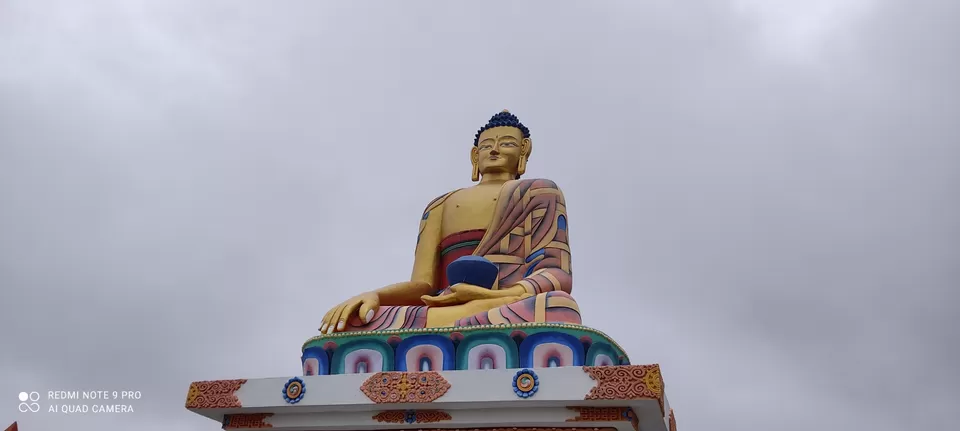
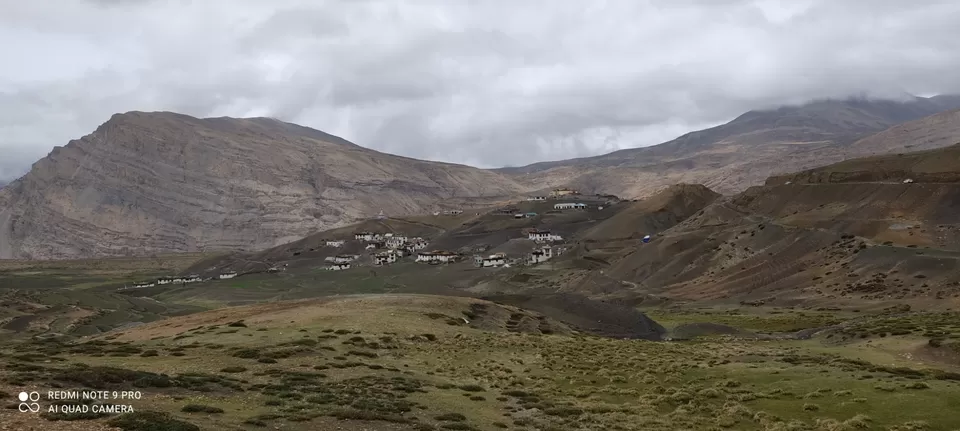
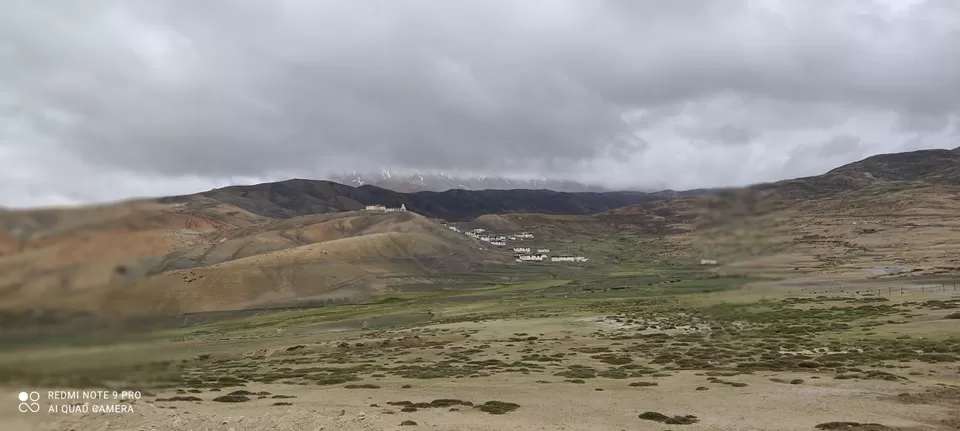
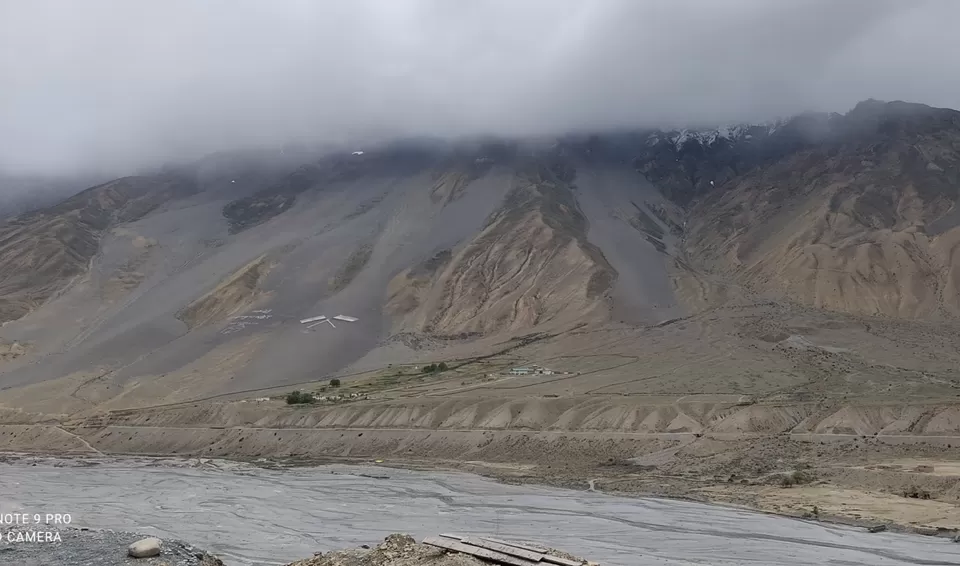
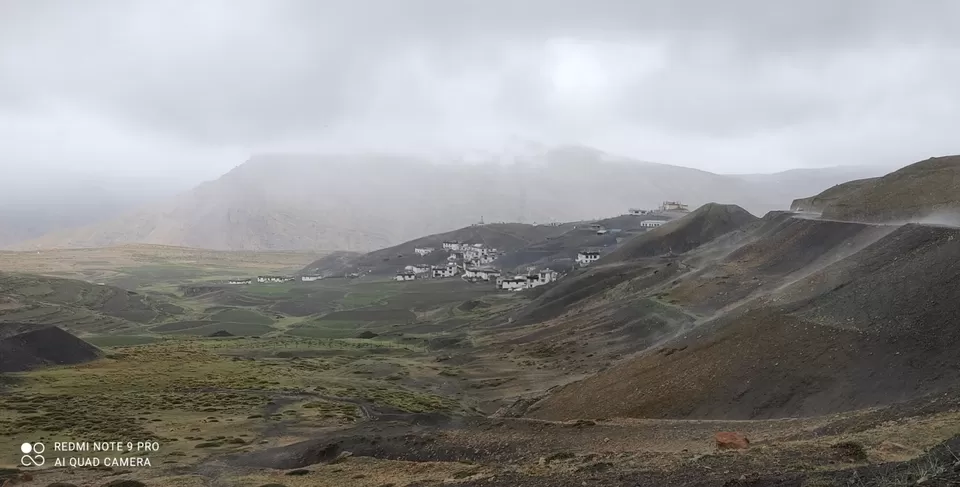
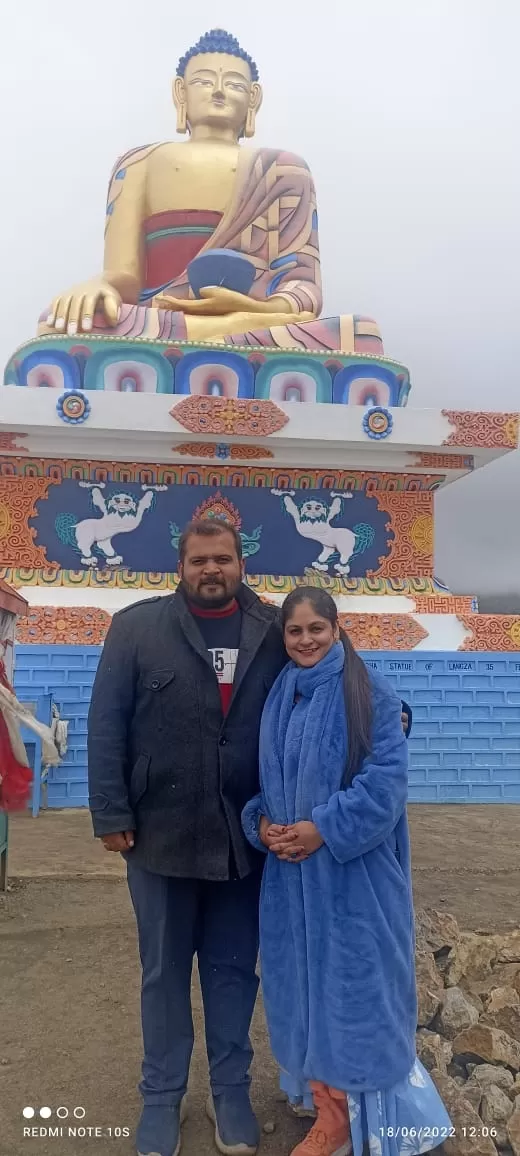
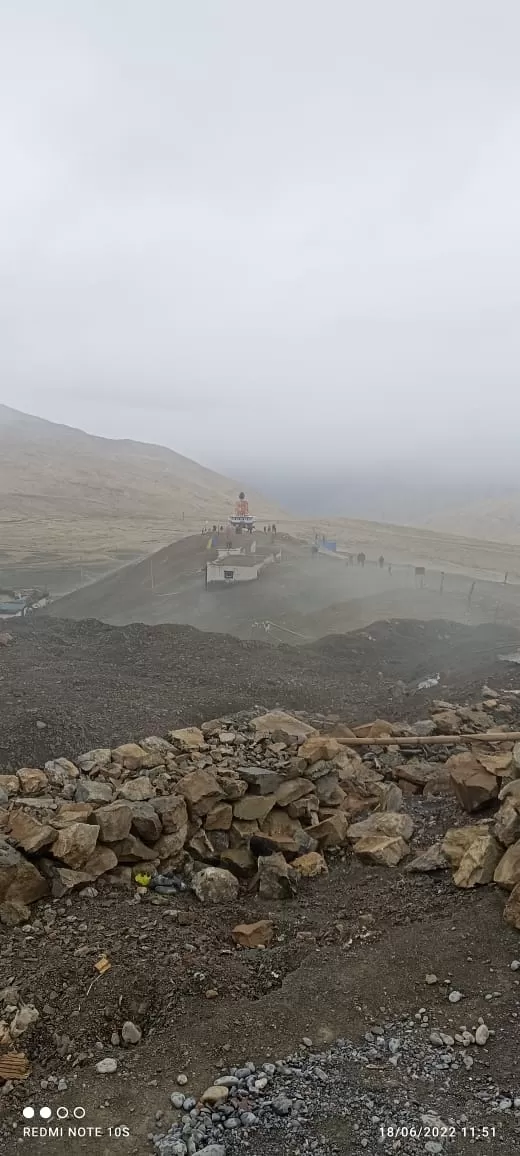
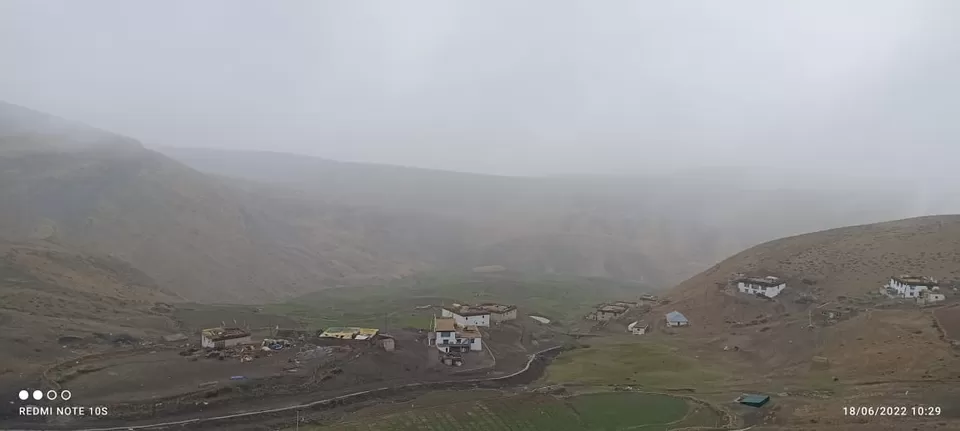
***
Day 5: Sumling to Losar to Kunzum Pass to Batal to Gramphoo to Manali ( NS @ Manali)
For anyone travelling from Kaza to Manali, it is advisable to start early morning latest by 6.00 A.M., have breakfast at Losar and gear up for the tough drive ahead. You may infact also stay at Losar before this last leg of journey which would really be facilitating. We were told by our hosts yesternight to stop and take a clockwise rotation of Kunzum Mane and pray for a safe journey. If you pray here, Kunzum Mata will definitely bless you with a safe journey.
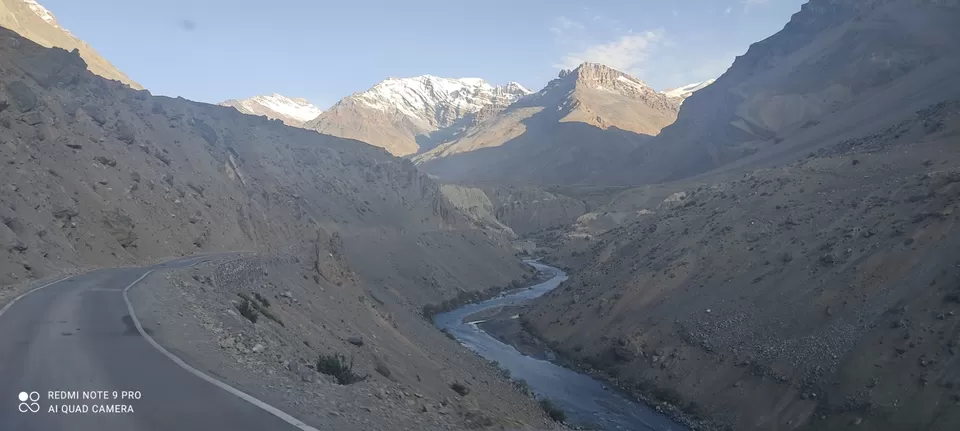
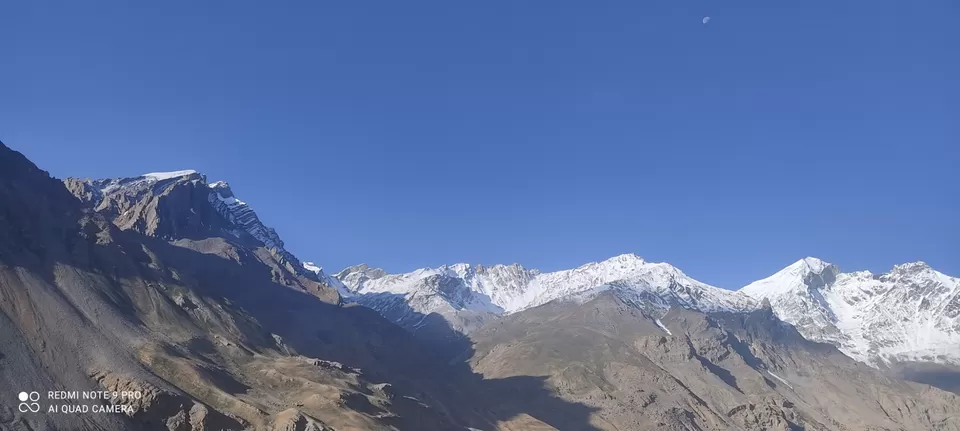

***
We started at 6.00 a.m, witnessed the beautiful road (till Losar the road is pakka also), had breakfast at Losar and left Losar at about 7.50 a.m. The police will make entry at check post in Losar and the warning signboard will also be present opposite checkpost announcing the dangers of road you're about to enter. The road is terrifying indeed but also beautiful beyond words. 360 degree view of Bara shigri glacier from Kunzum top is breathtaking. We were told that the shakti of Kunzum Mata (Kali mata in Hindu symbology) lies in the black stone. We payed our regards at the 4551 m high Gompa and continued towards Batal.
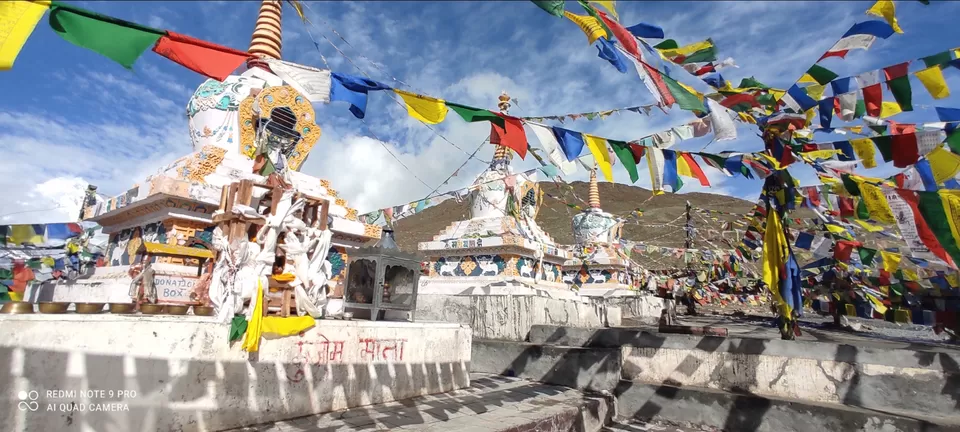
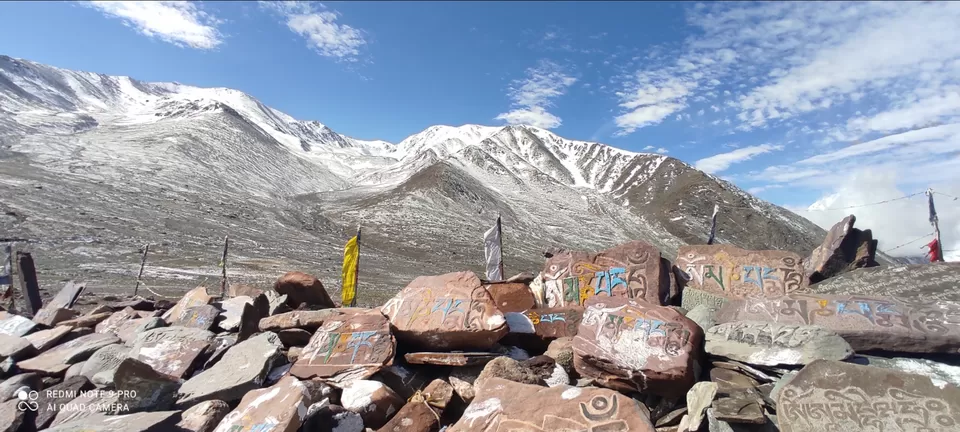
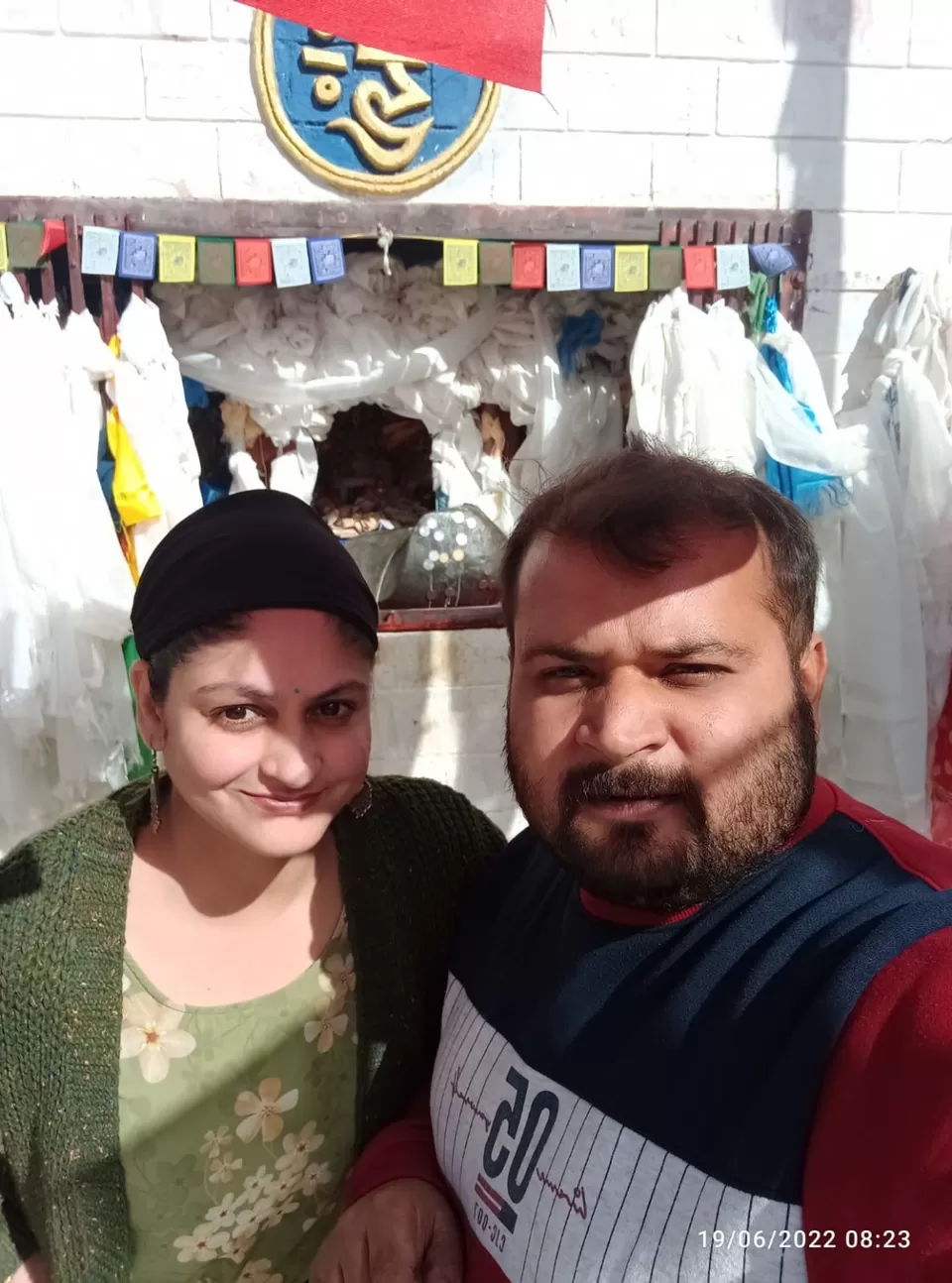
***
Most people were diverting towards Chandratal lake between kunzum top and Batal. We skipped Chandratal because of time constraints. But incase you visit i would recommend to stay at Chandratal camps and complete the last leg of journey on the next day.
We took a break at Batal and had tea at the famous Chandra Dhaba where an elderly couple is not only running the Dhaba but has saved many travellers' lives on this difficult road. There are newspaper cutting and certificates of appreciation pasted on the wall. Hubby asked about route ahead and Chacha ji said in his very own way, "Beta abhi to trailer tha, film to abhi baki hai. It'll take at least 5 hours for 50 km road from Batal to Gramphoo"
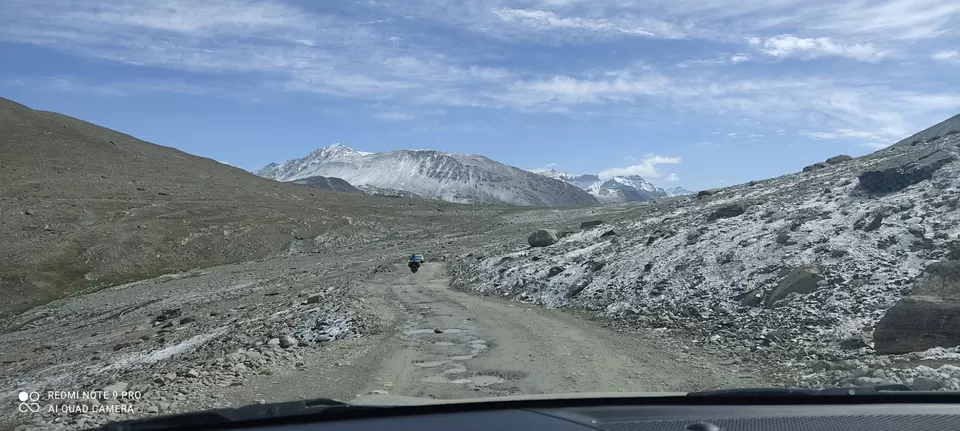
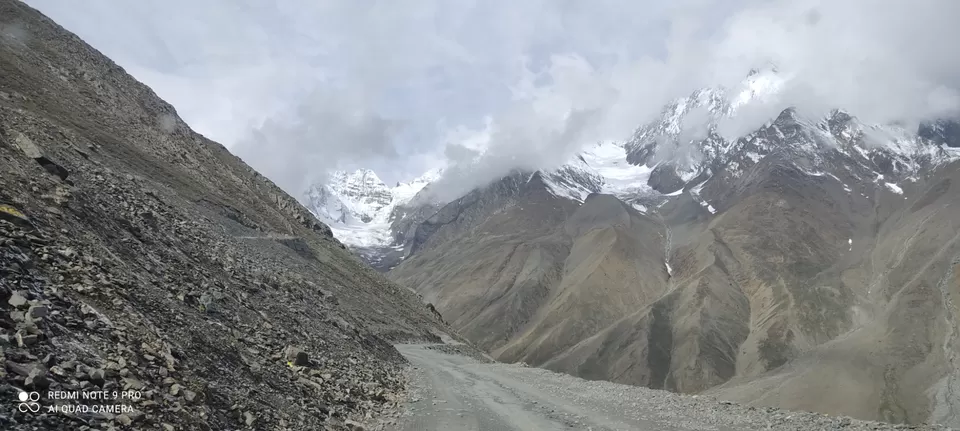
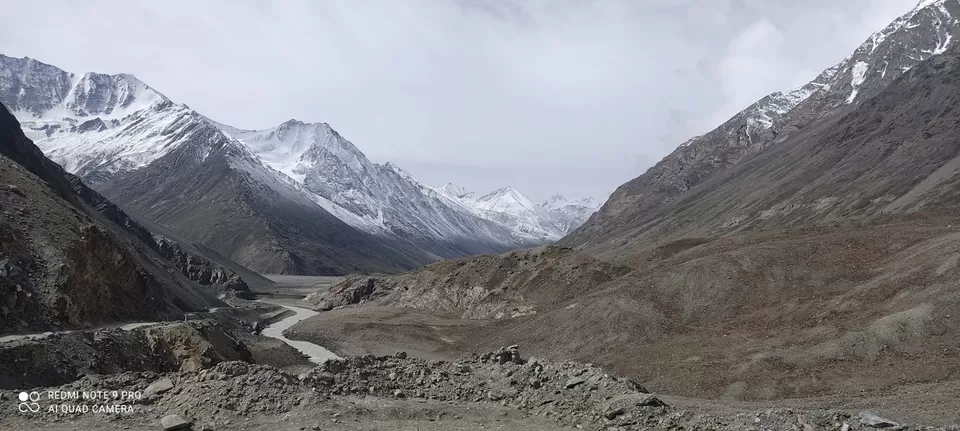
***
It was 9.30 a.m approx when we started from Batal. As it turned out, there was hardly any road. It was just crusher, stones, mud, streams with dry glacial mountains on one side and the mighty chandra river on the other. There was no space for pass. The landscapes were however pristine. The raw beauty and adrenaline rush definitely make this road one of the most adventurous roads in the world. You won't see any mile stone on the way showing the distance of gramphoo. Better remember your meter's reading while starting from Batal. Just about 15 km before Gramphoo, you'll see a shop and campsite at Chatru but you'll be intently waiting to see a sign of pakka road which won't greet you before Gramphoo. We encountered little rain starting from Chatru and the roads got muddy and slippery. When we reached gramphoo and met the Koksar Manali highway, it was a sigh of relief.

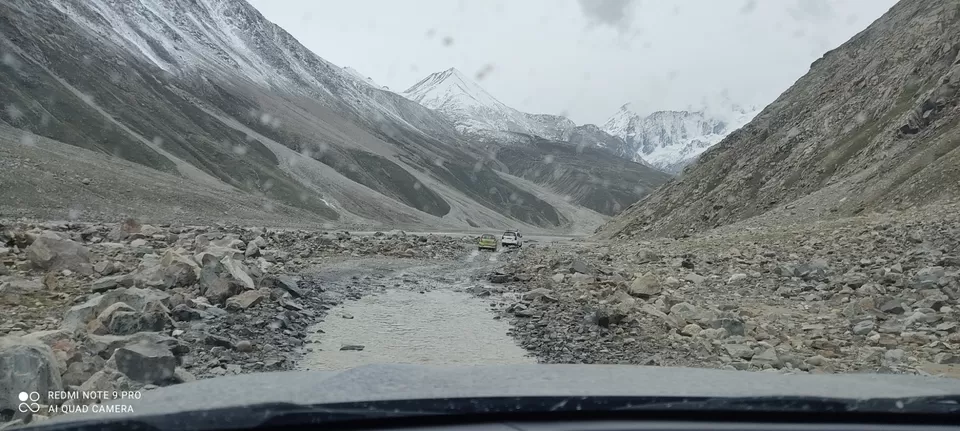
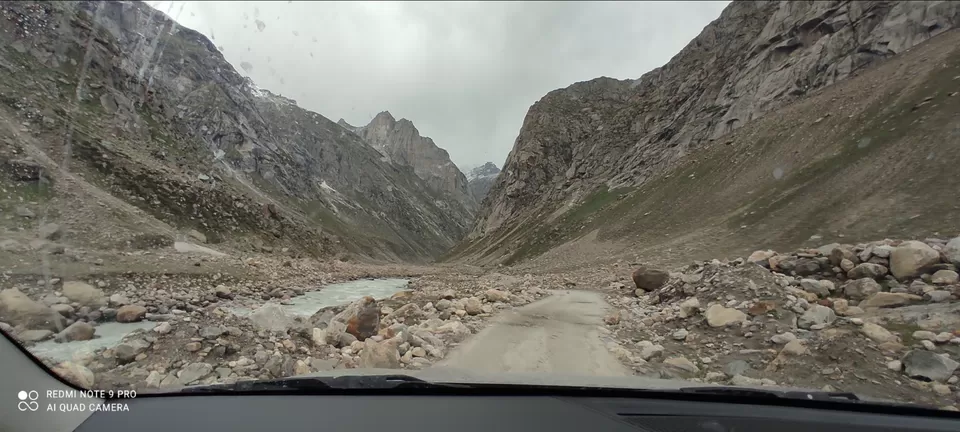
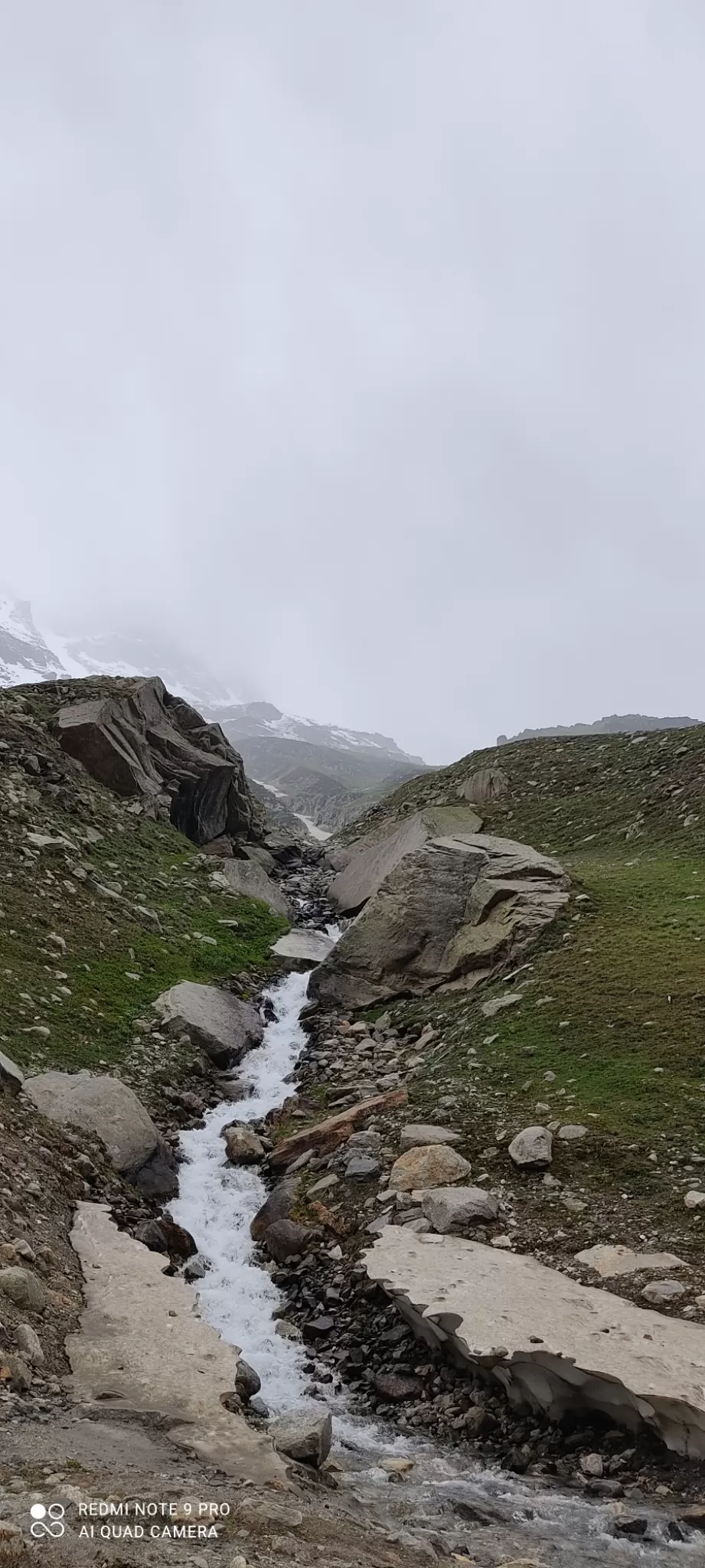
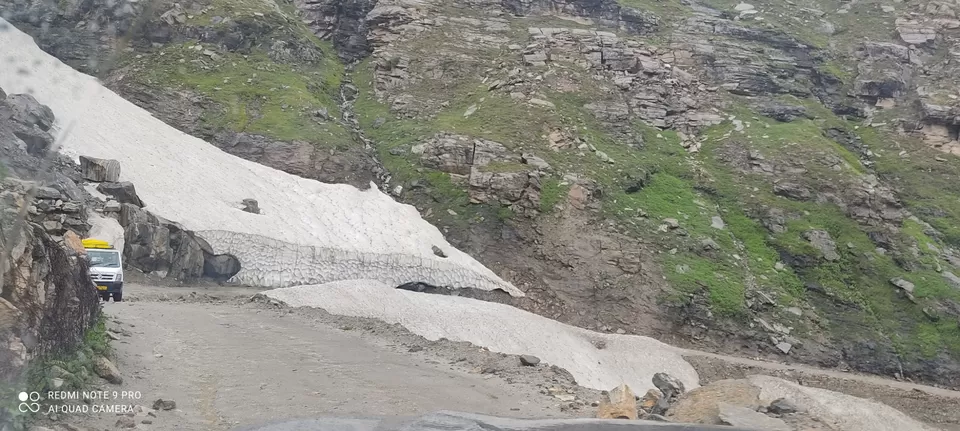
***
We stayed the night at Manali and reached home next day.
"Spiti is definitely a different Himachal within Himachal. Its beauty can neither be described in words nor can be captured in camera. Only your eyes and soul can do justice to witnessing its beauty."
***
***
To read about stay options click here ->
To read about interesting facts on Spiti valley click here ->
To read about the road conditions from Kaza to Manali click here ->













